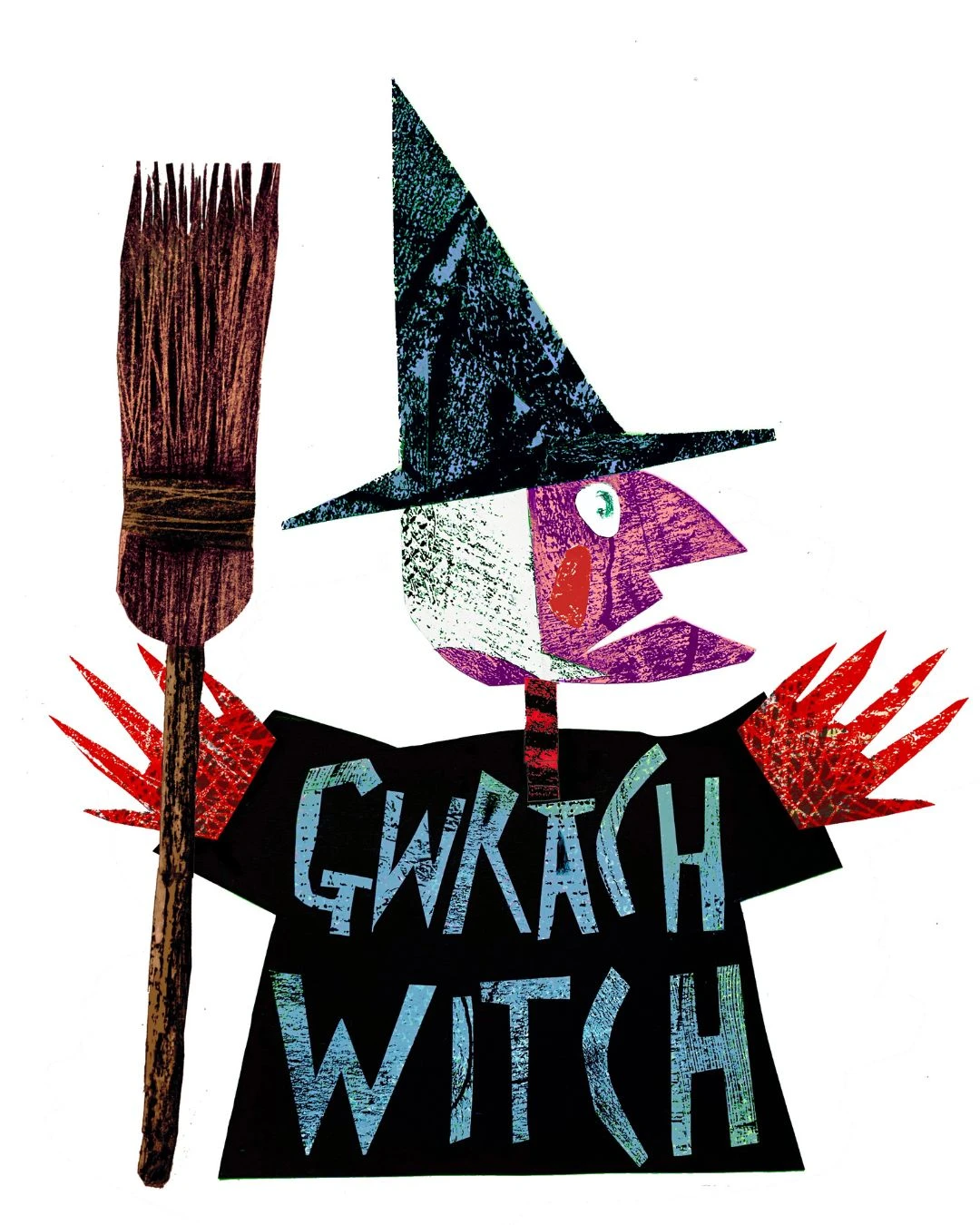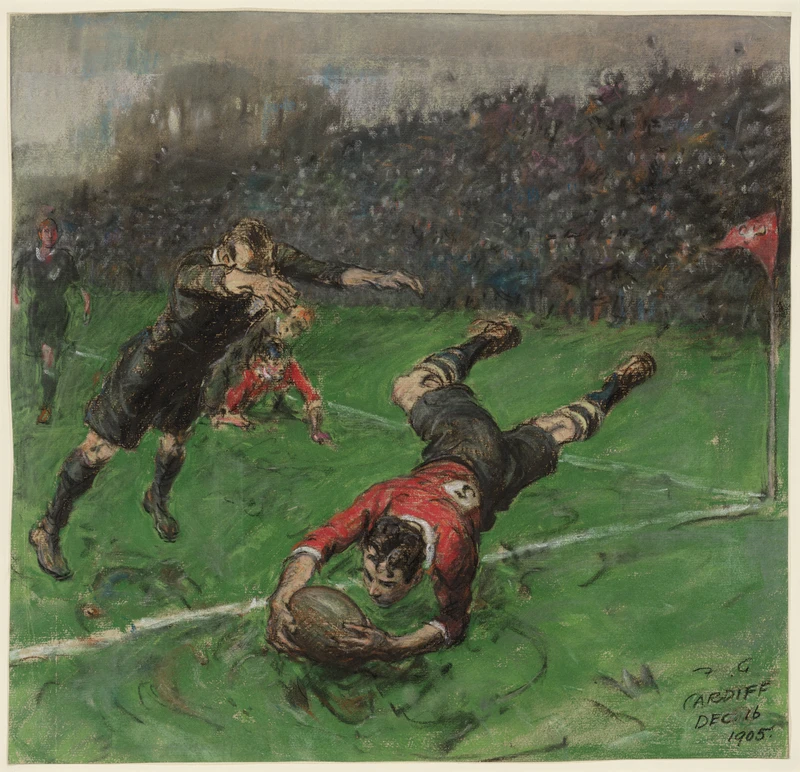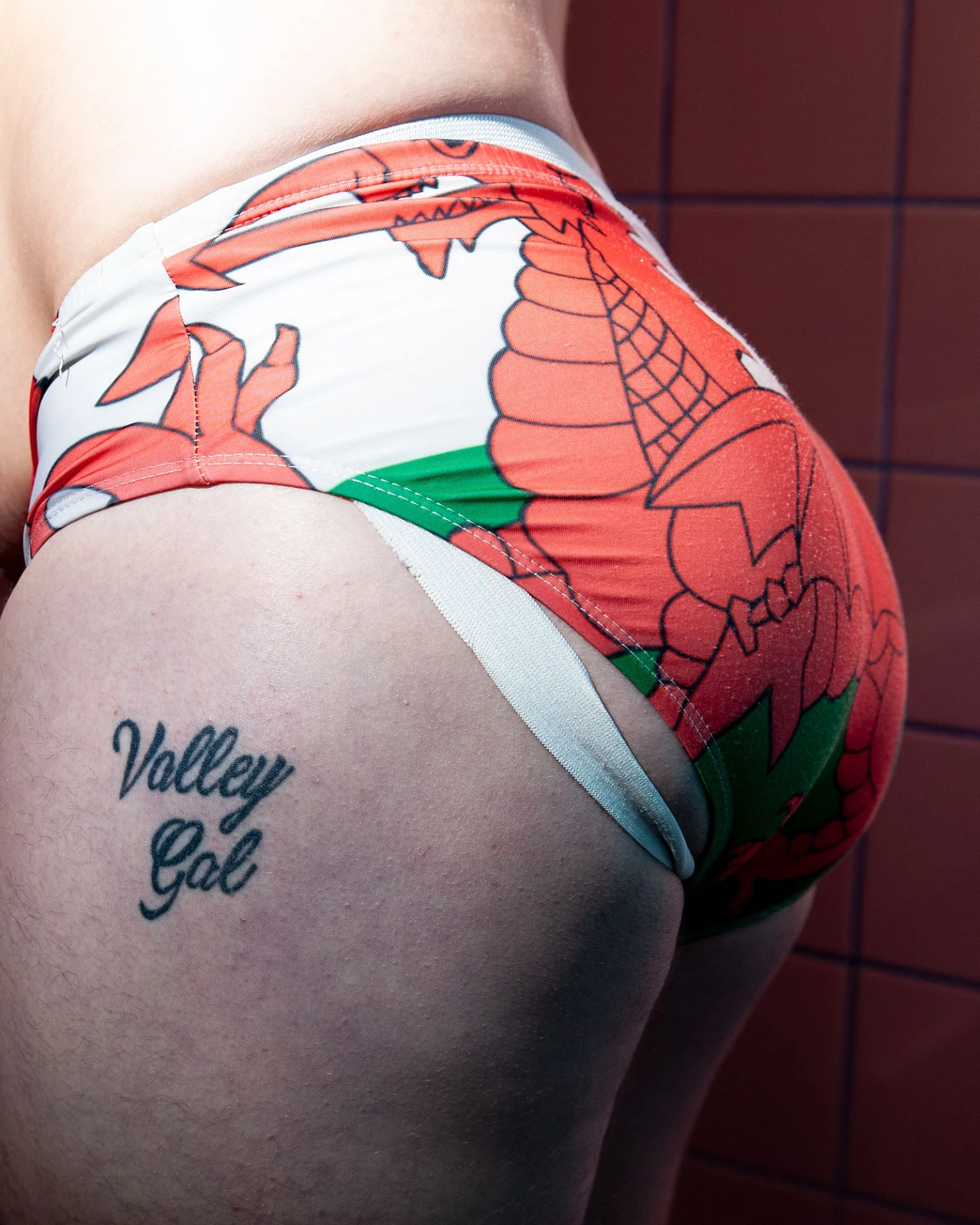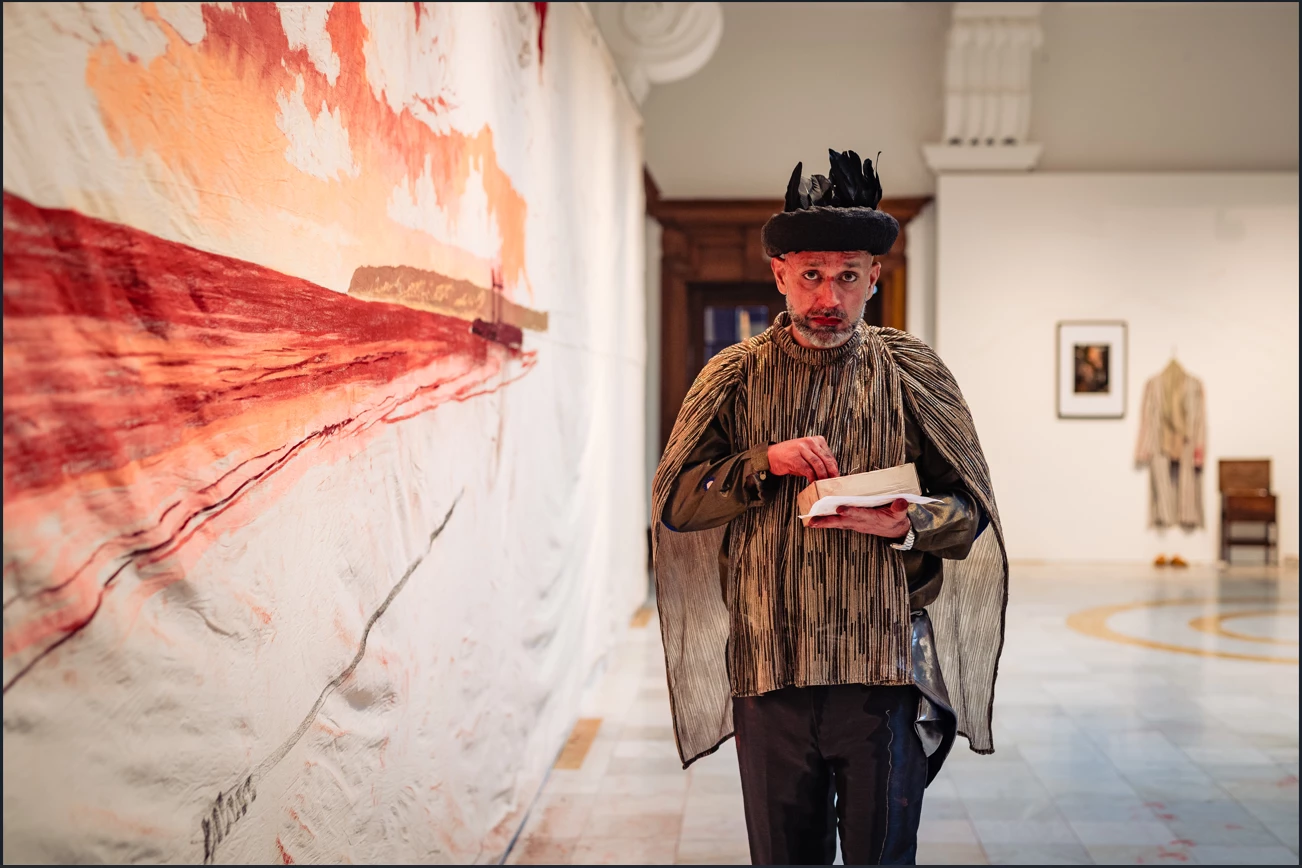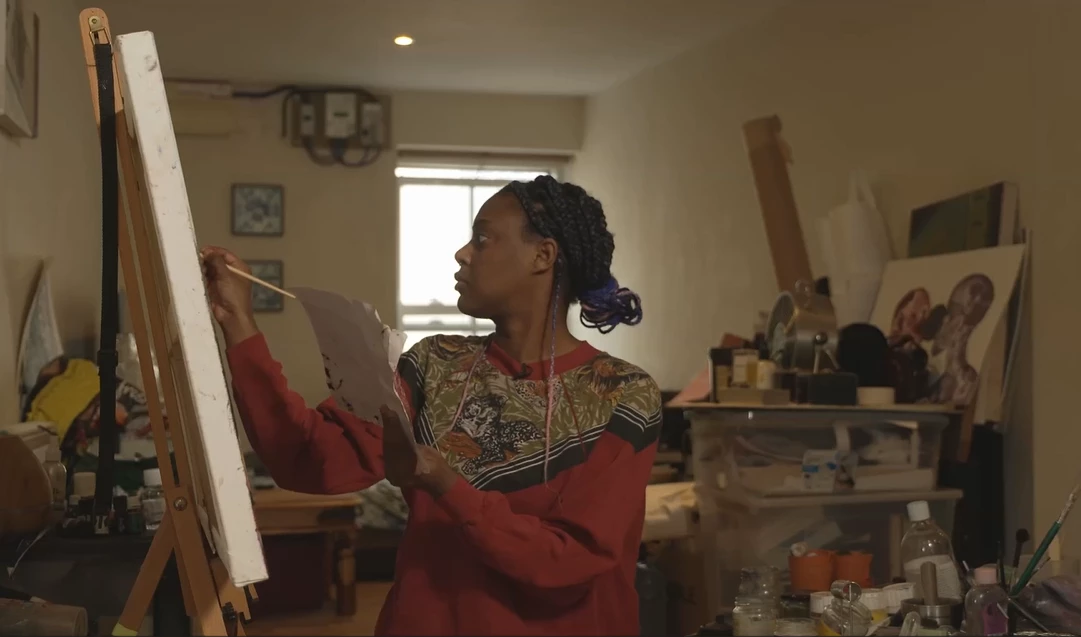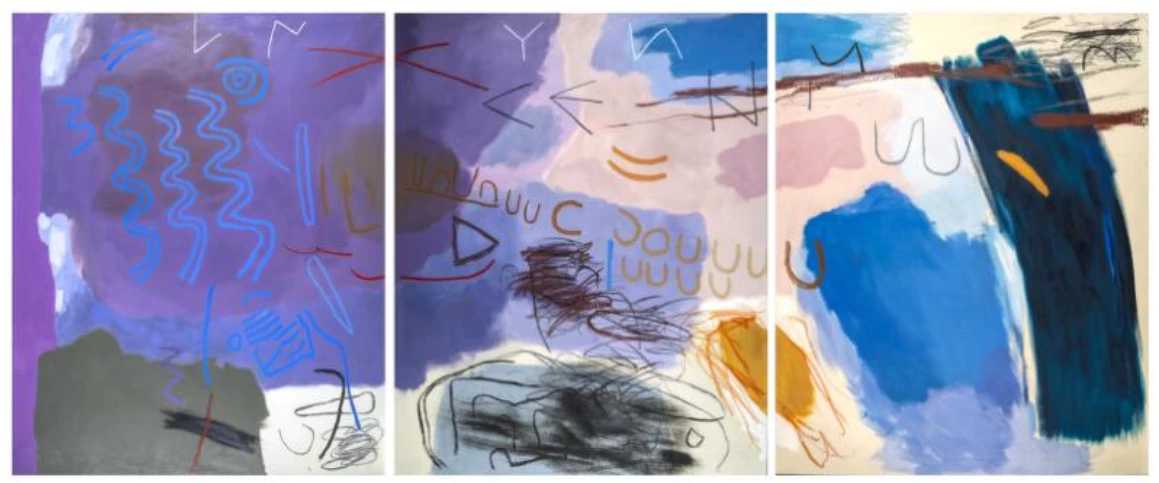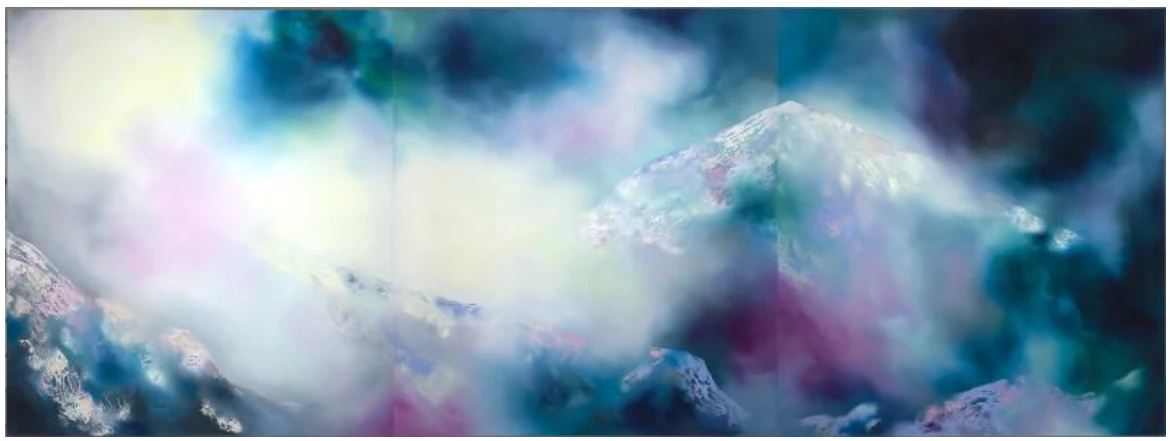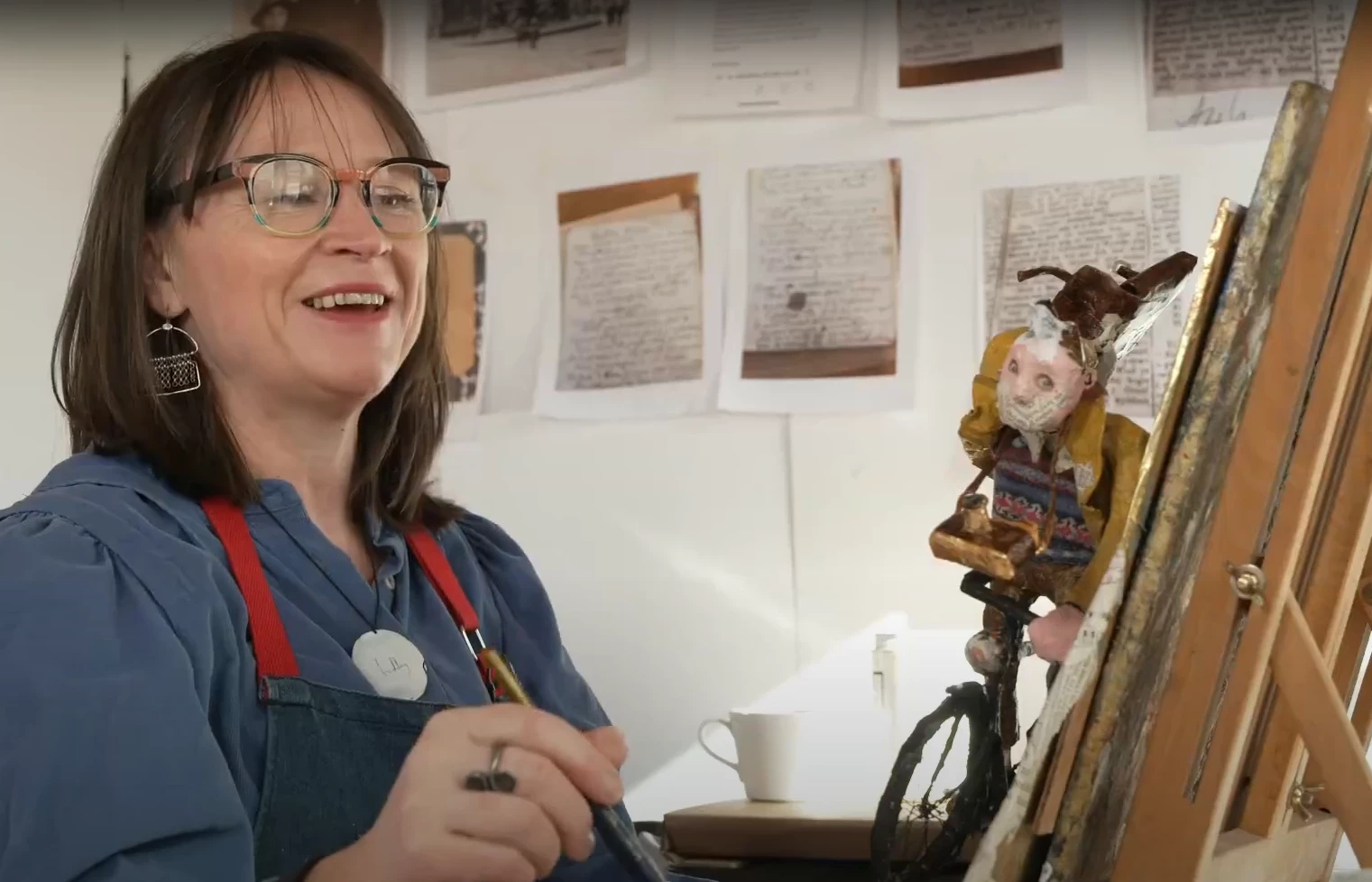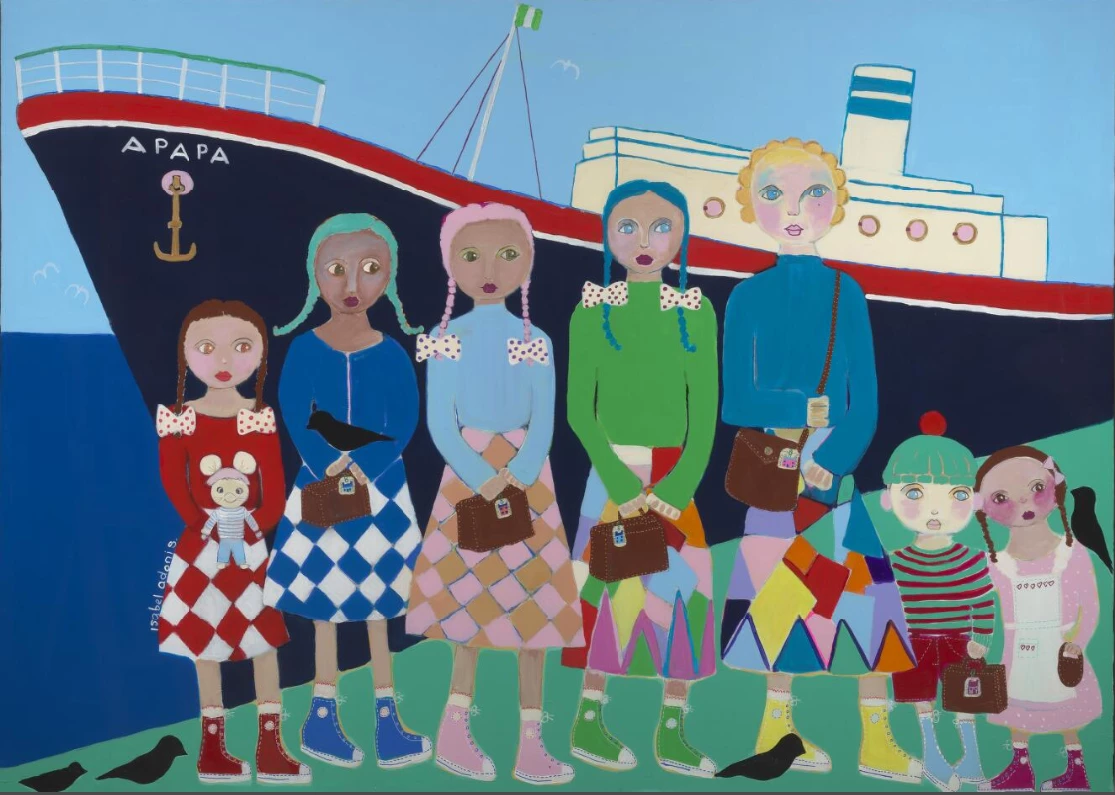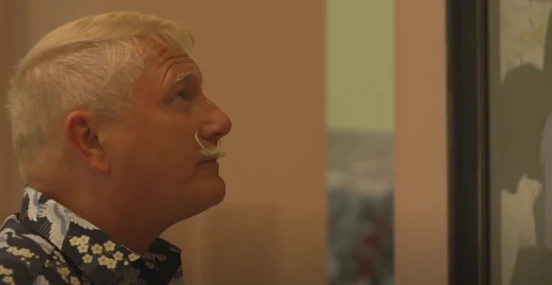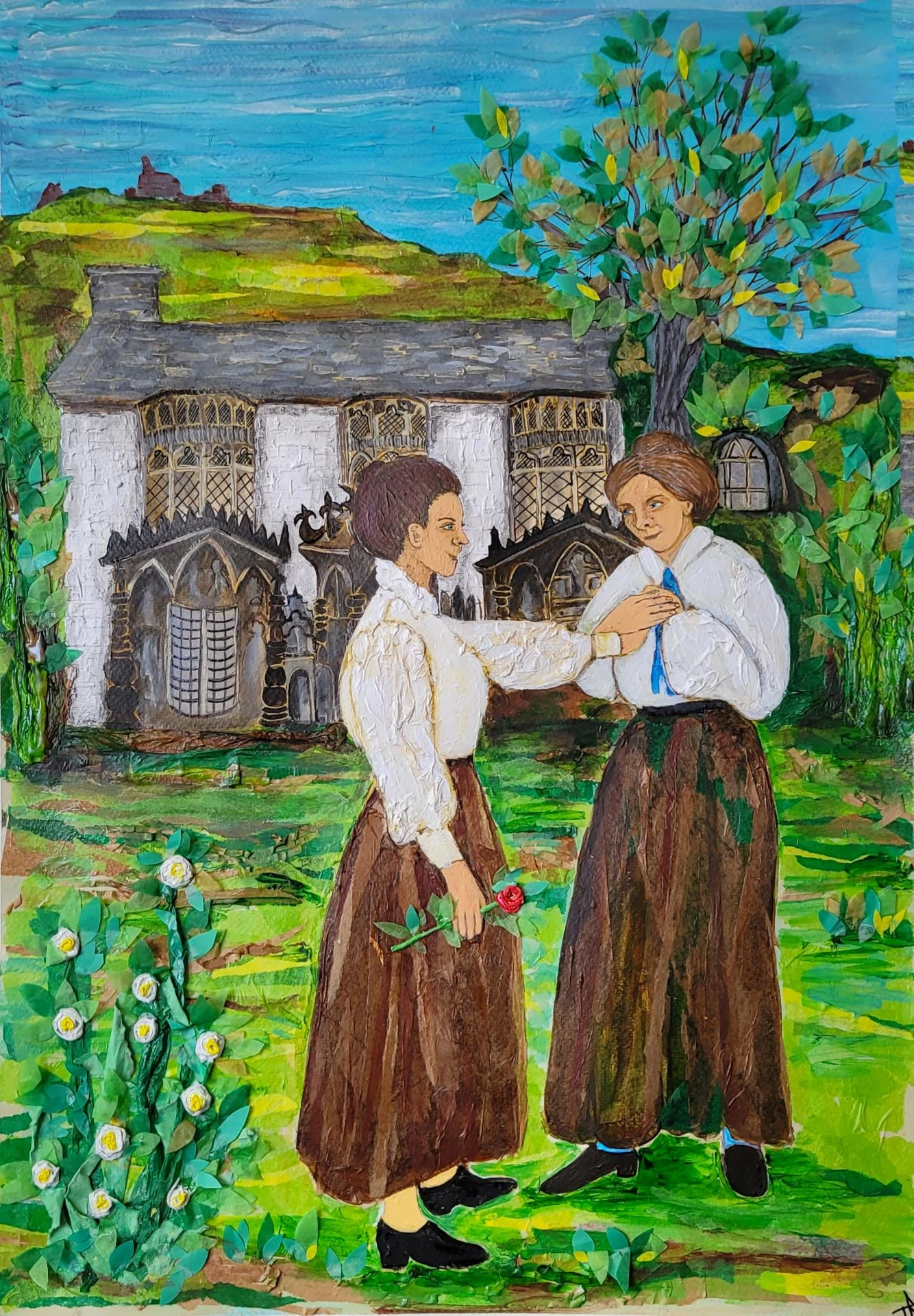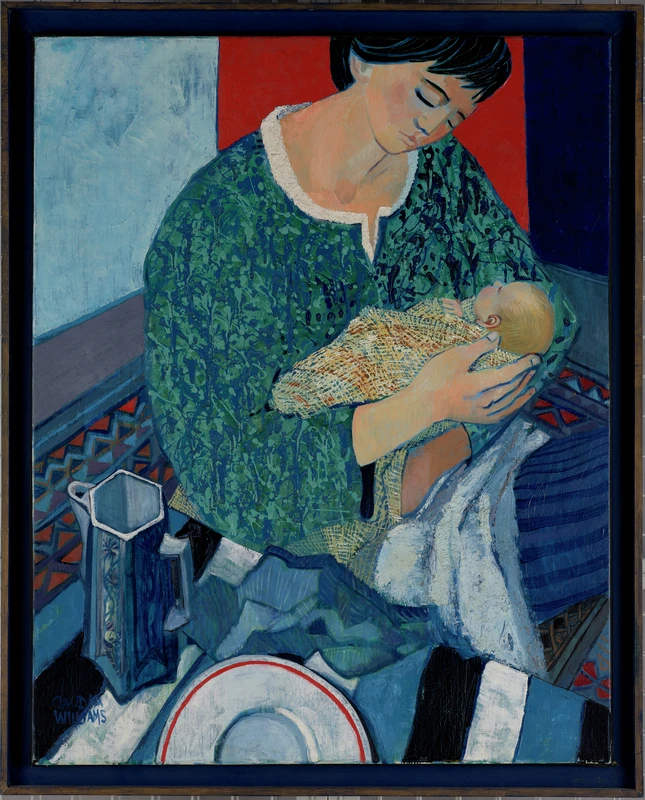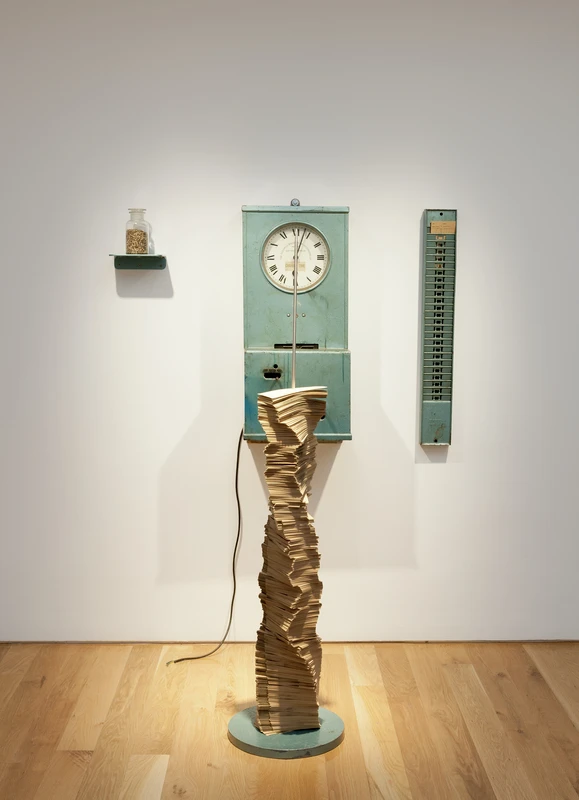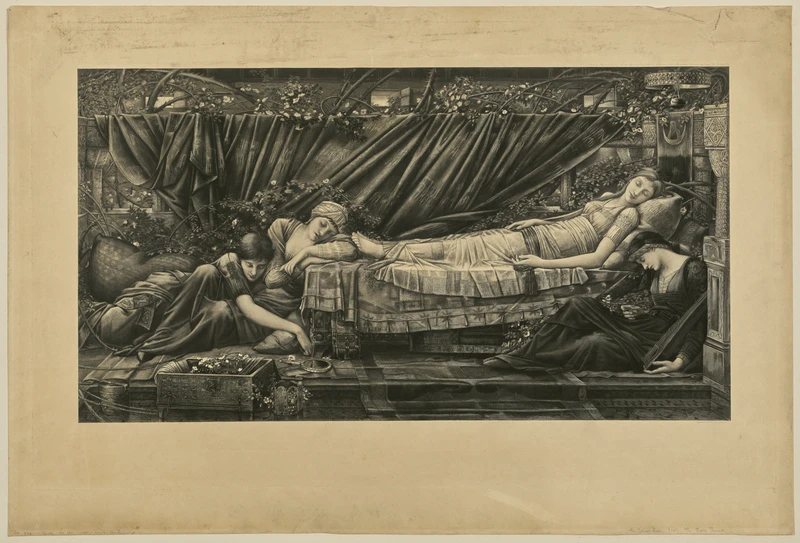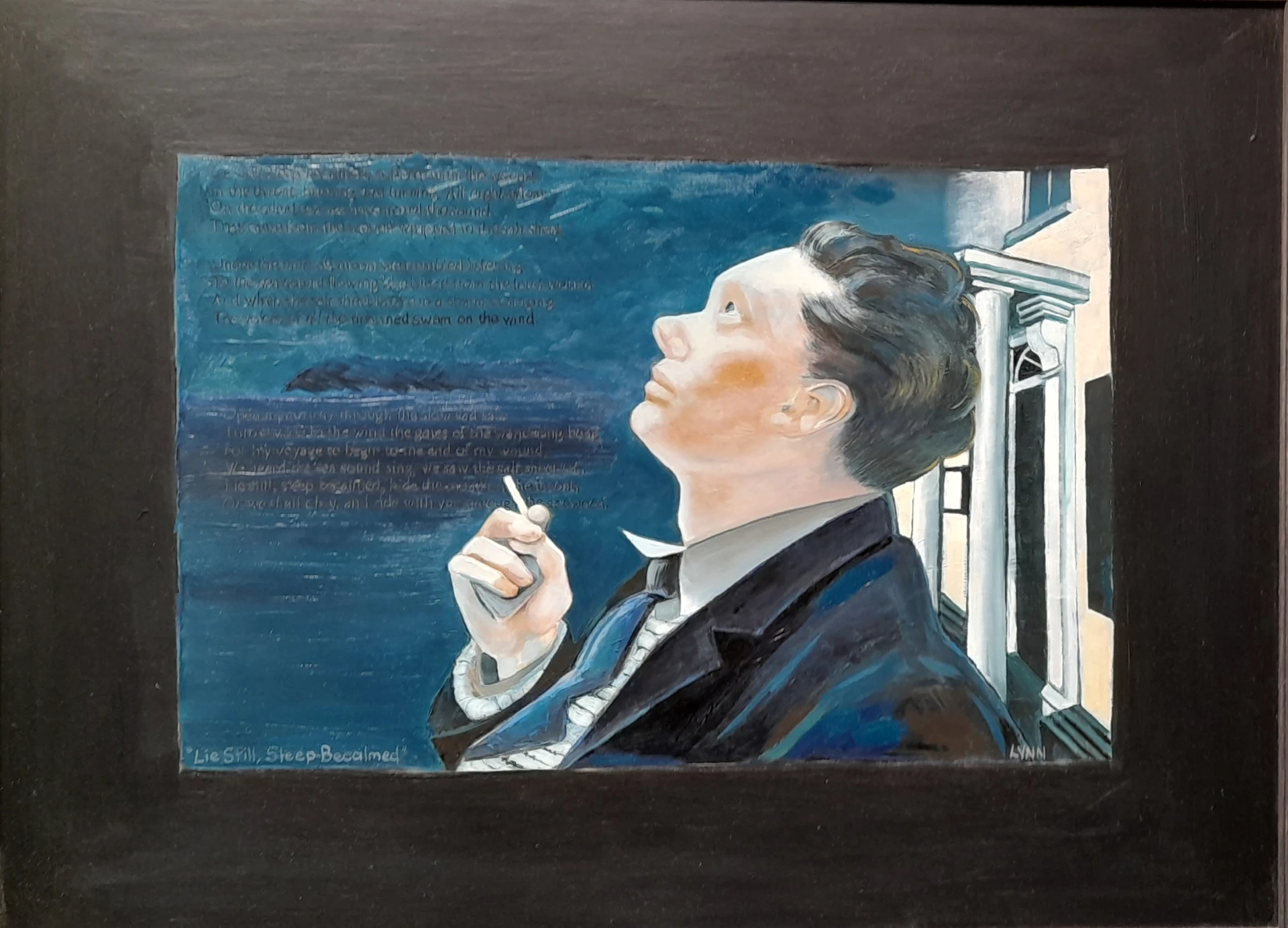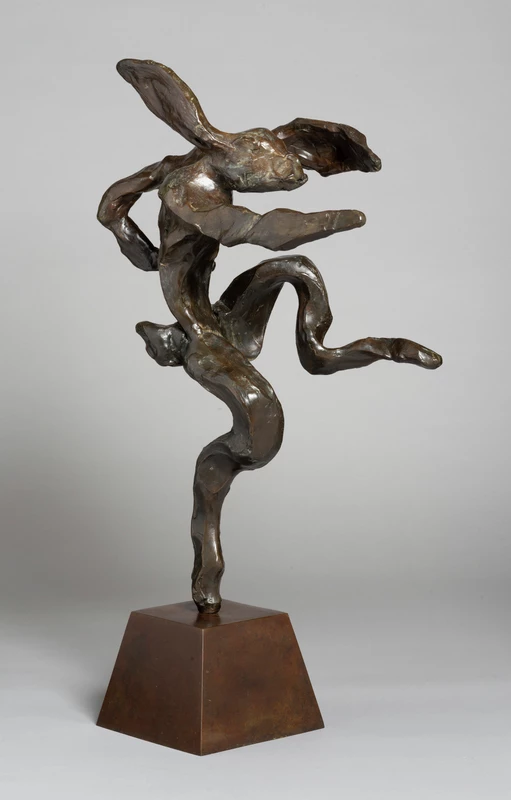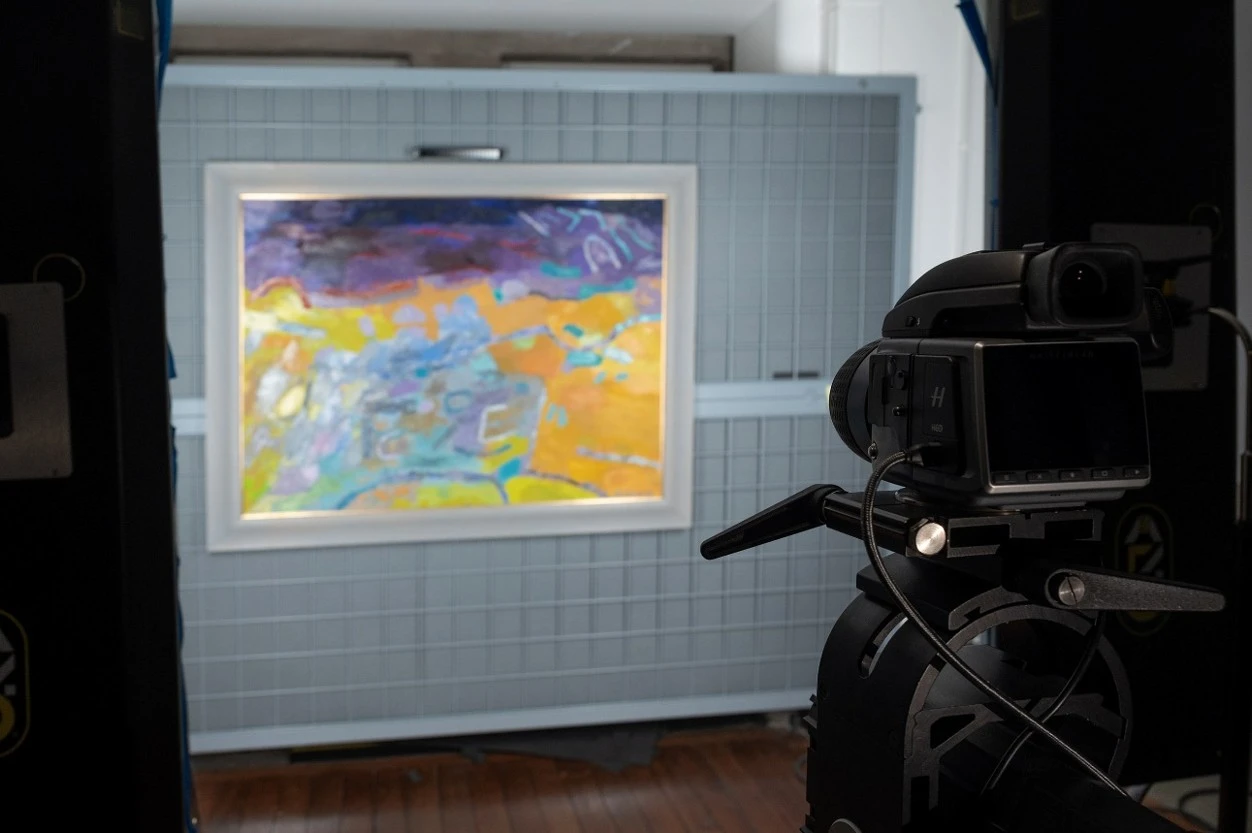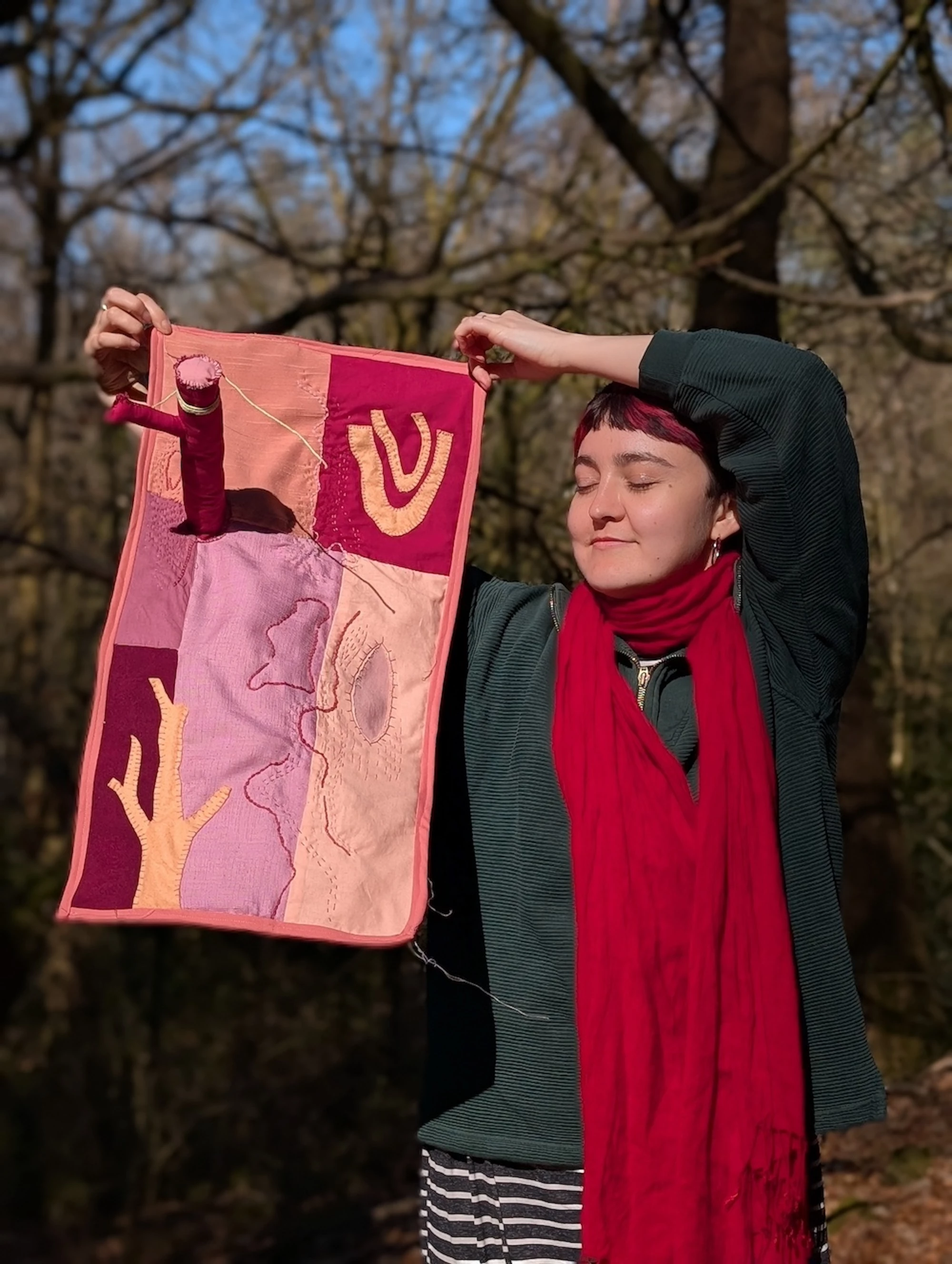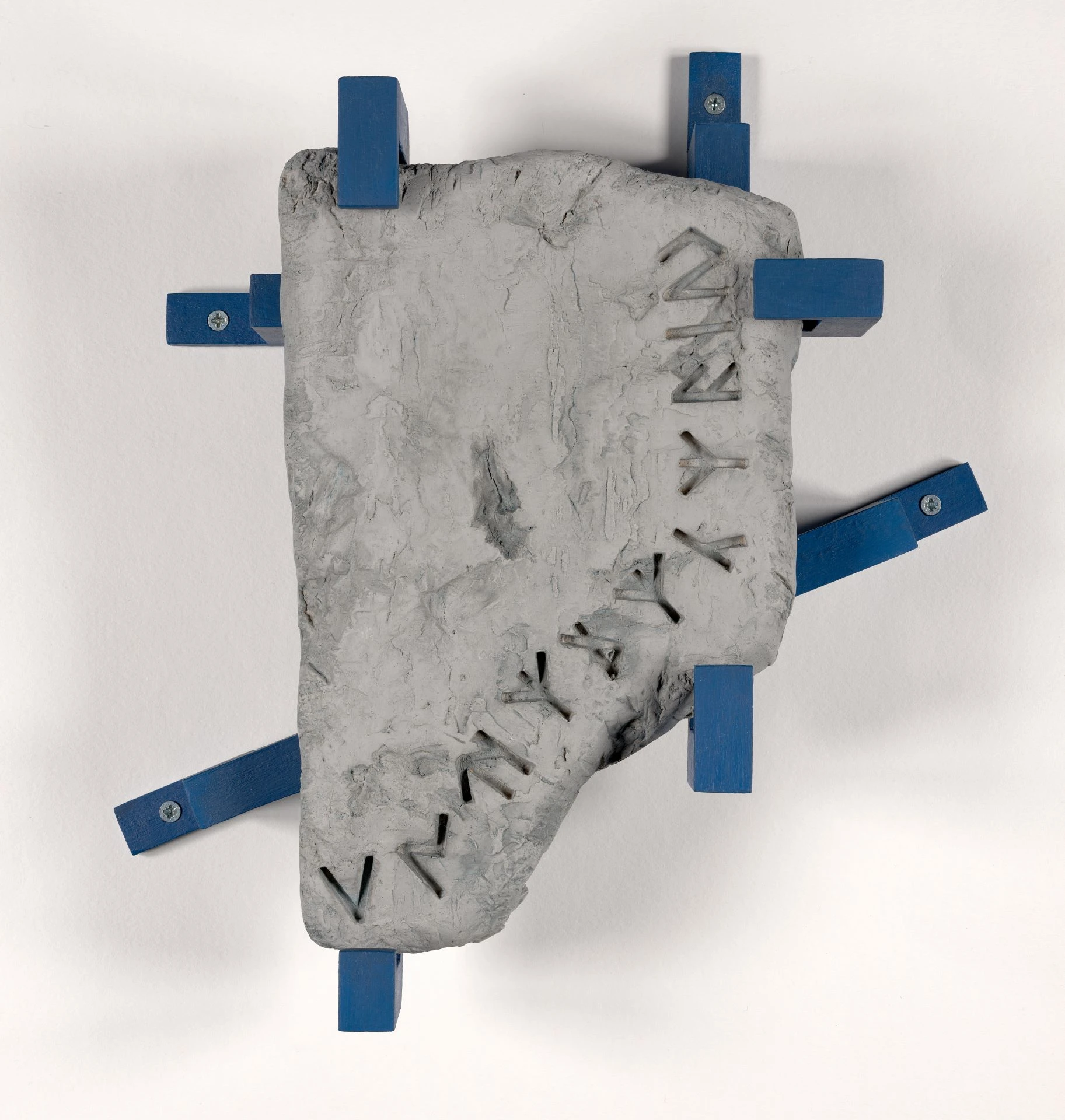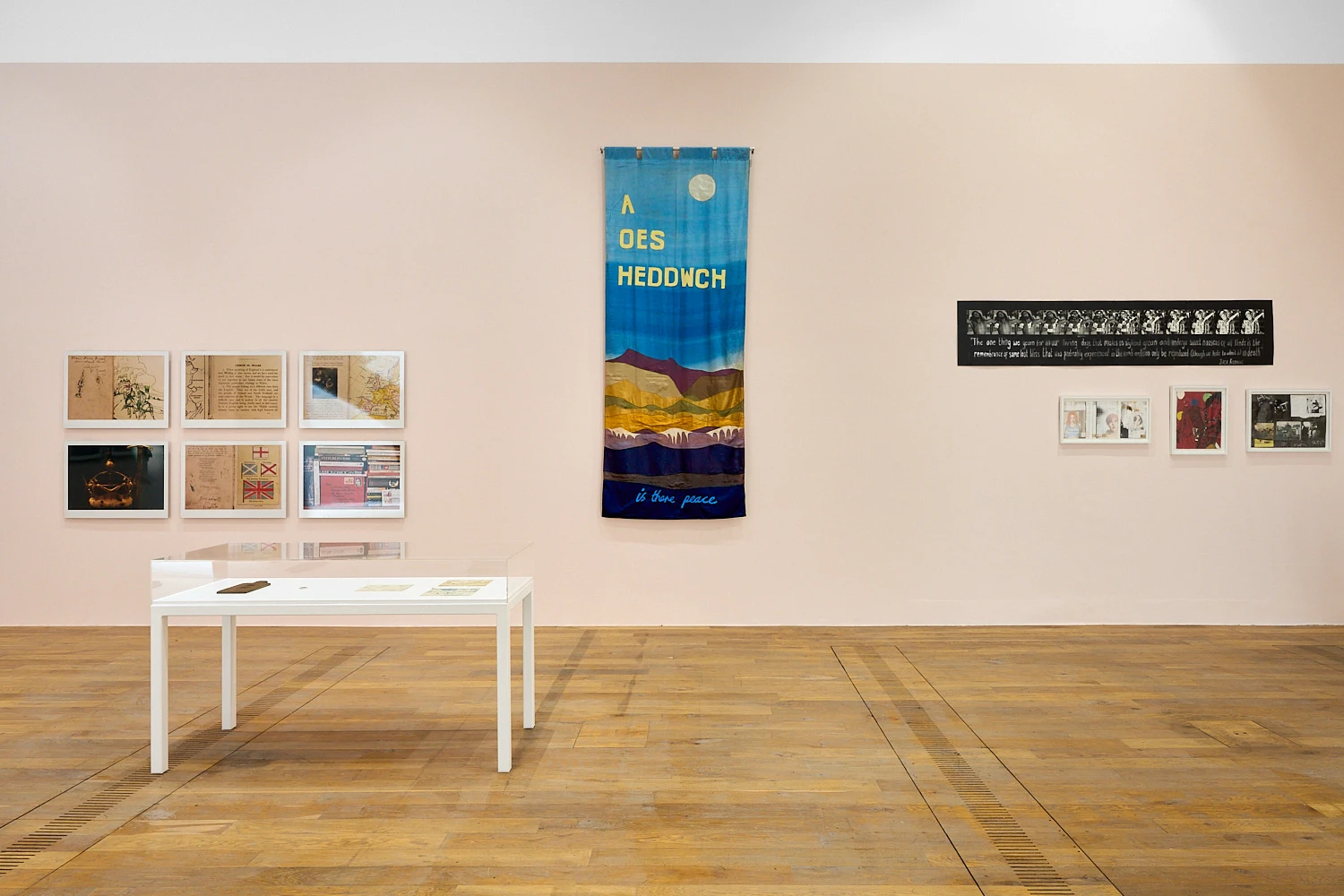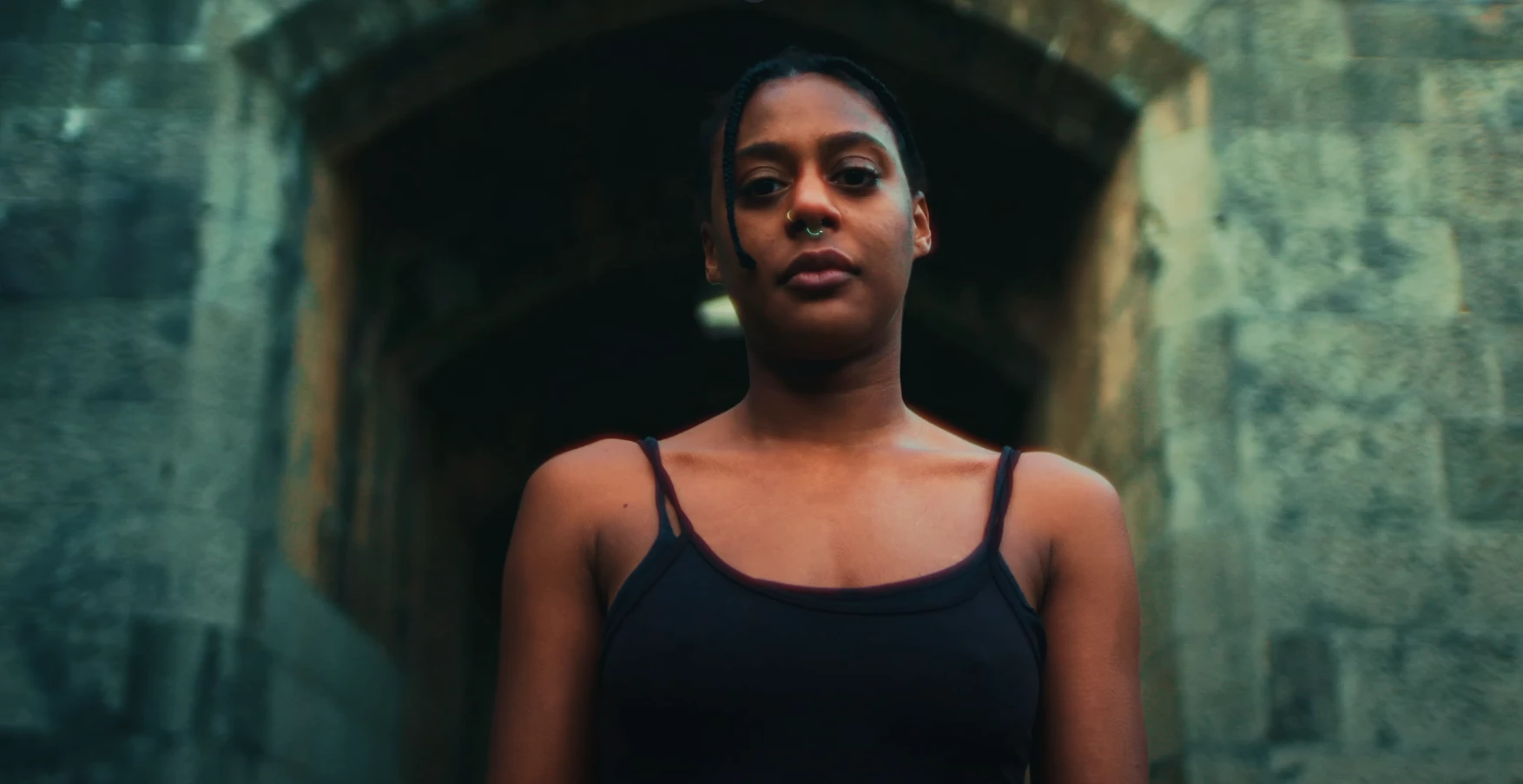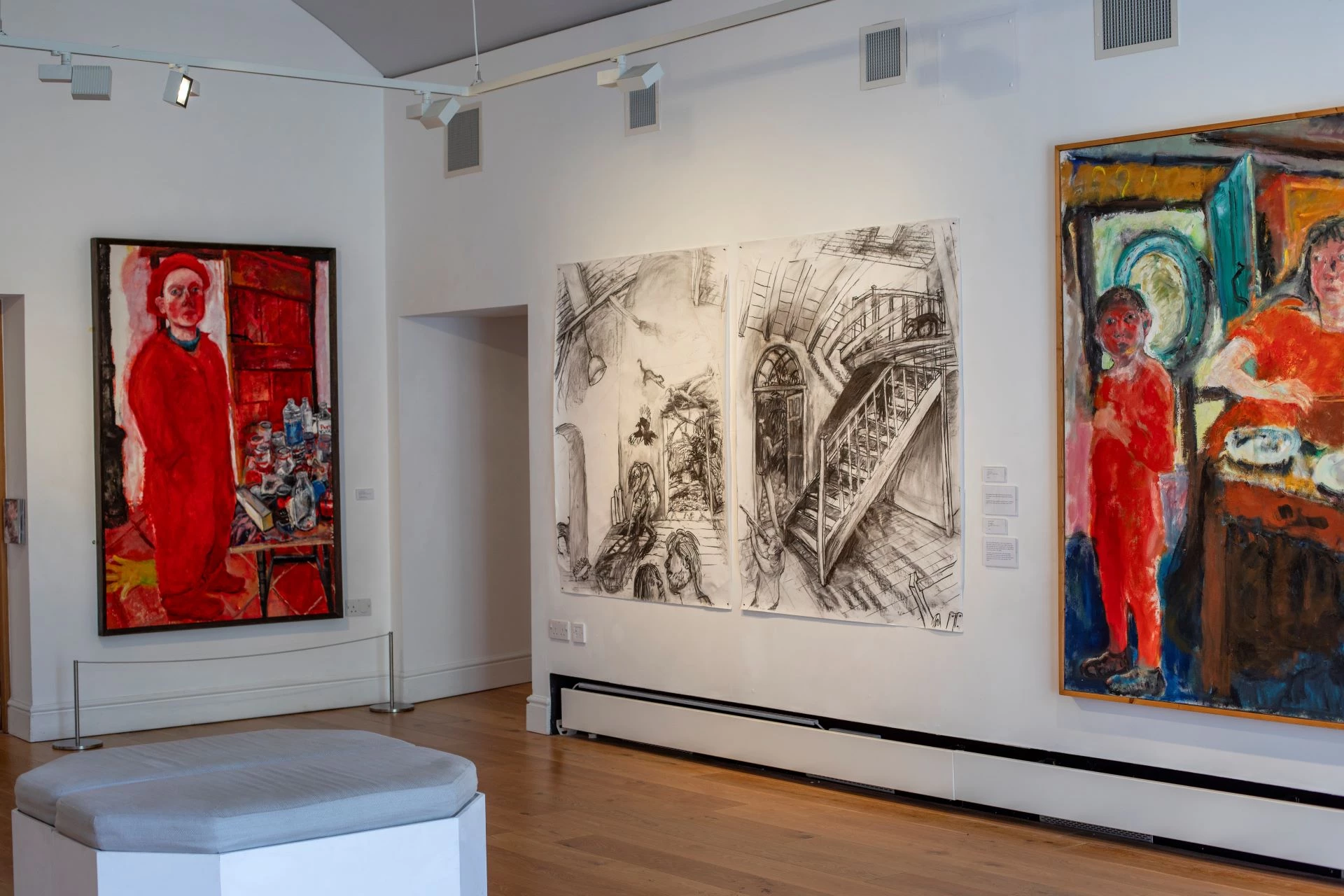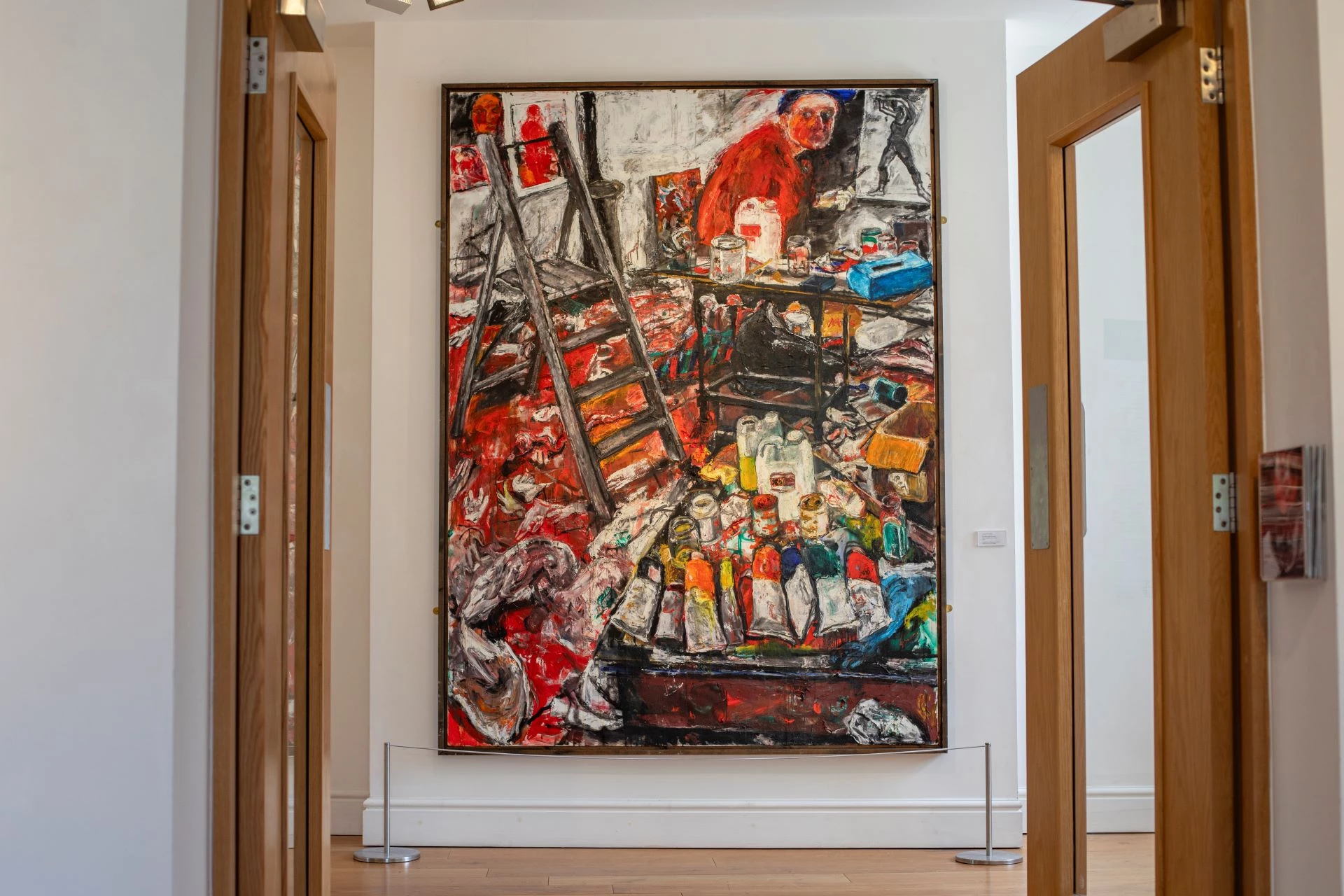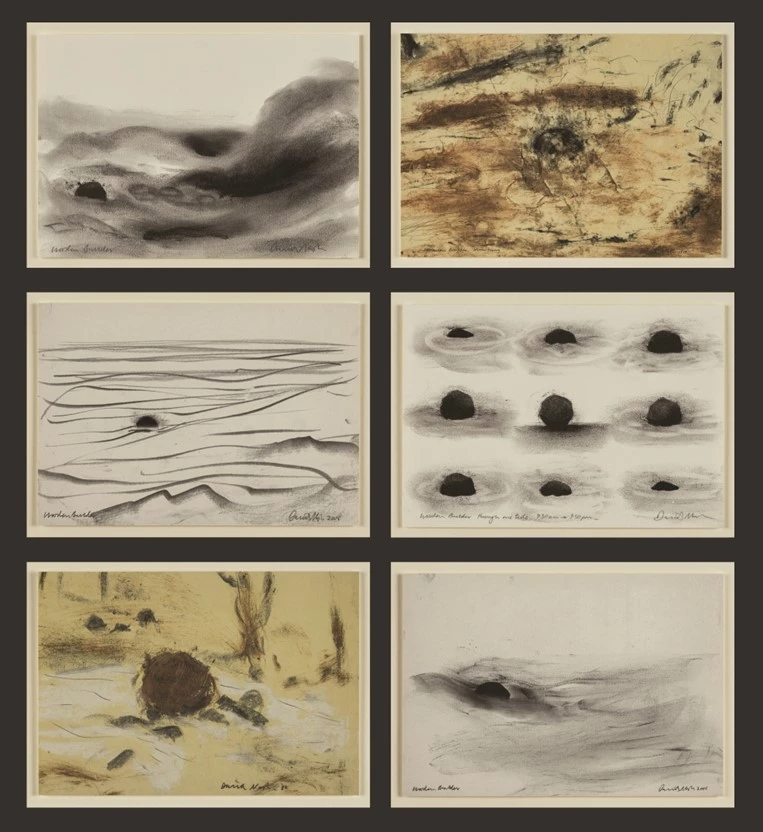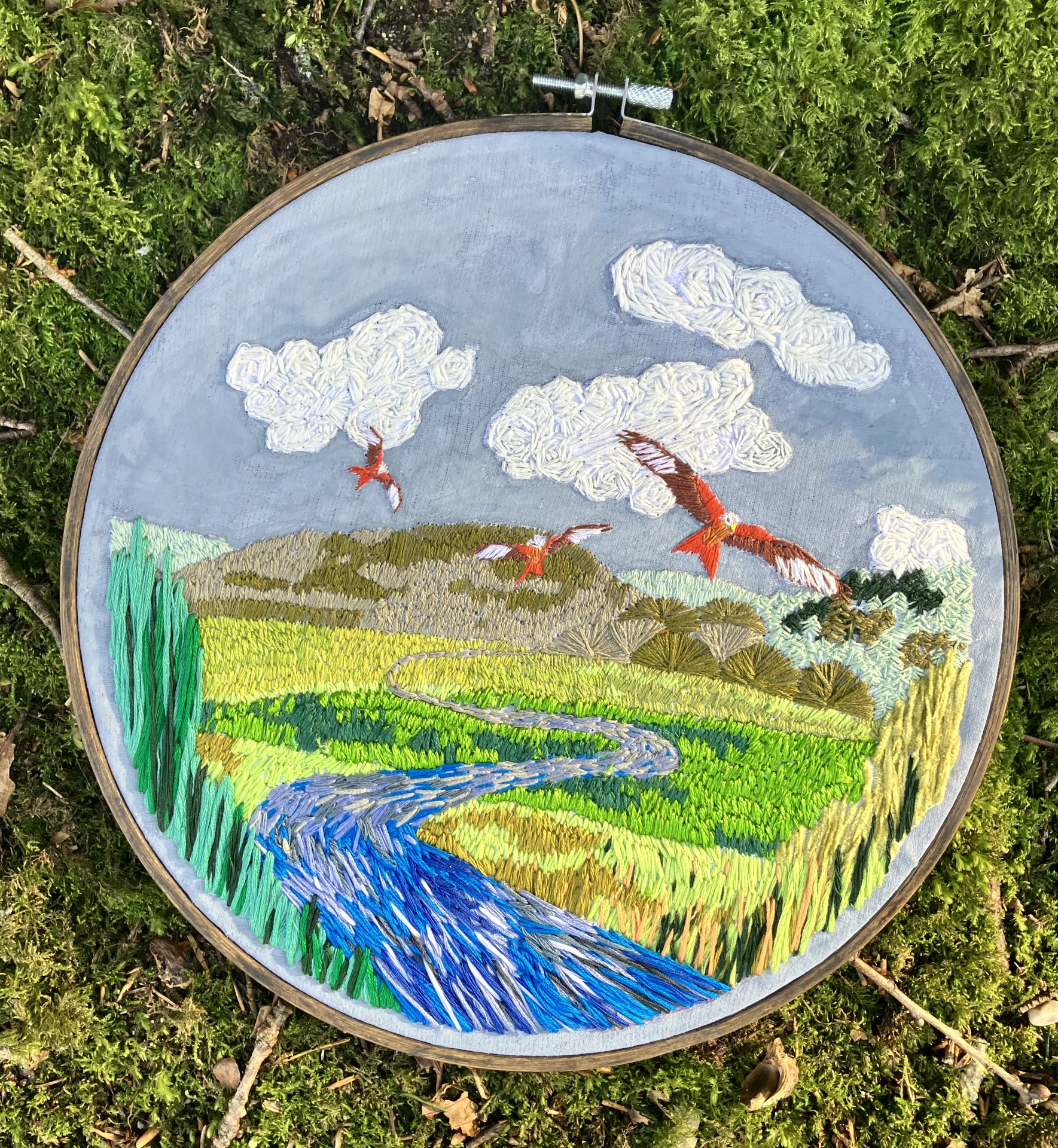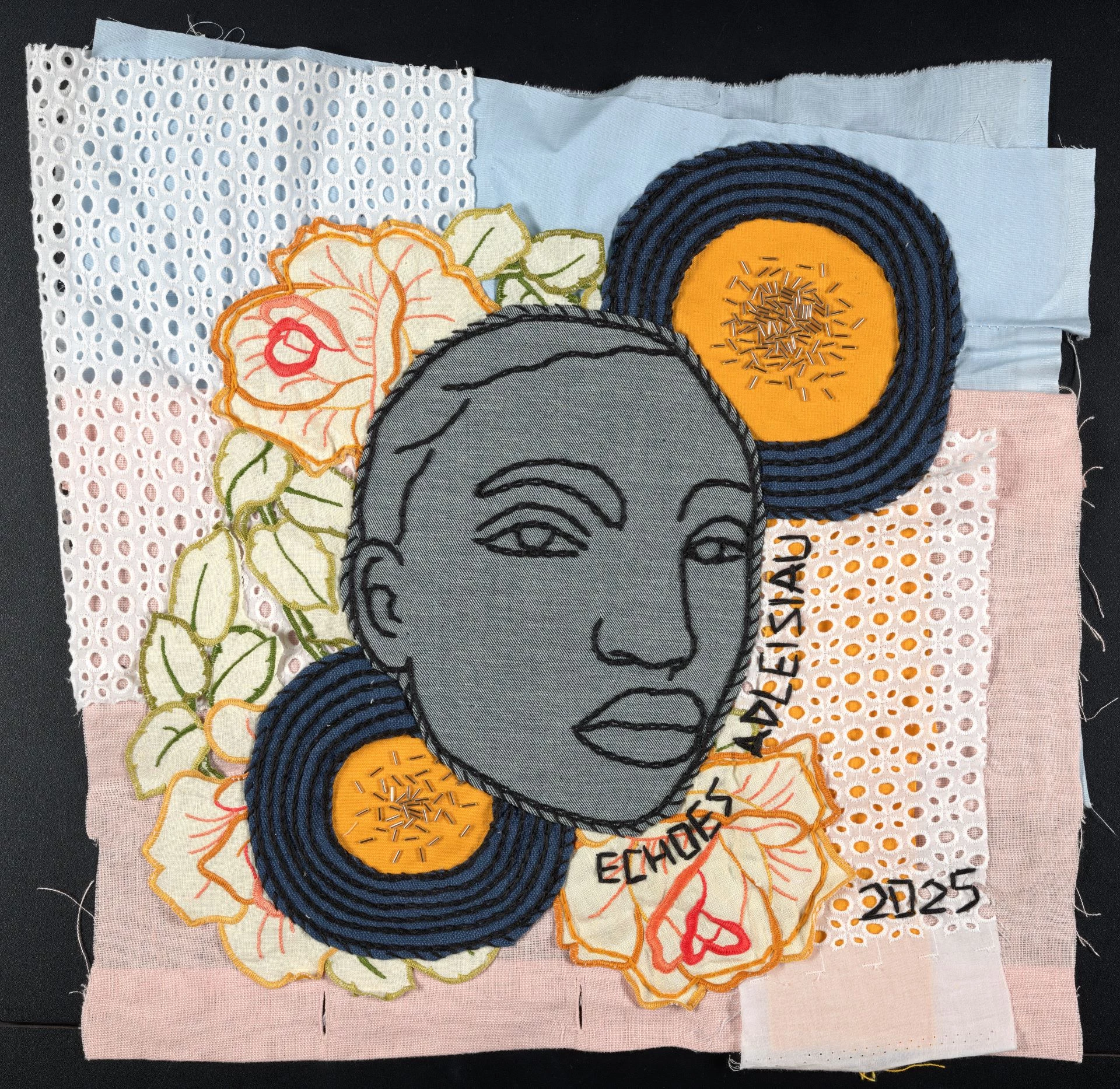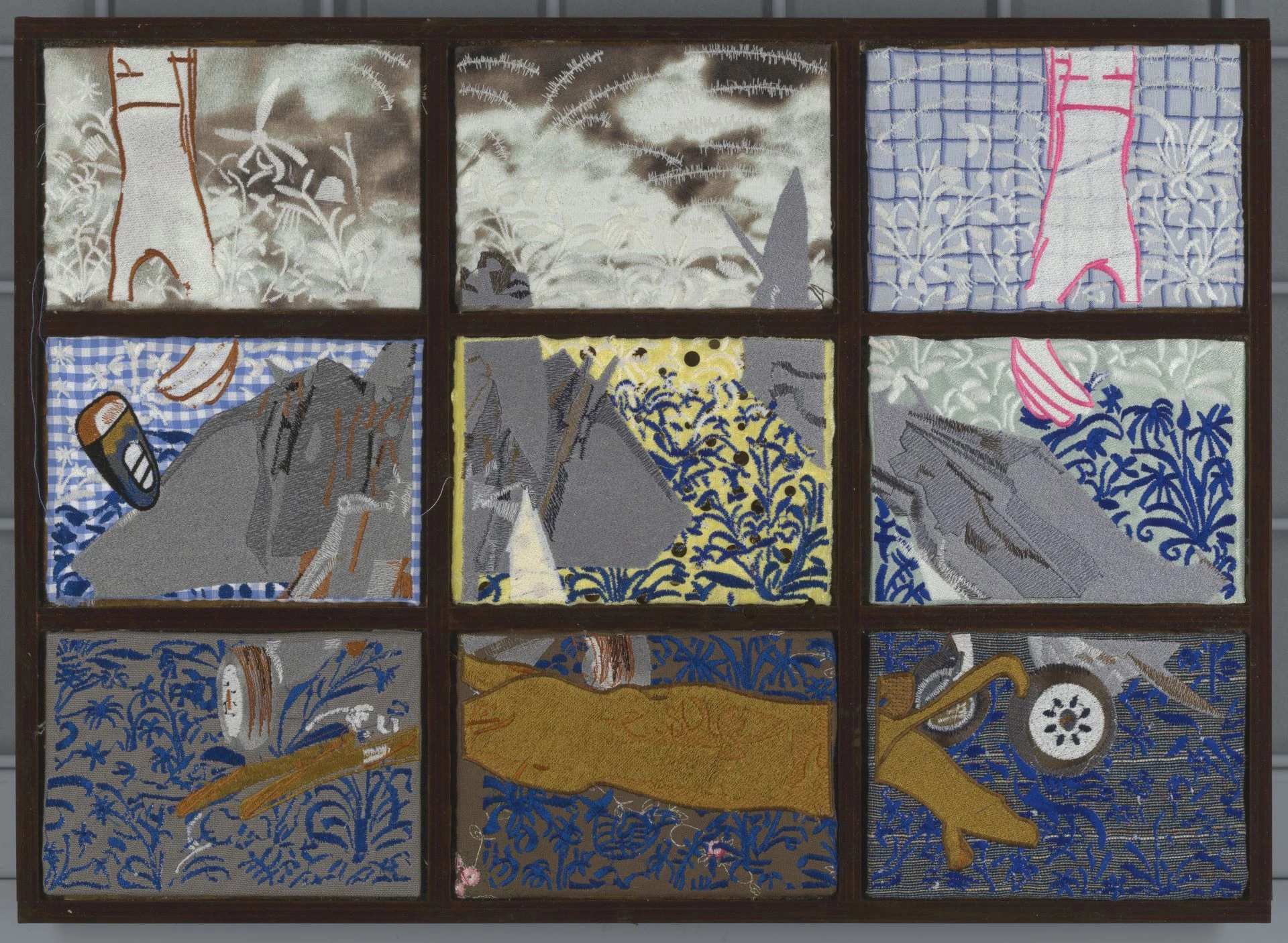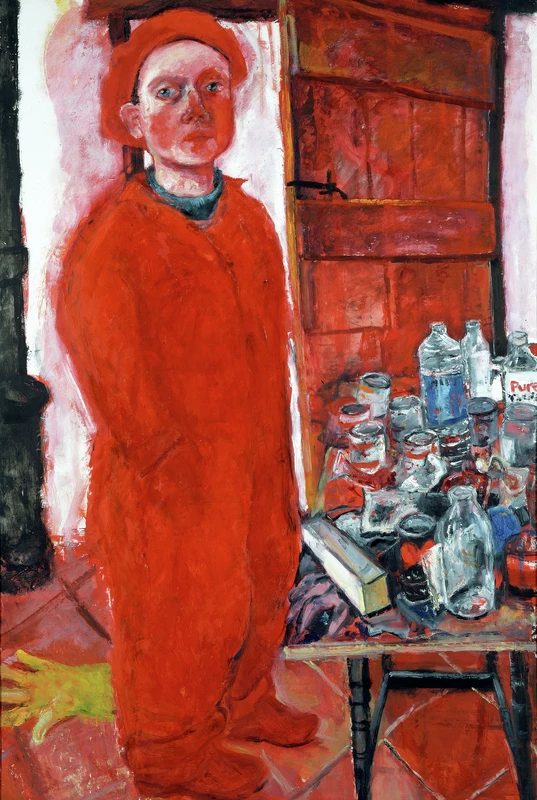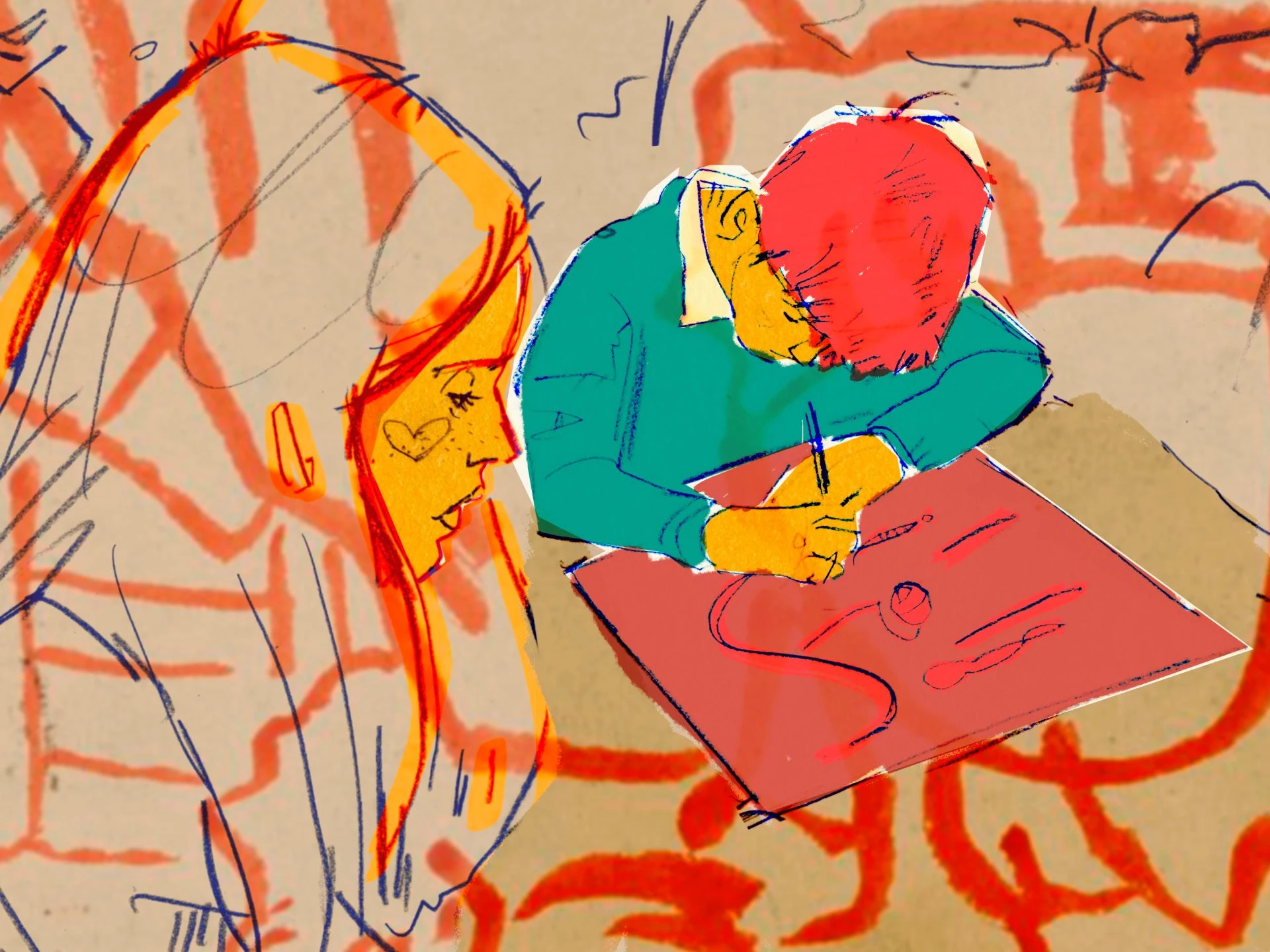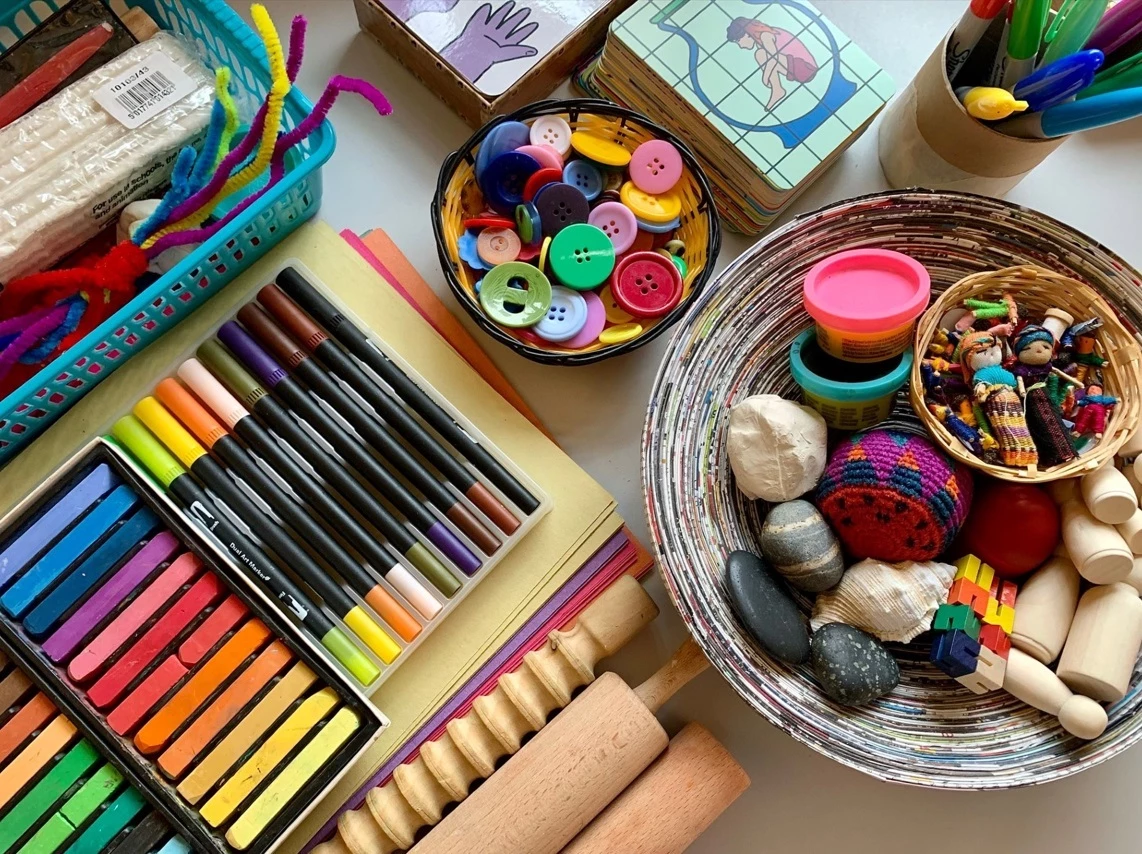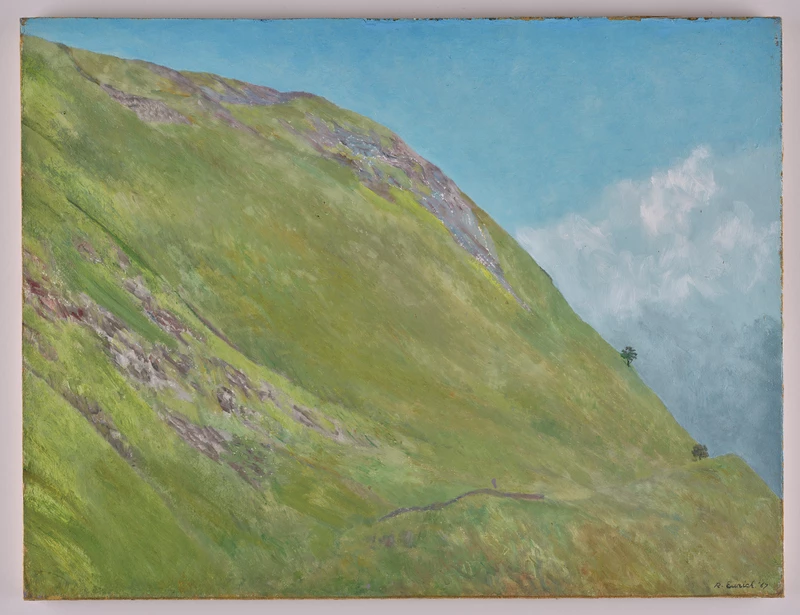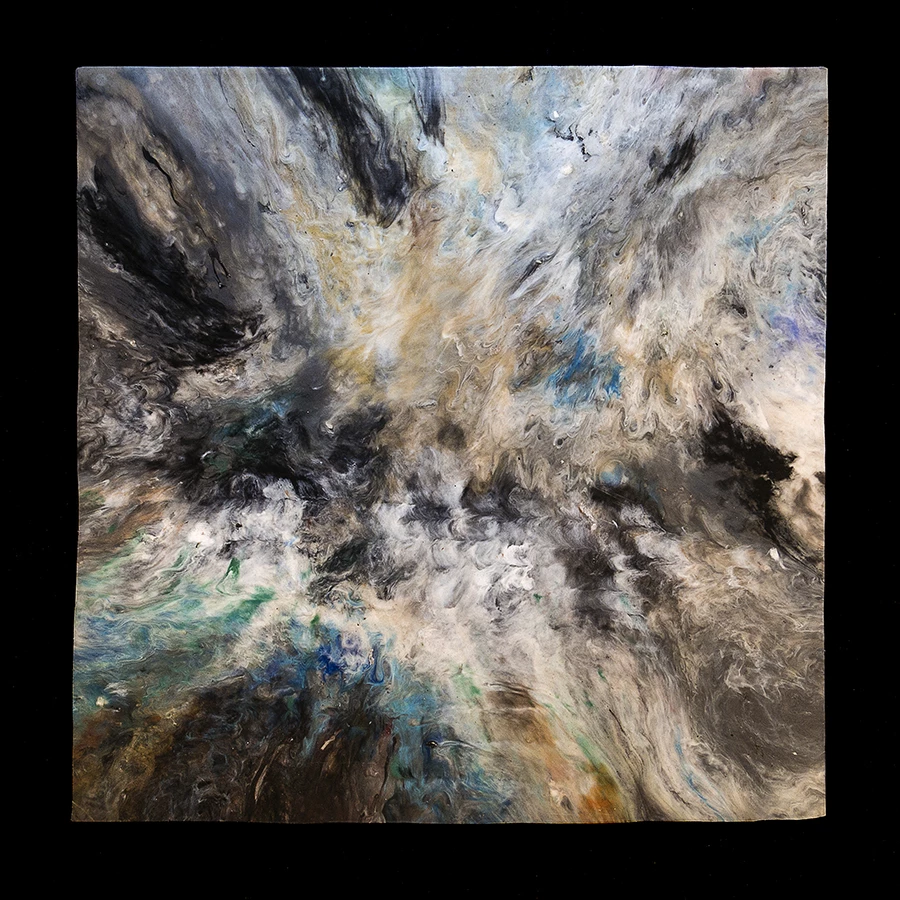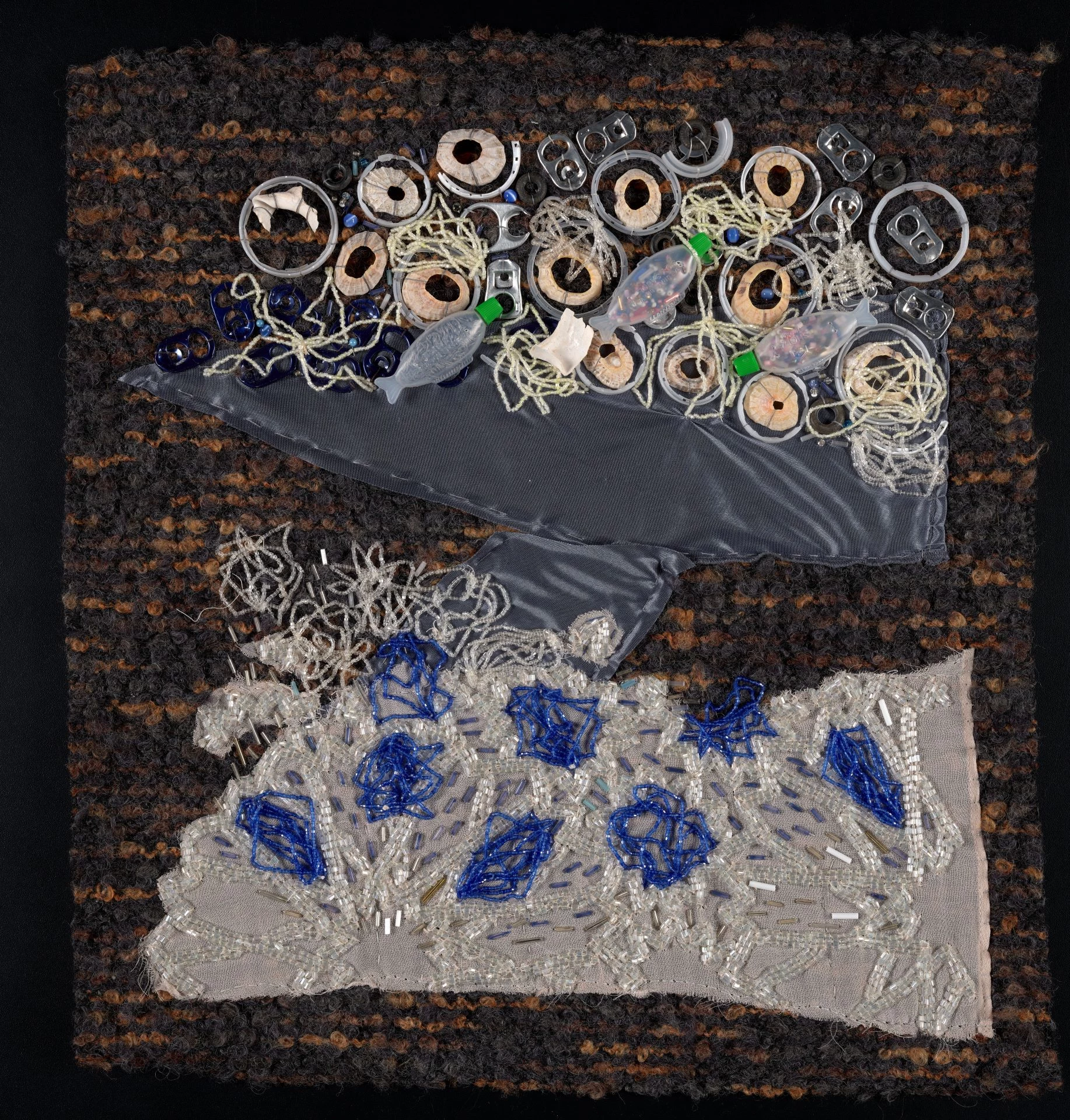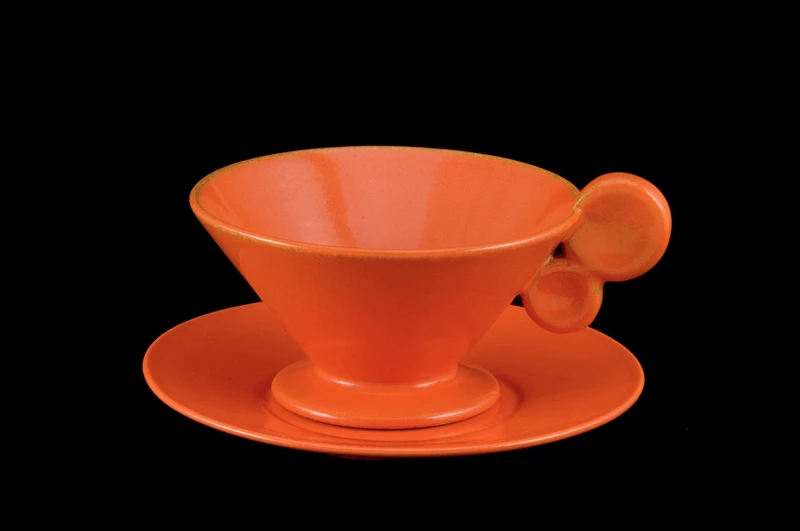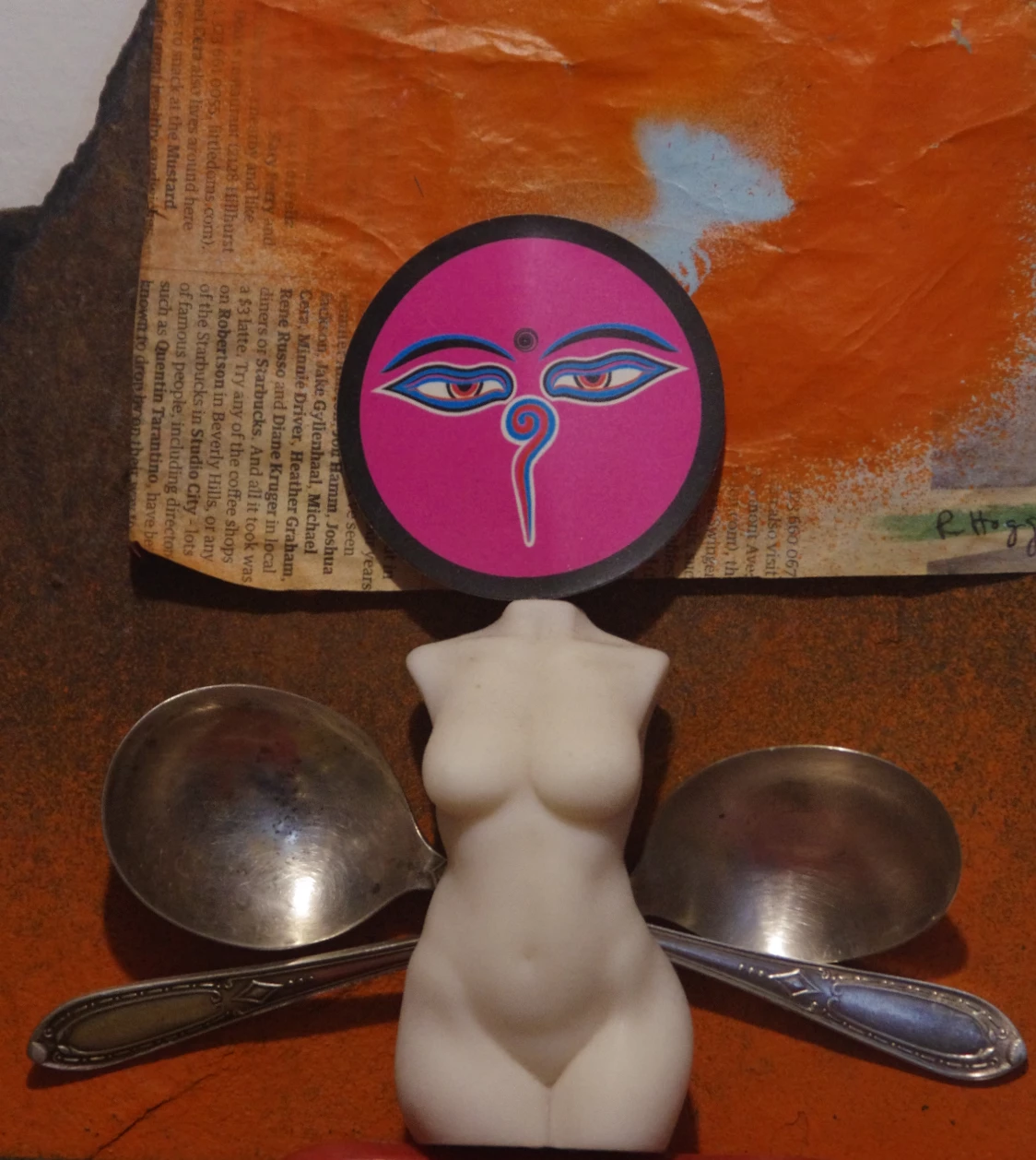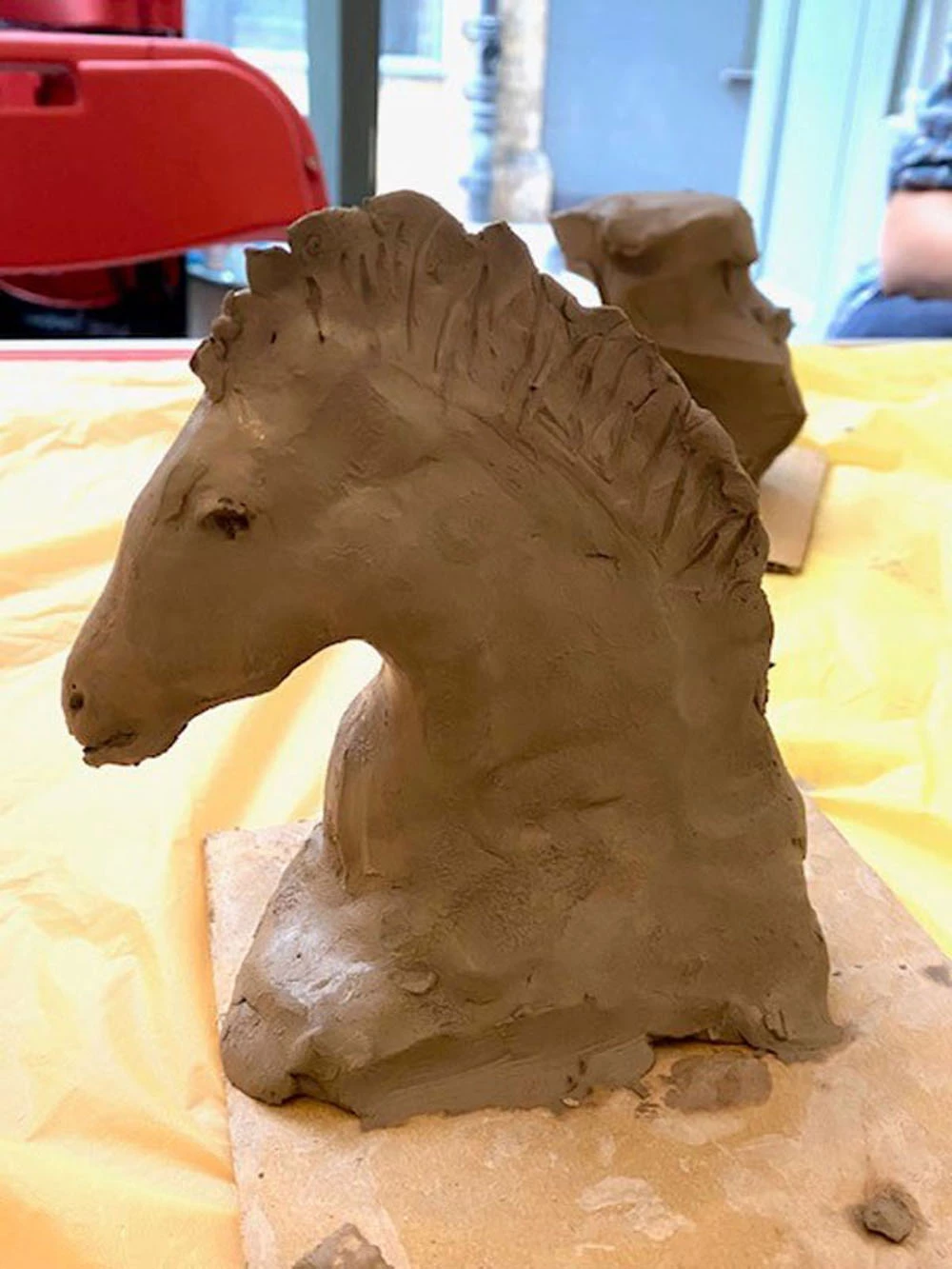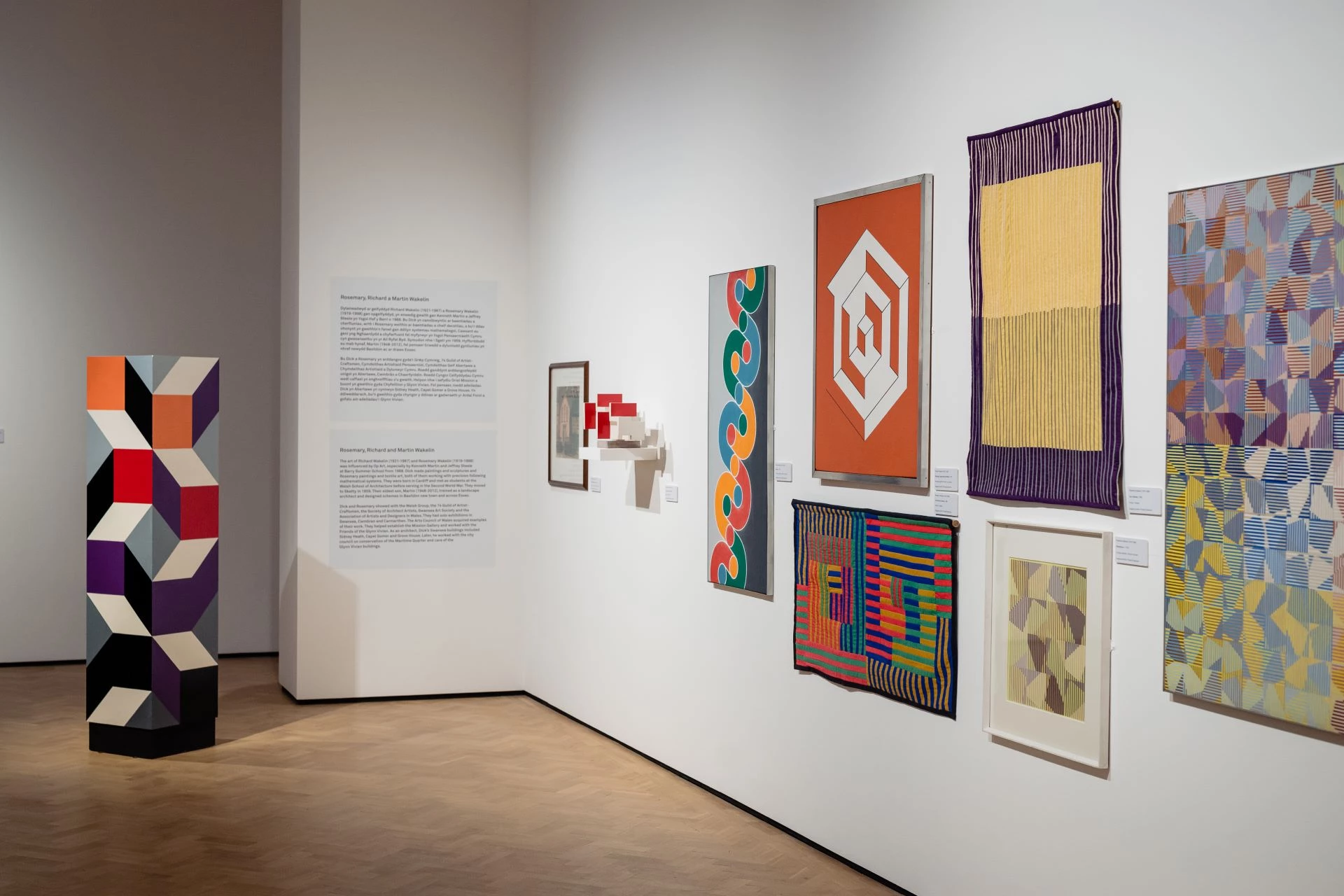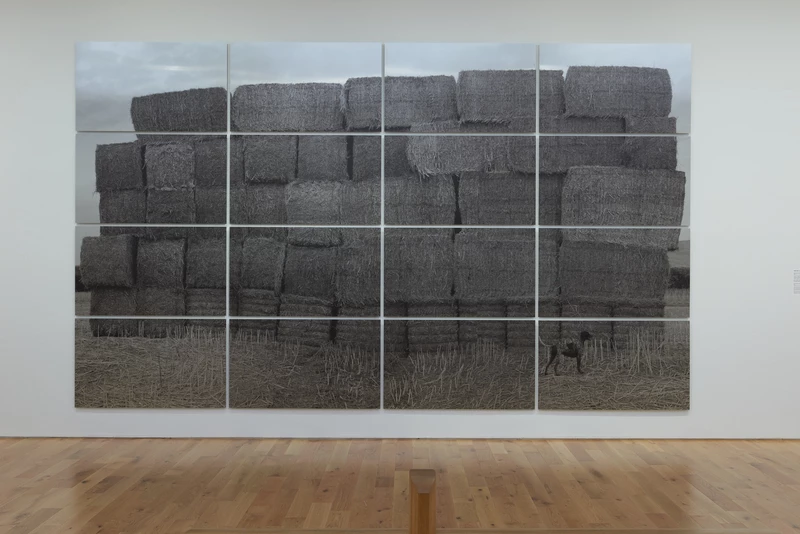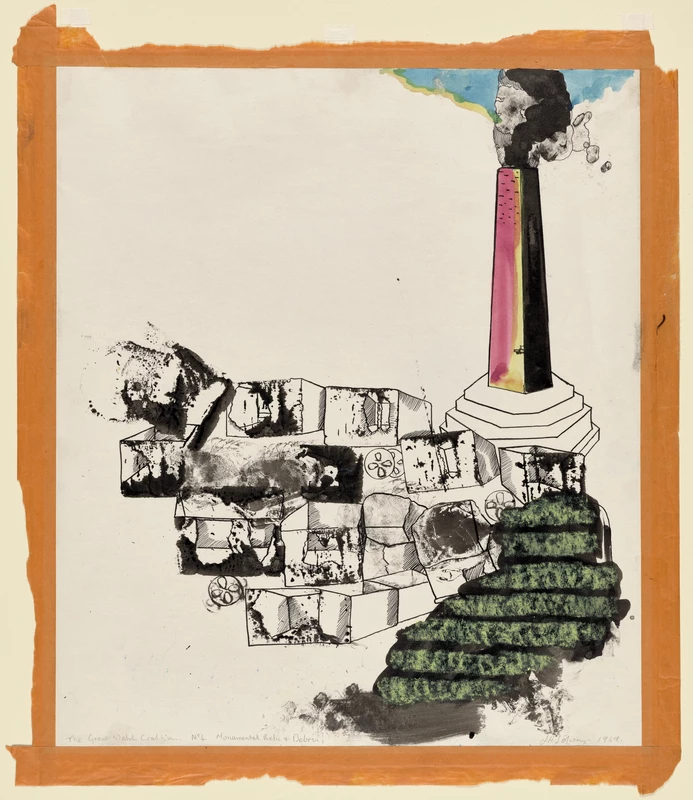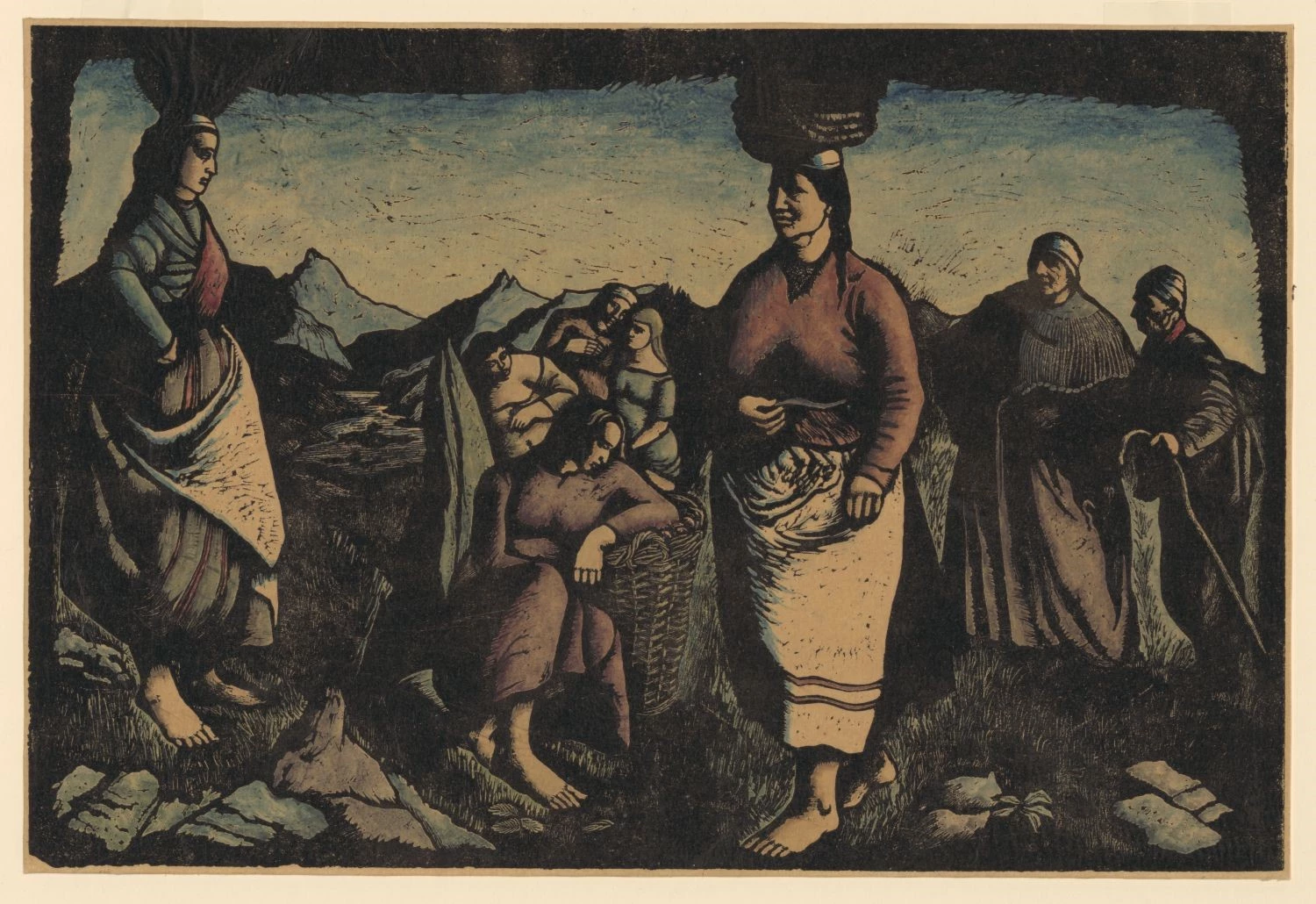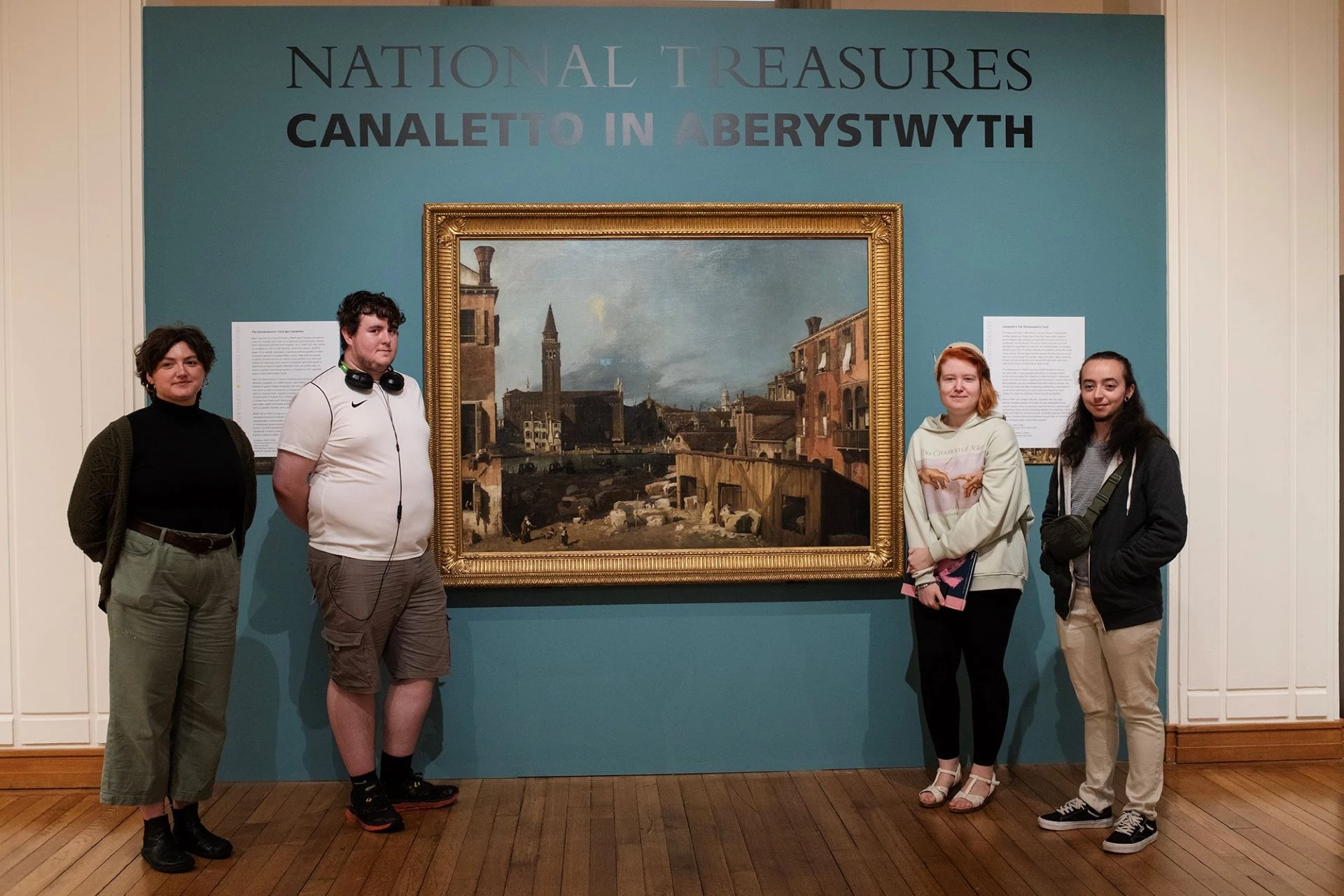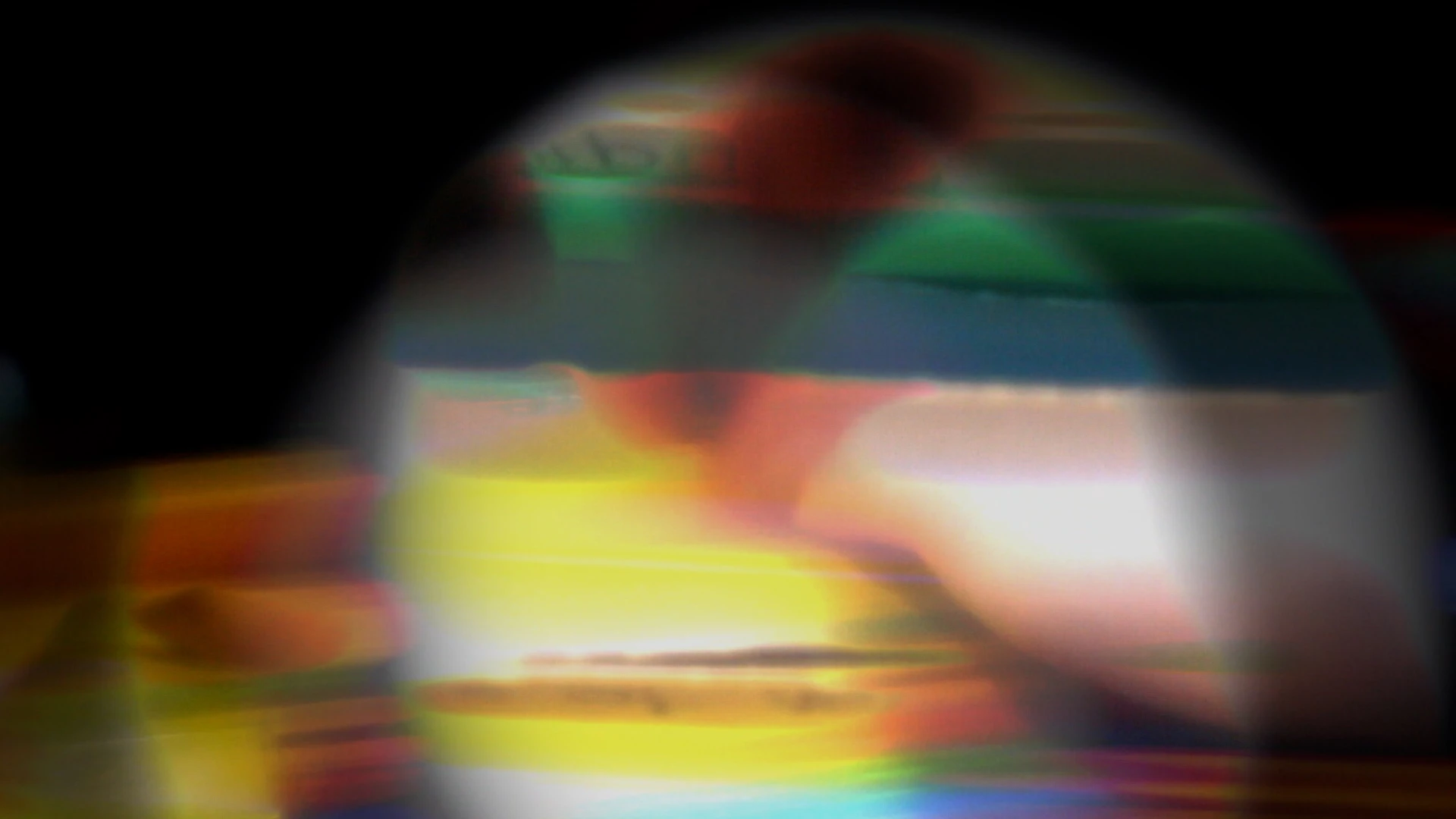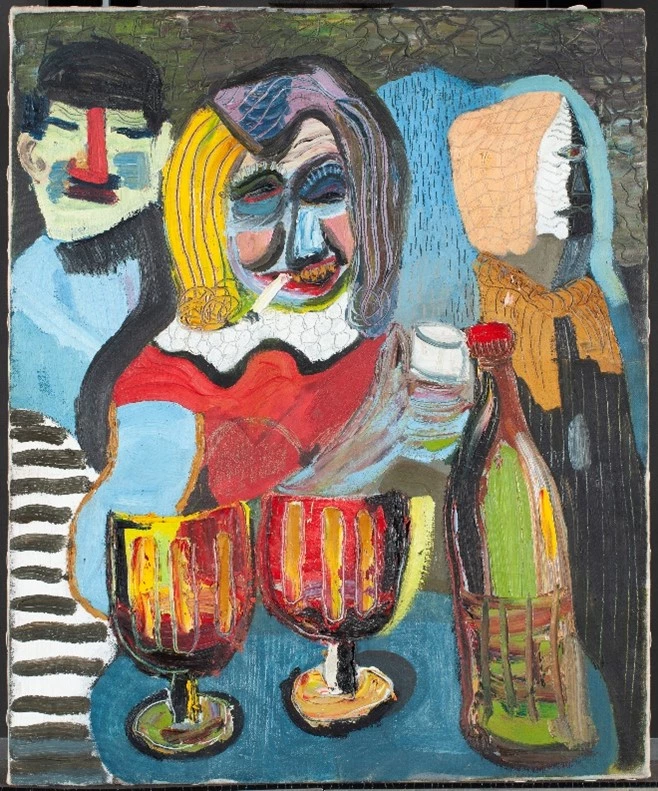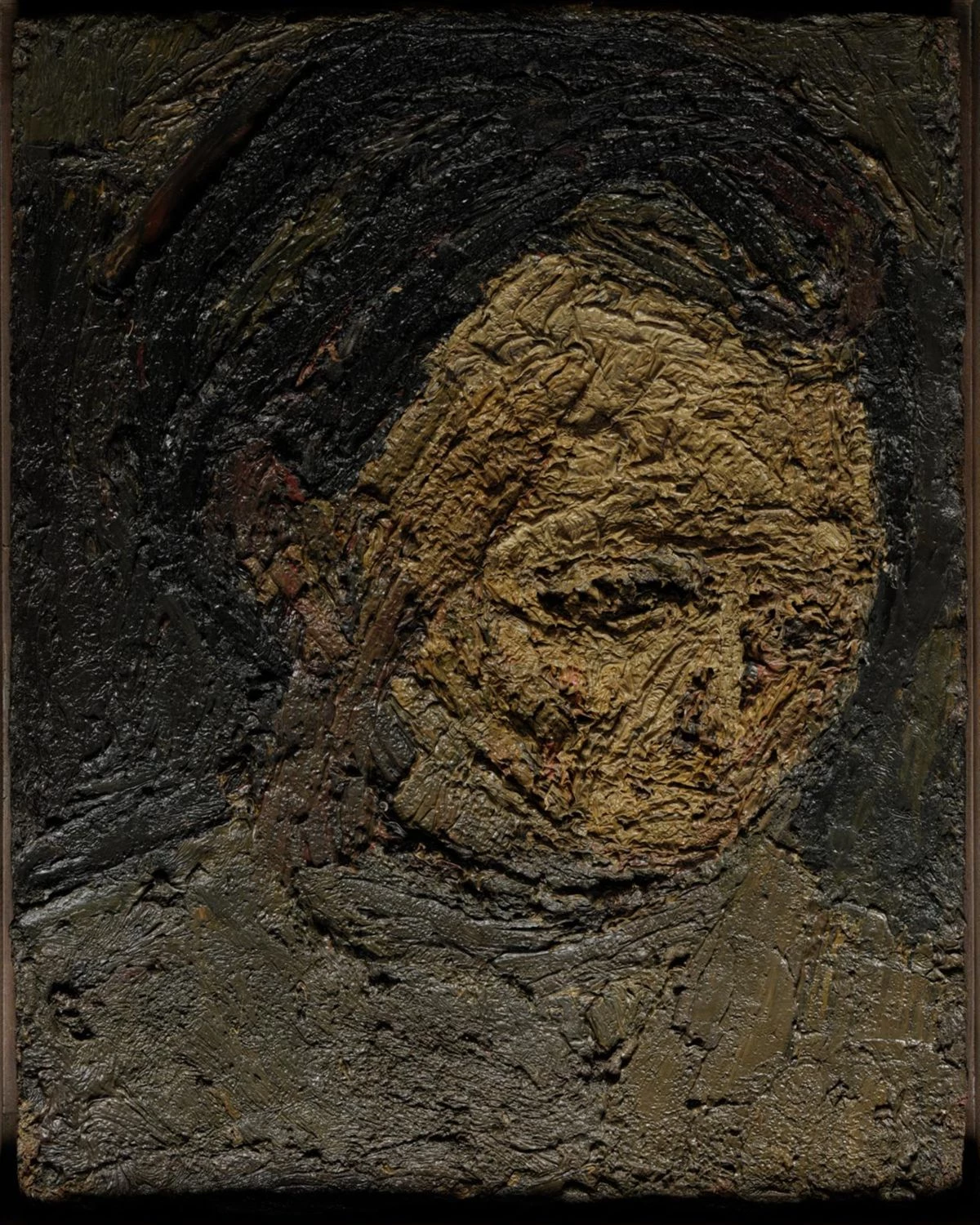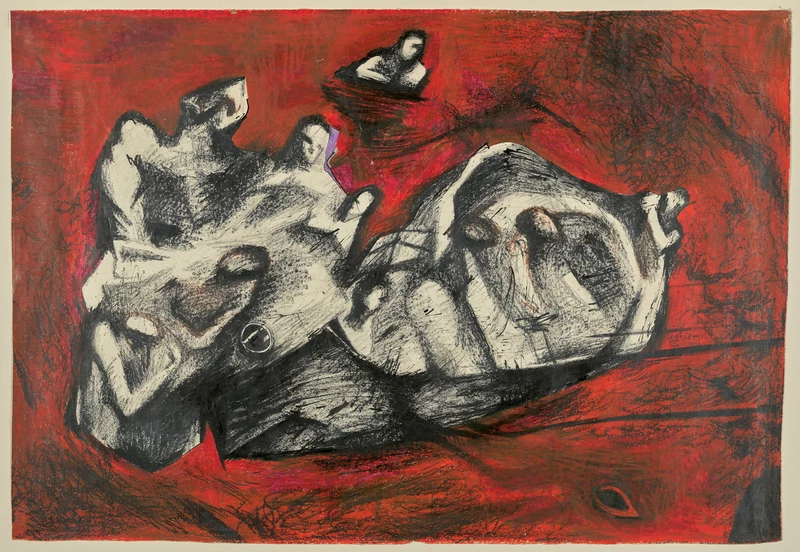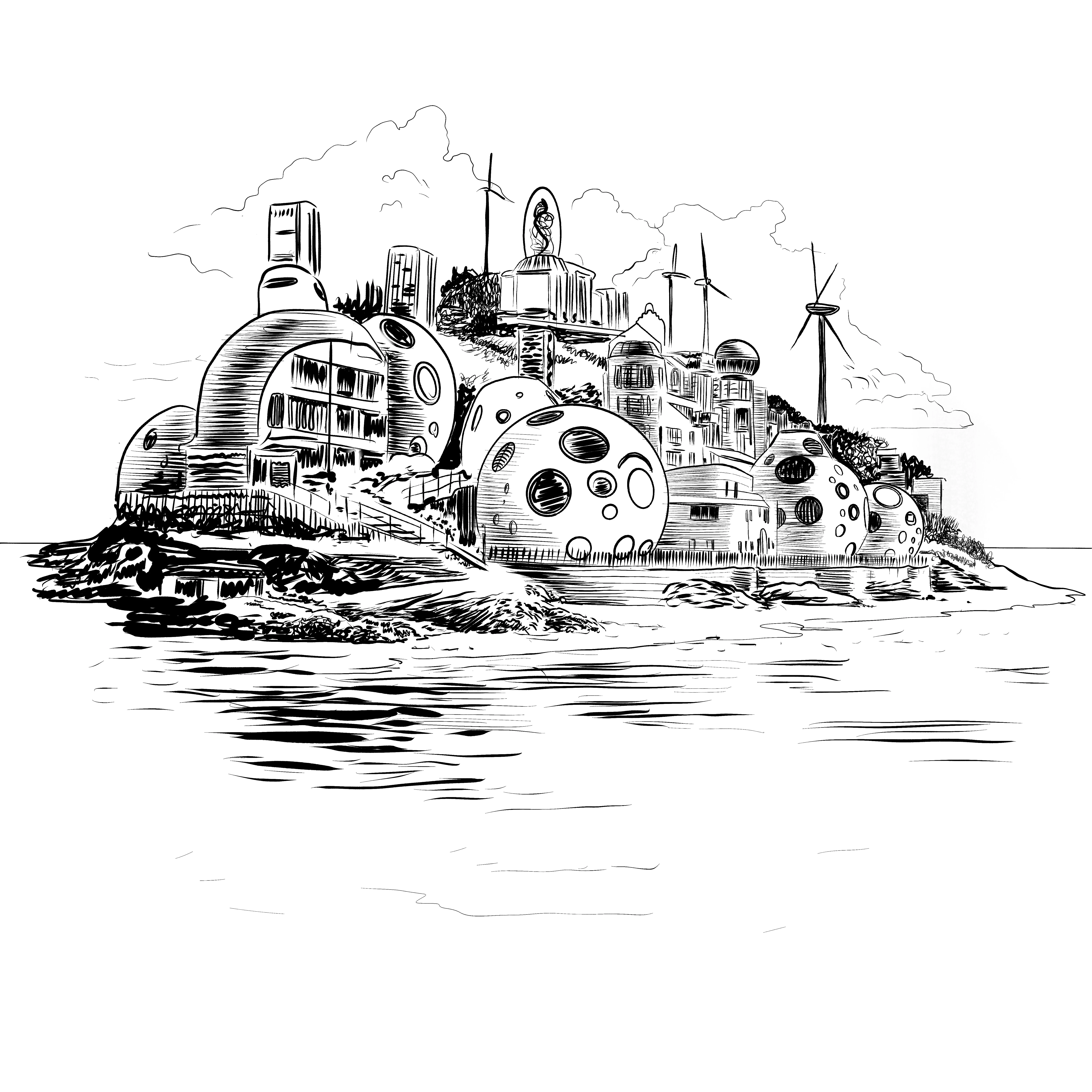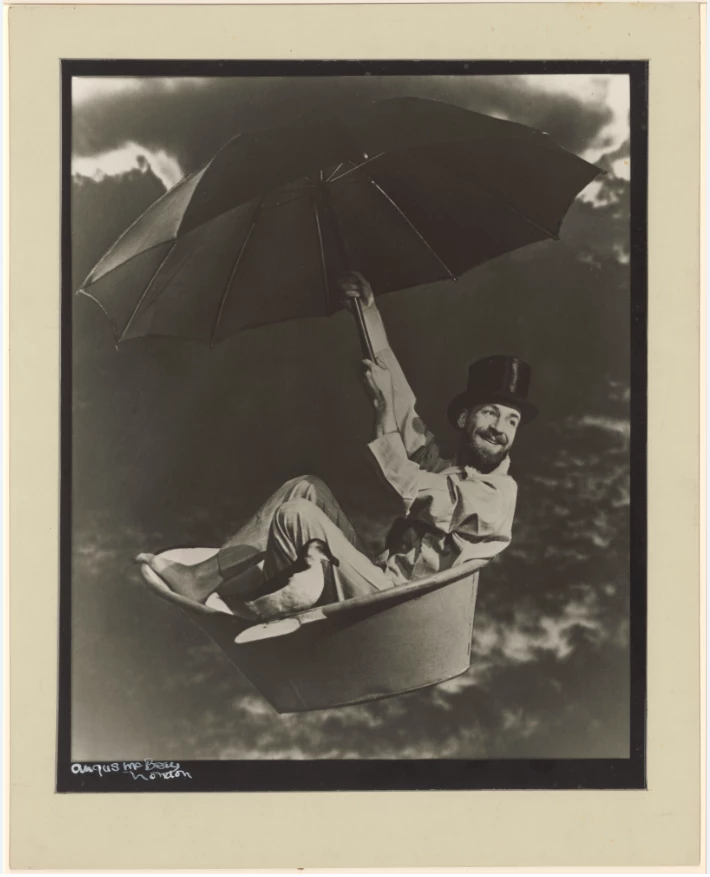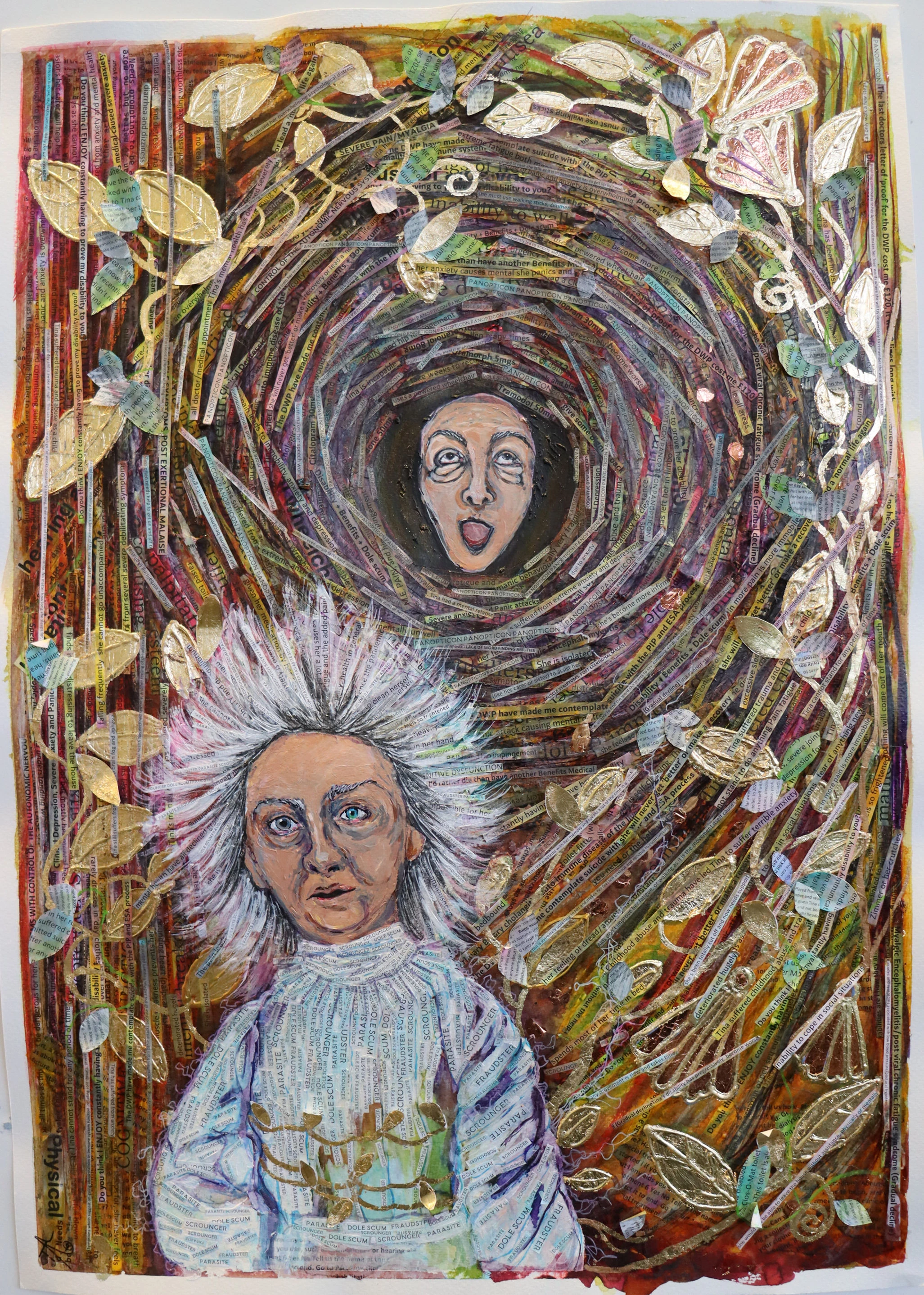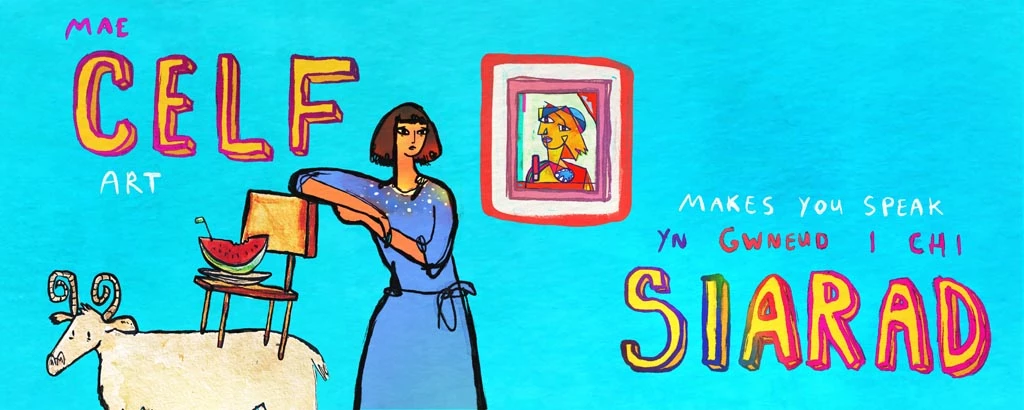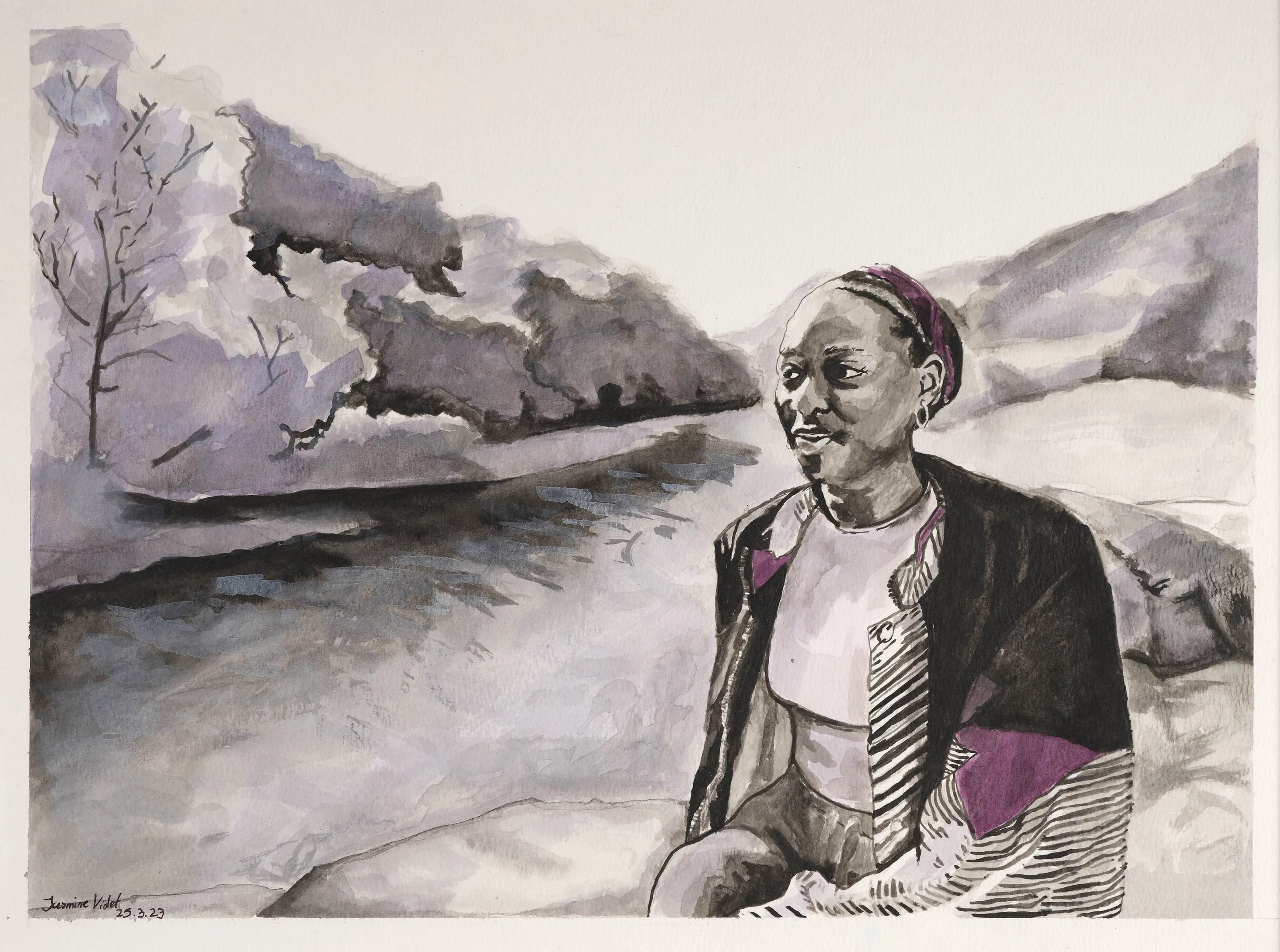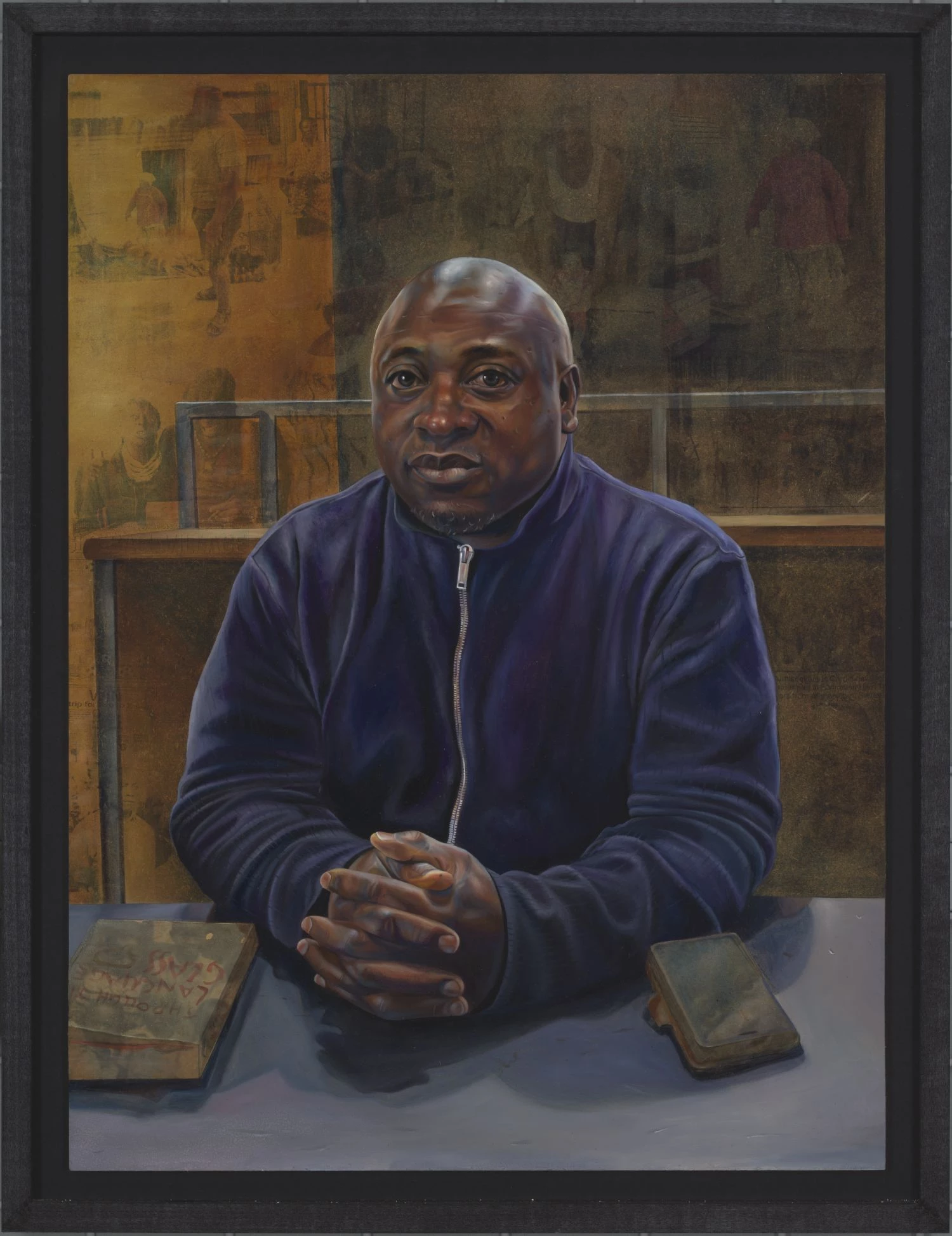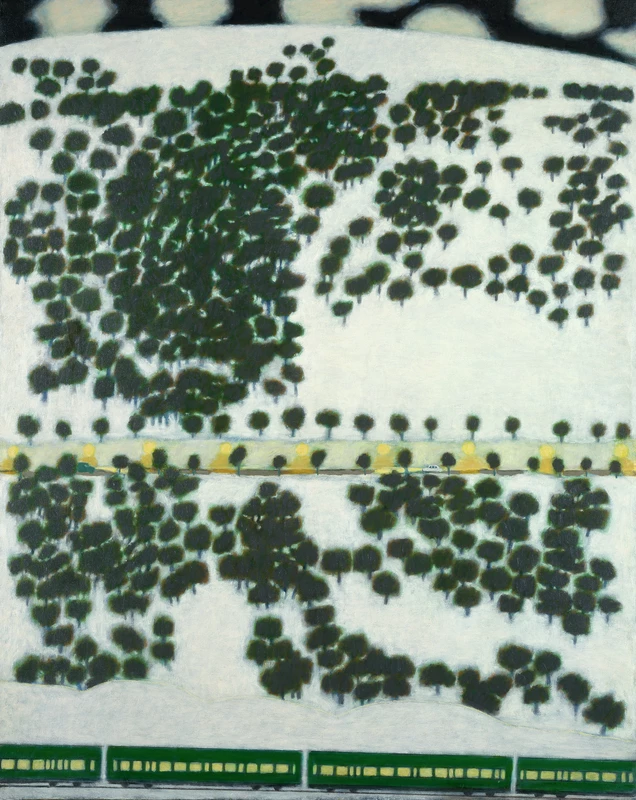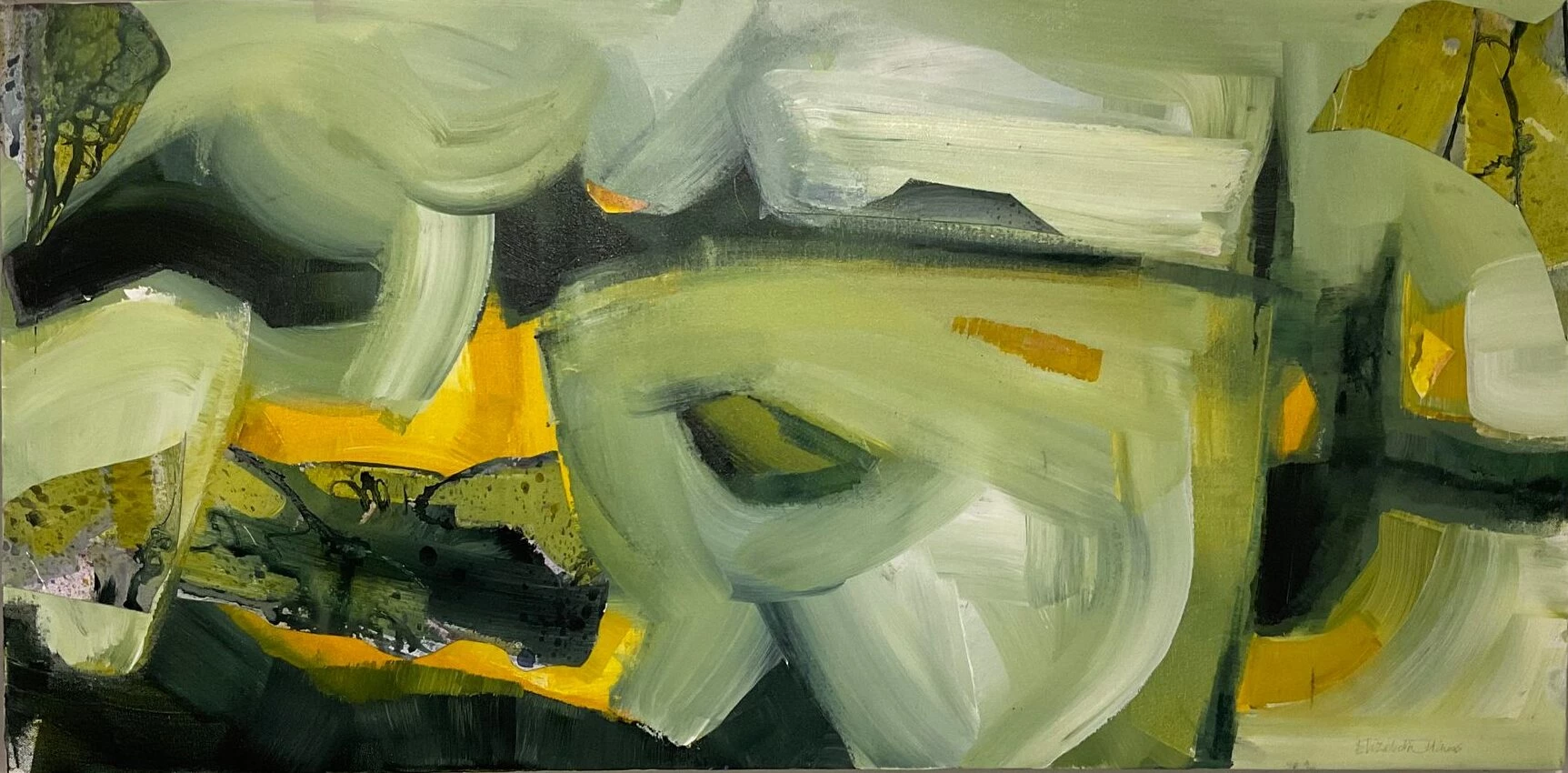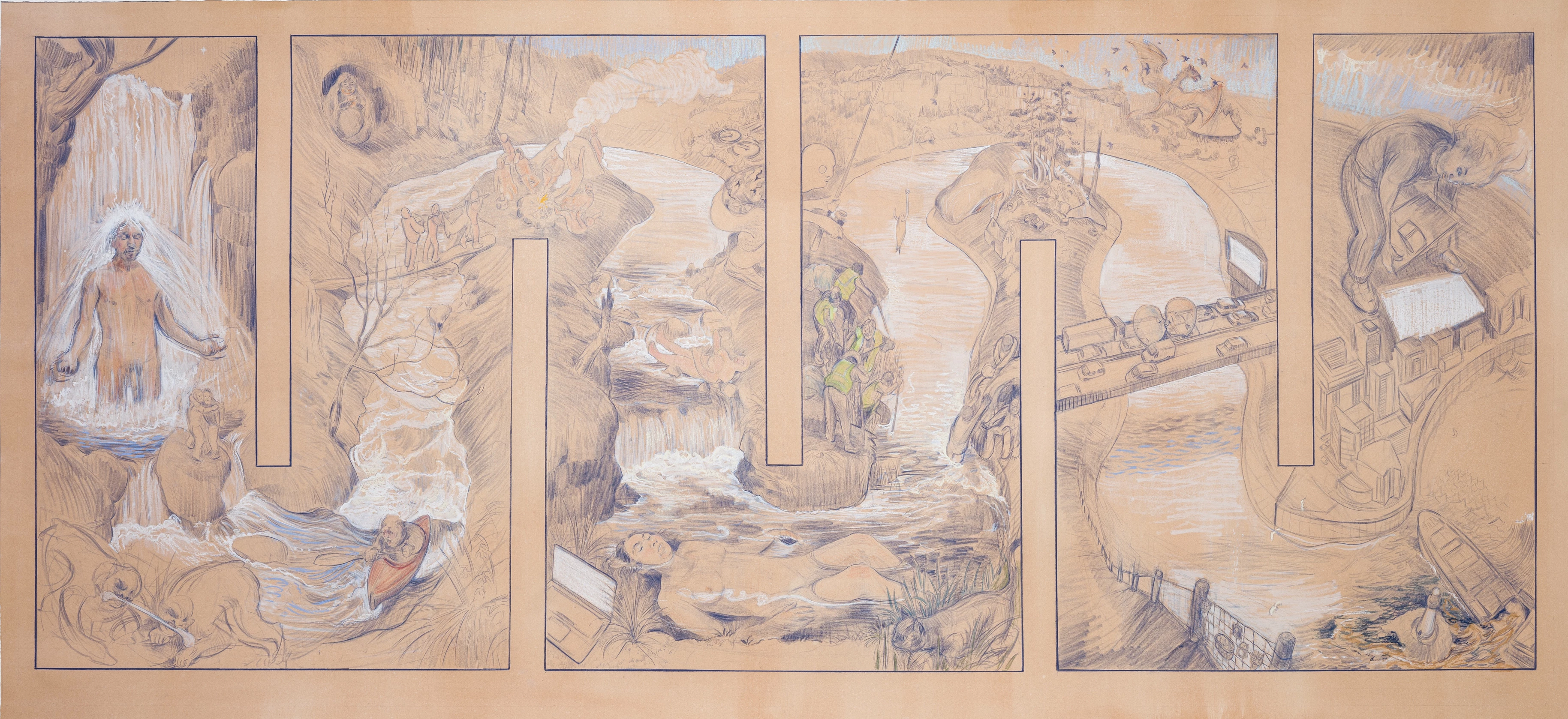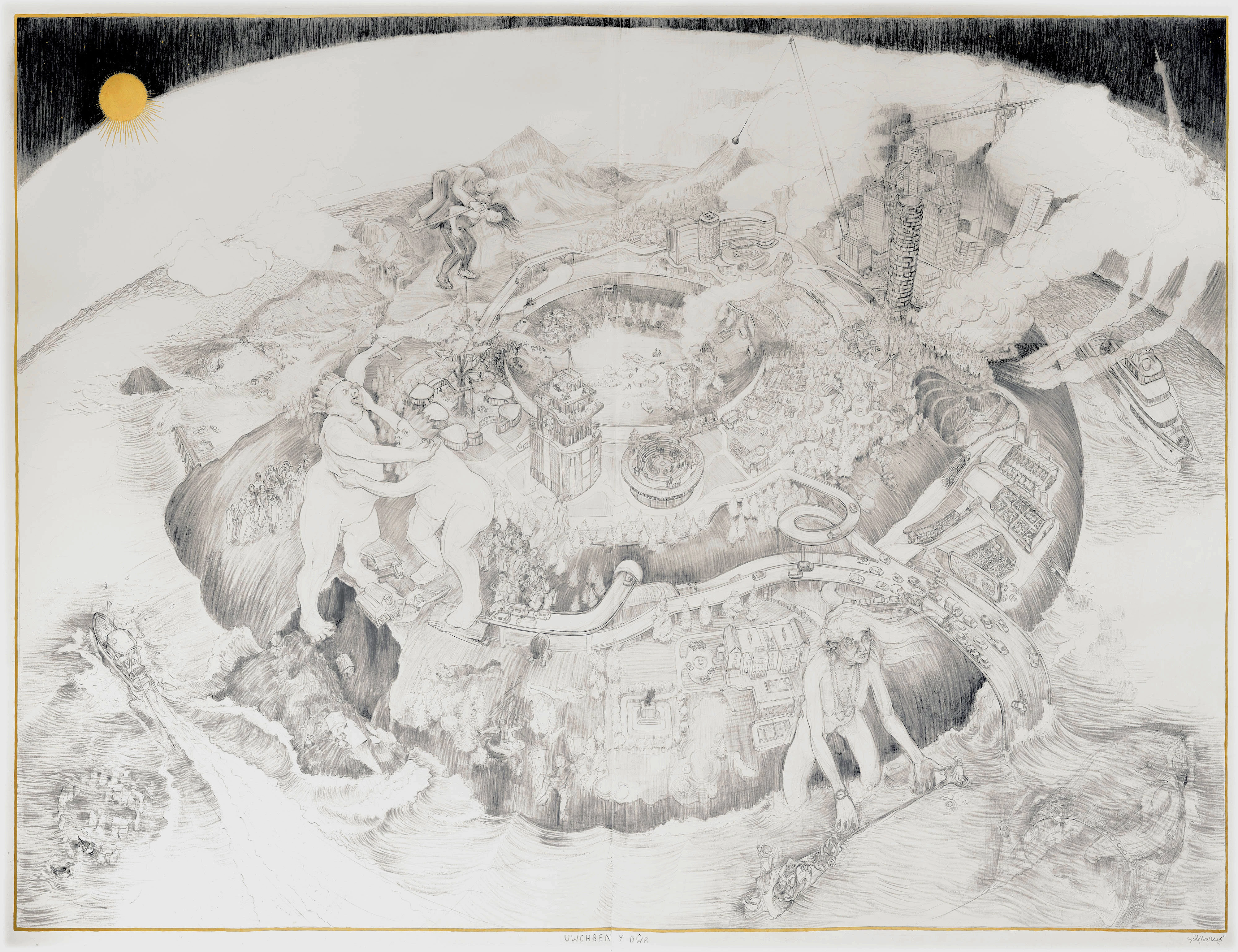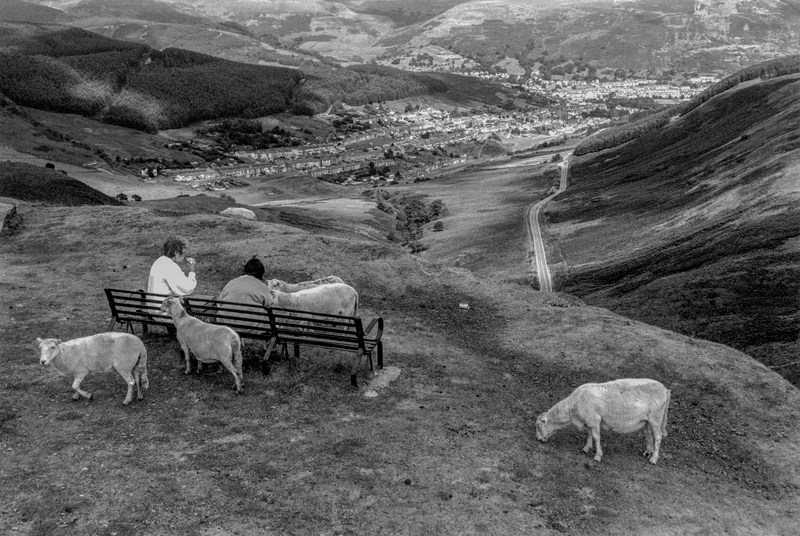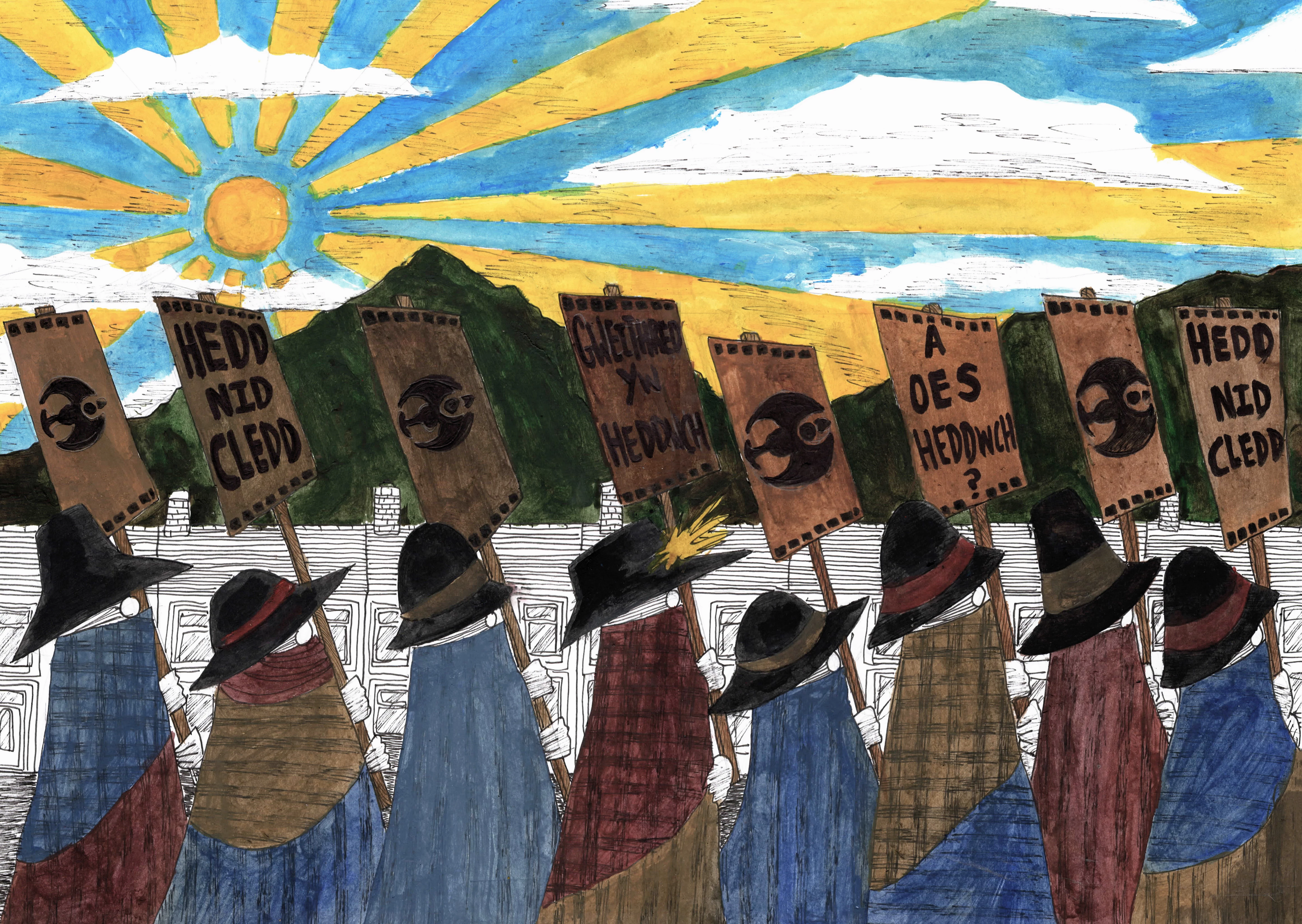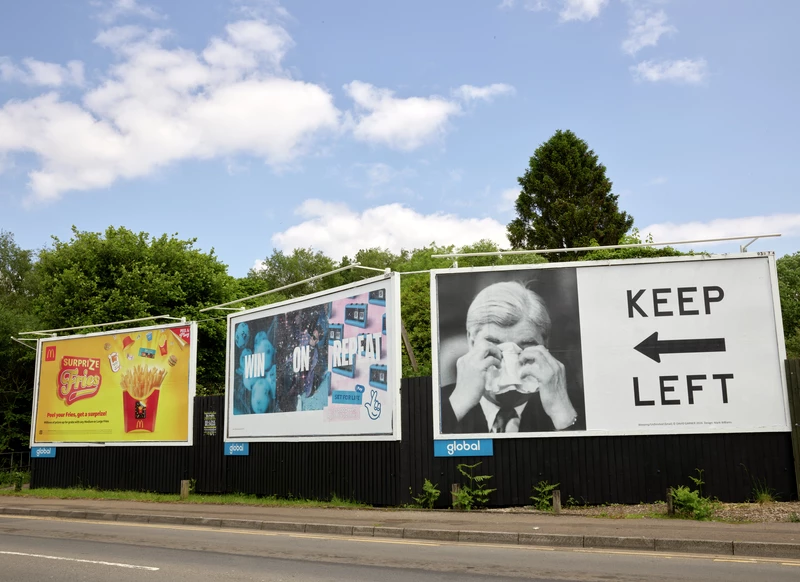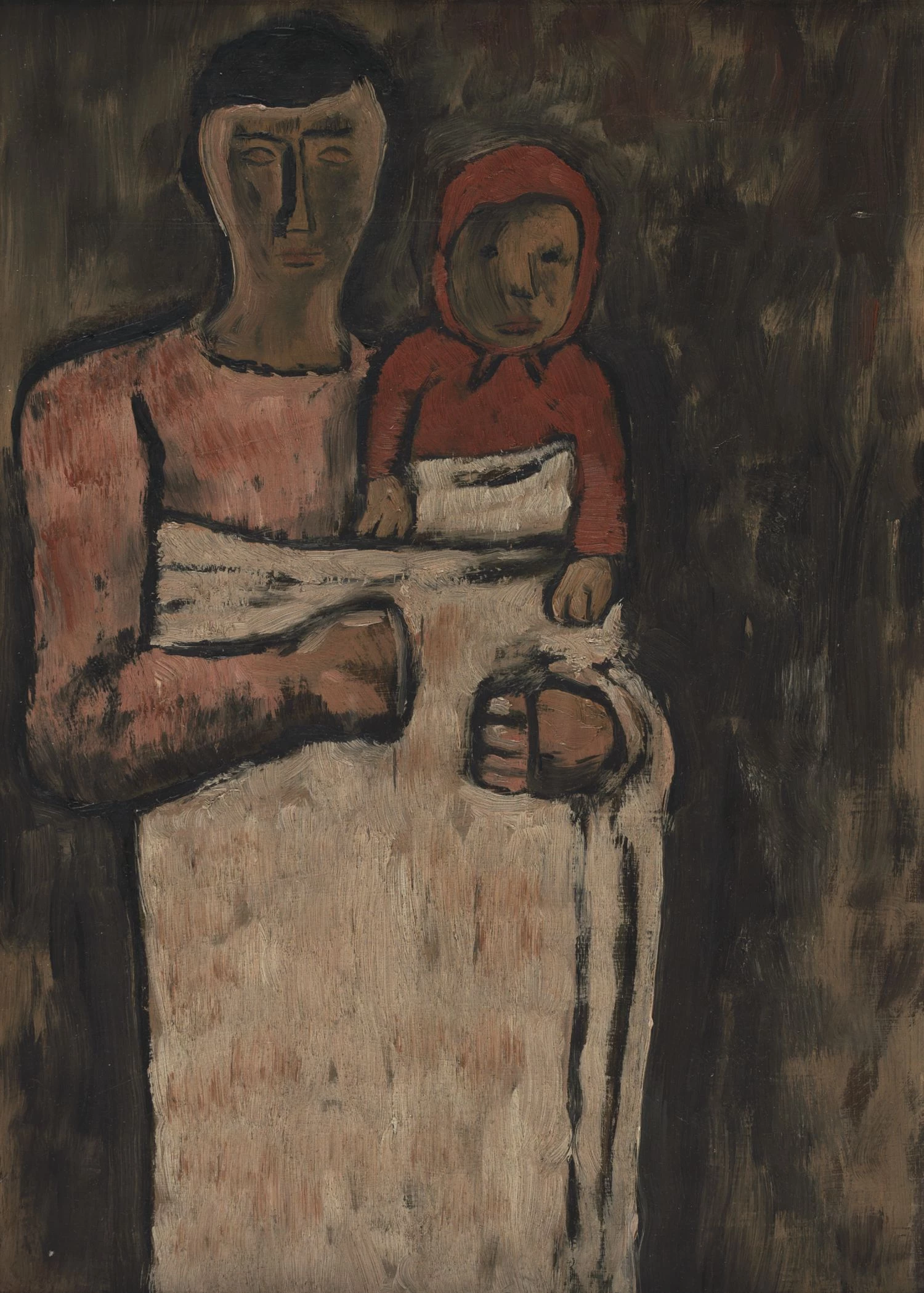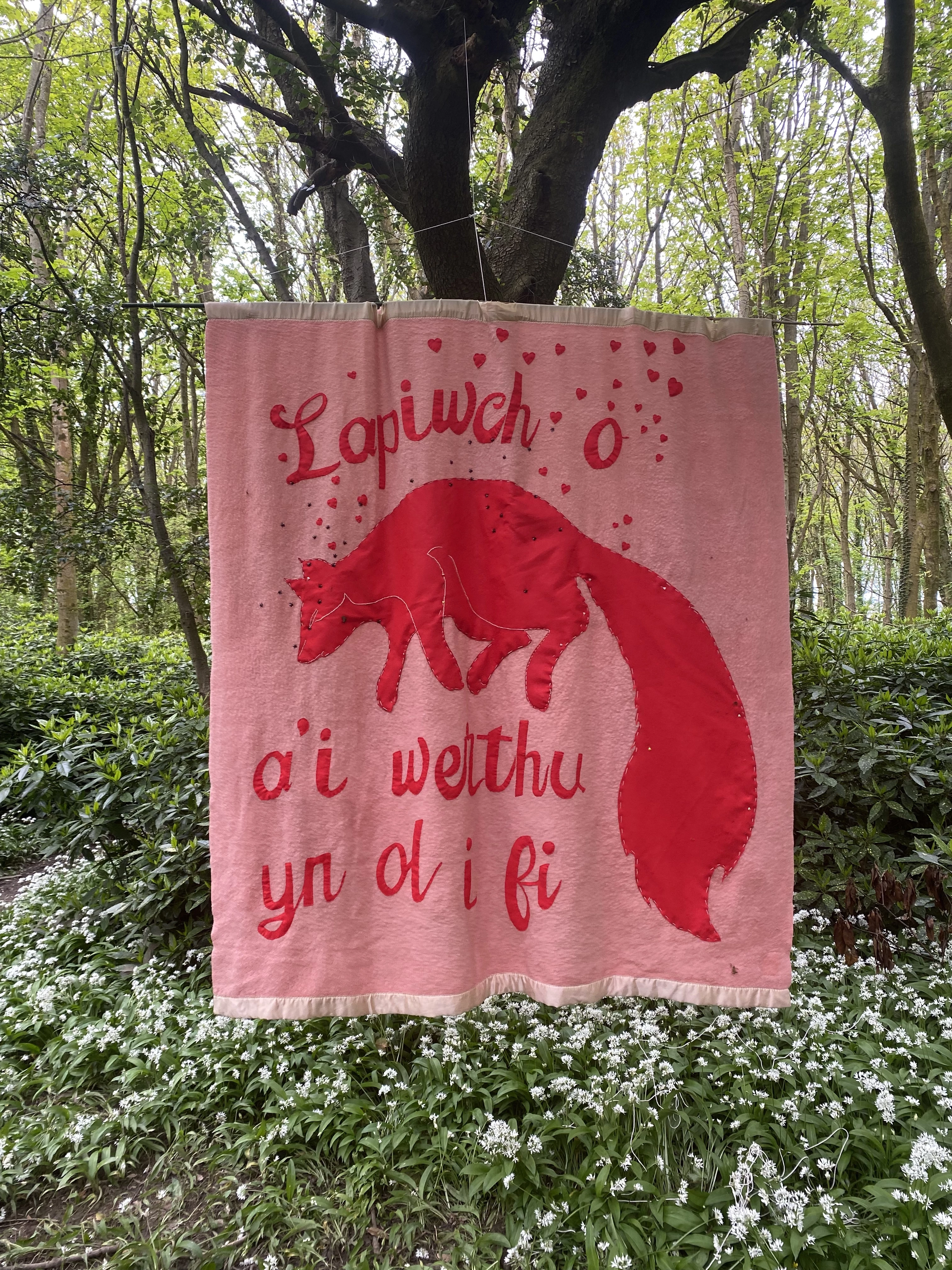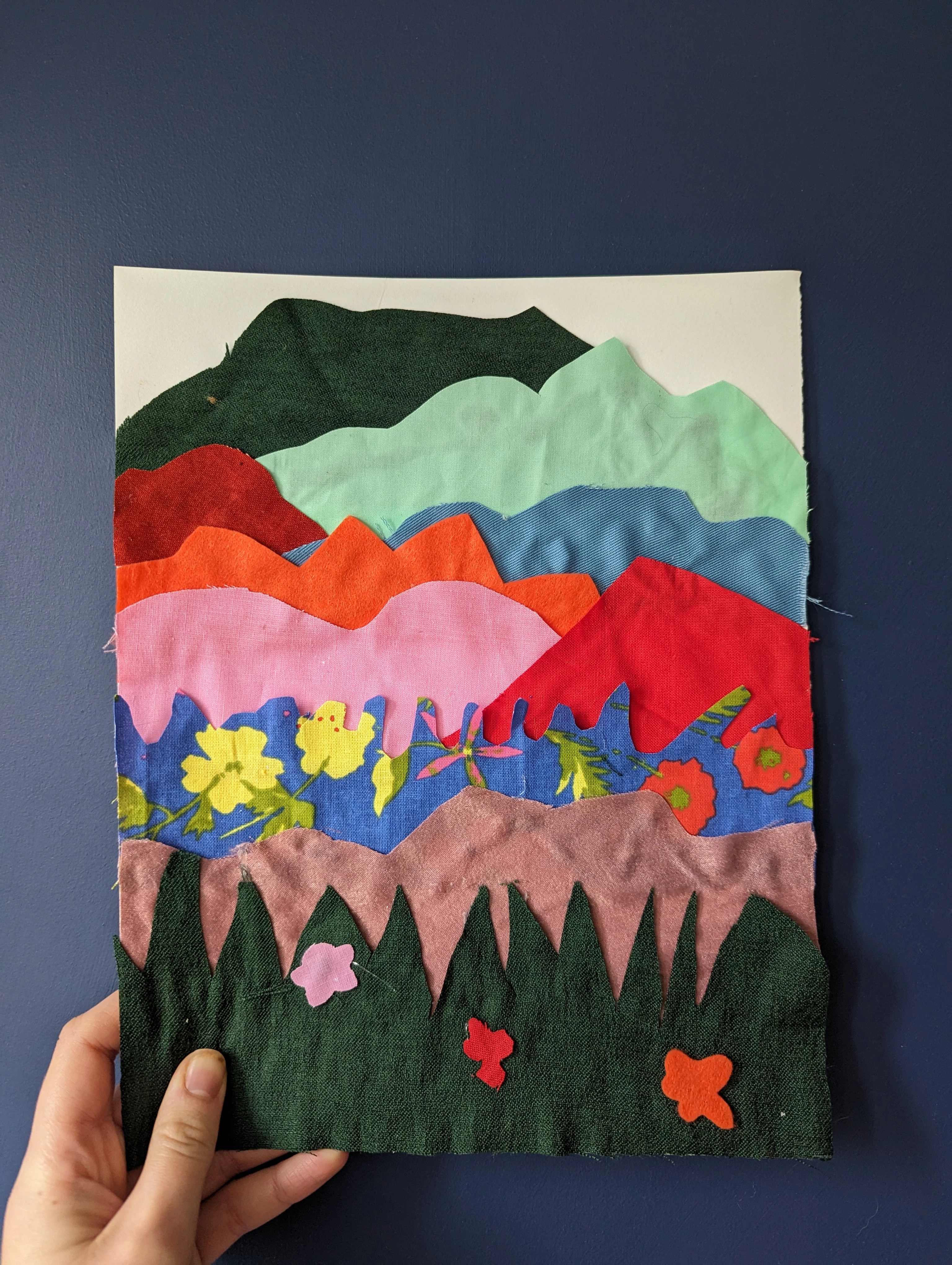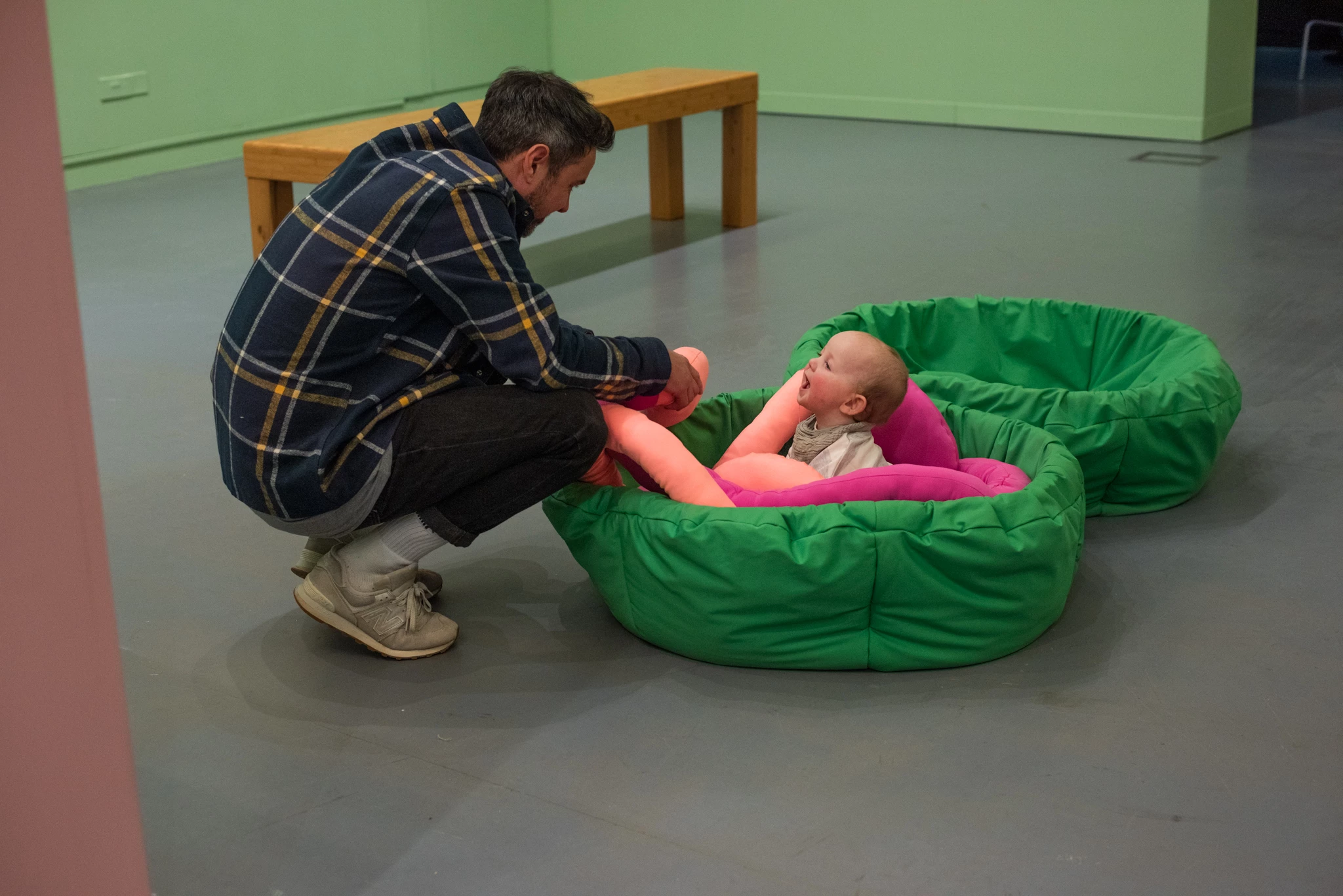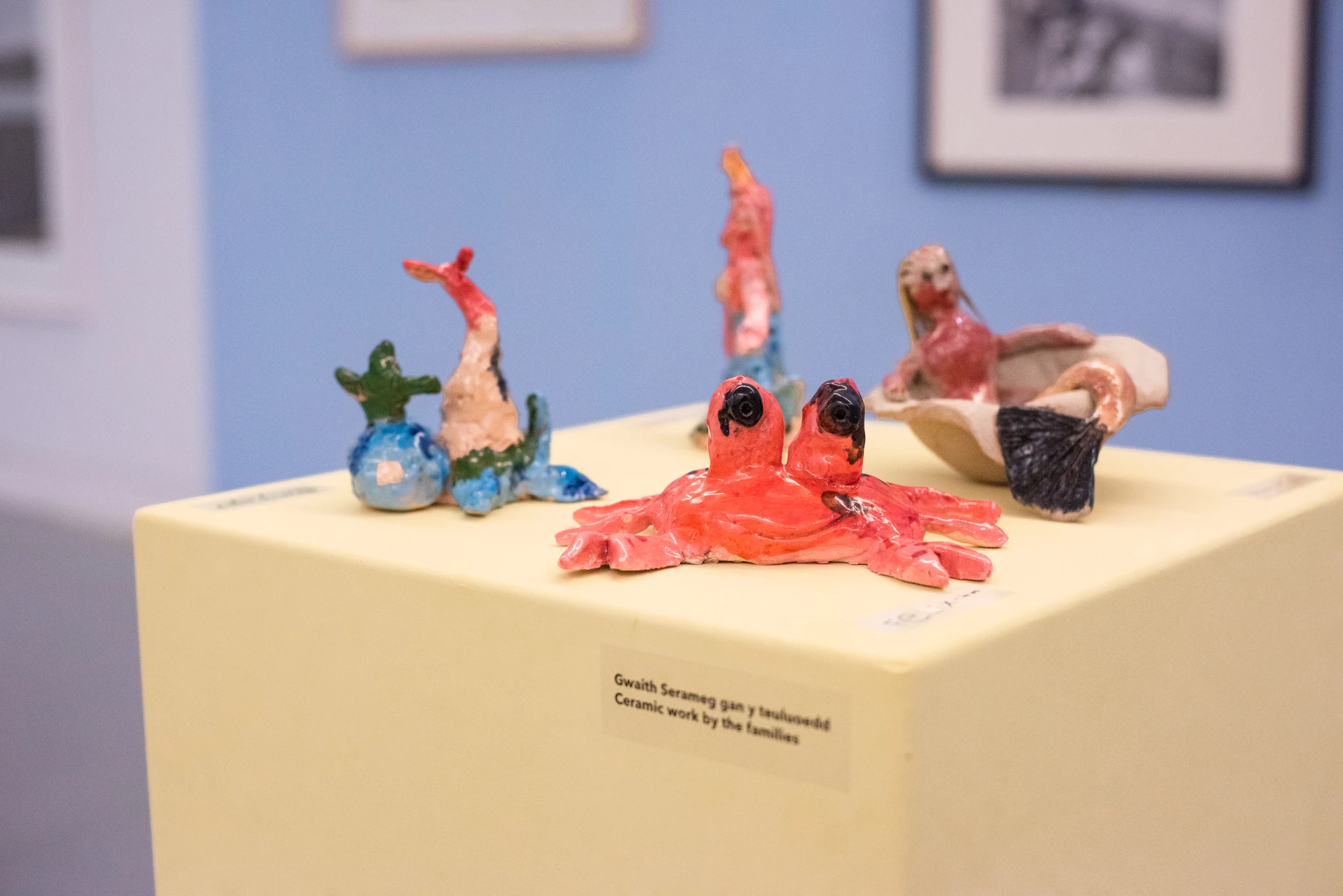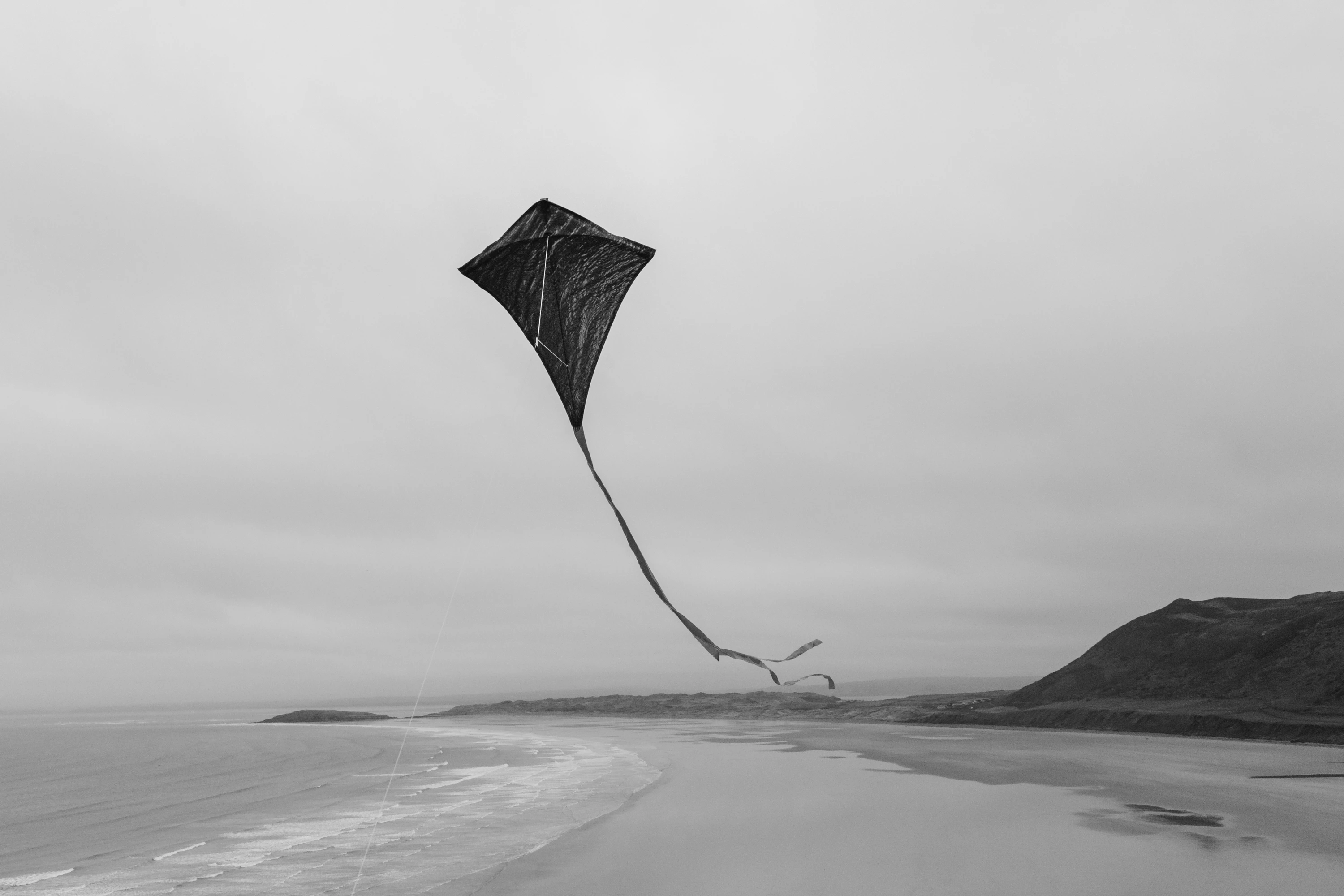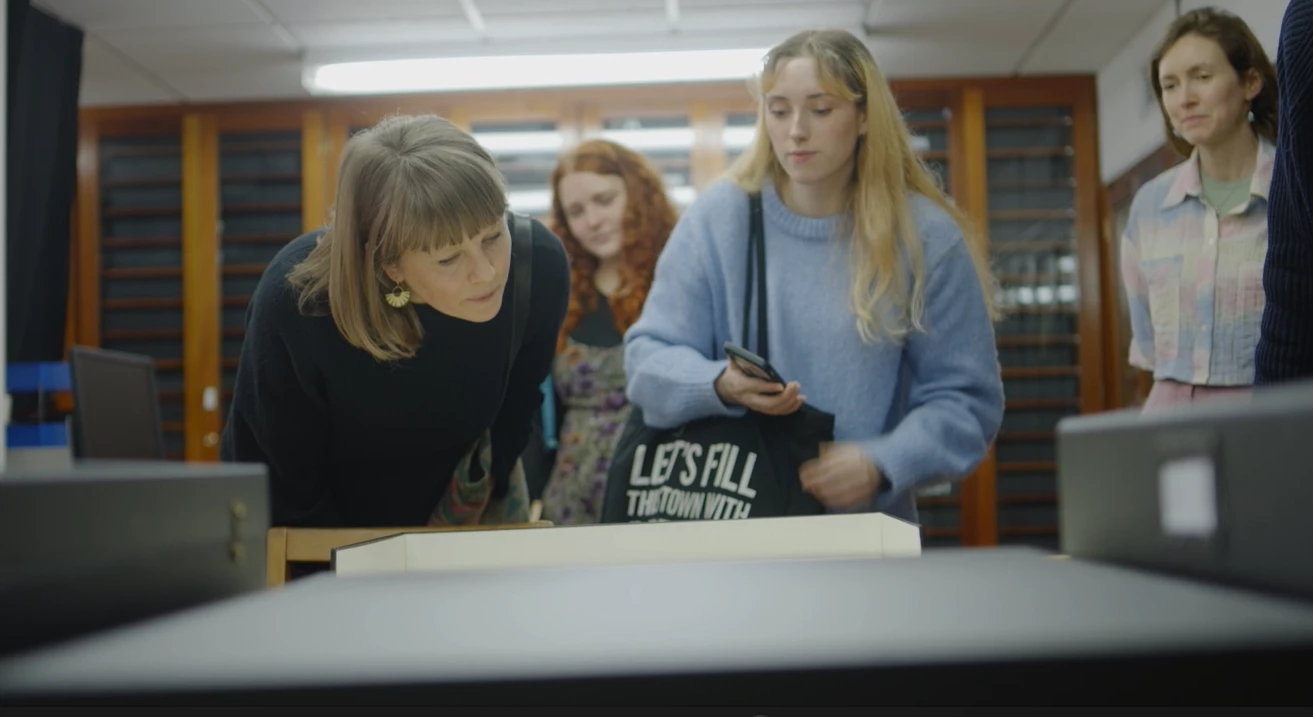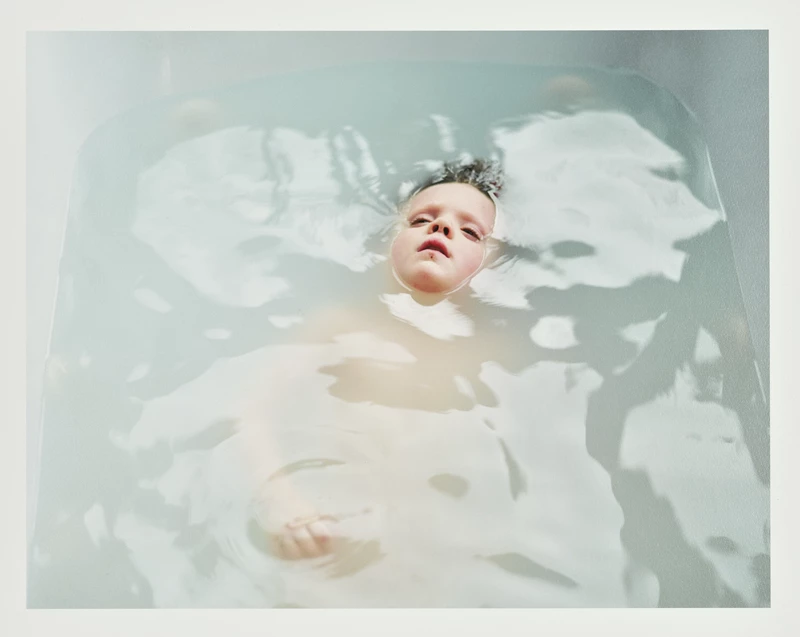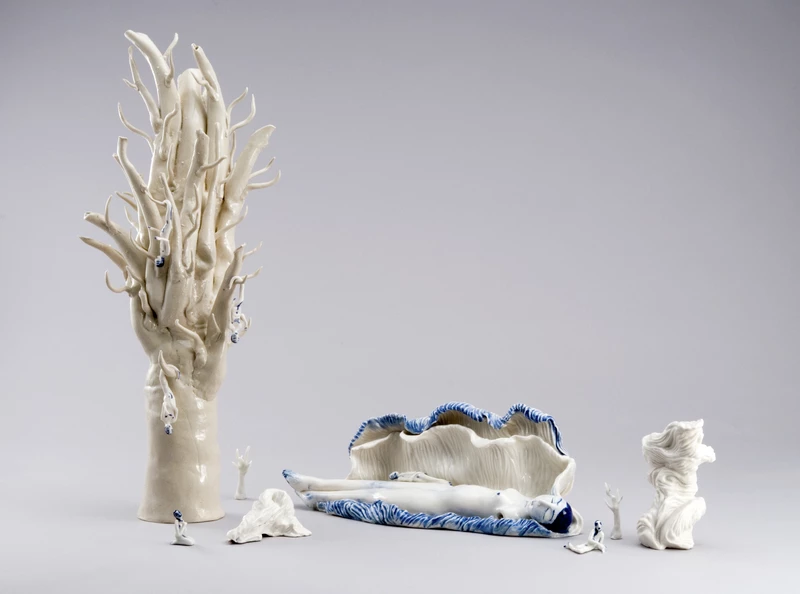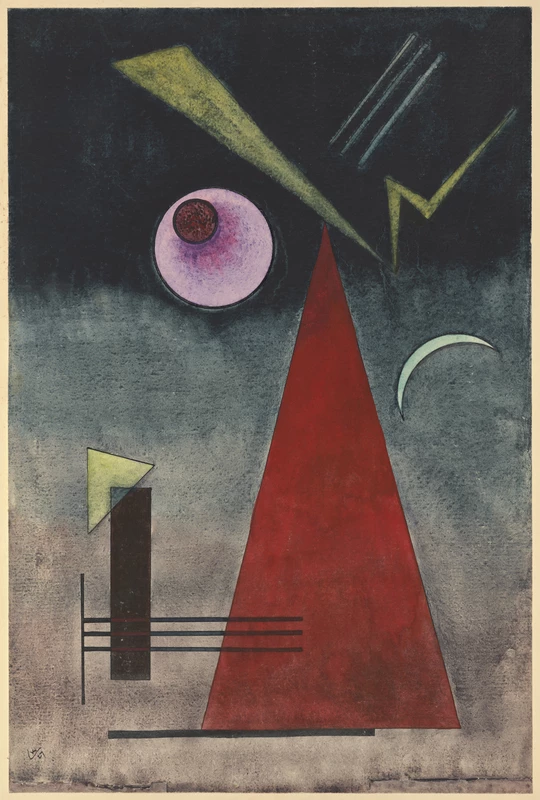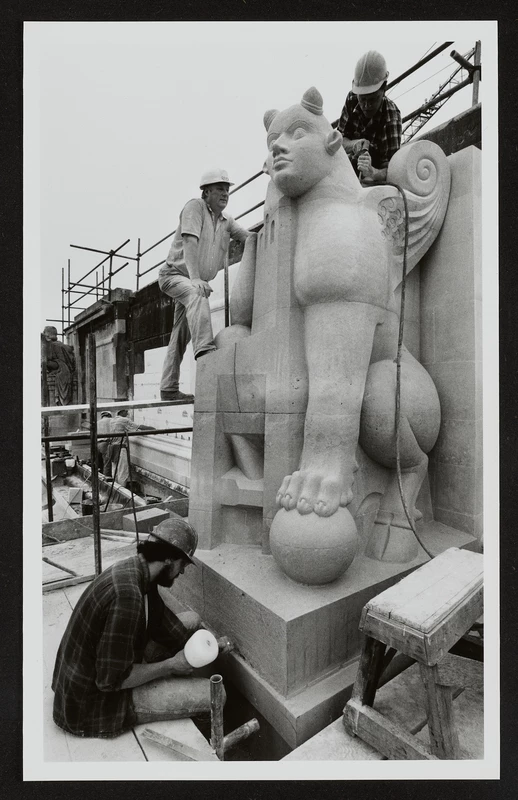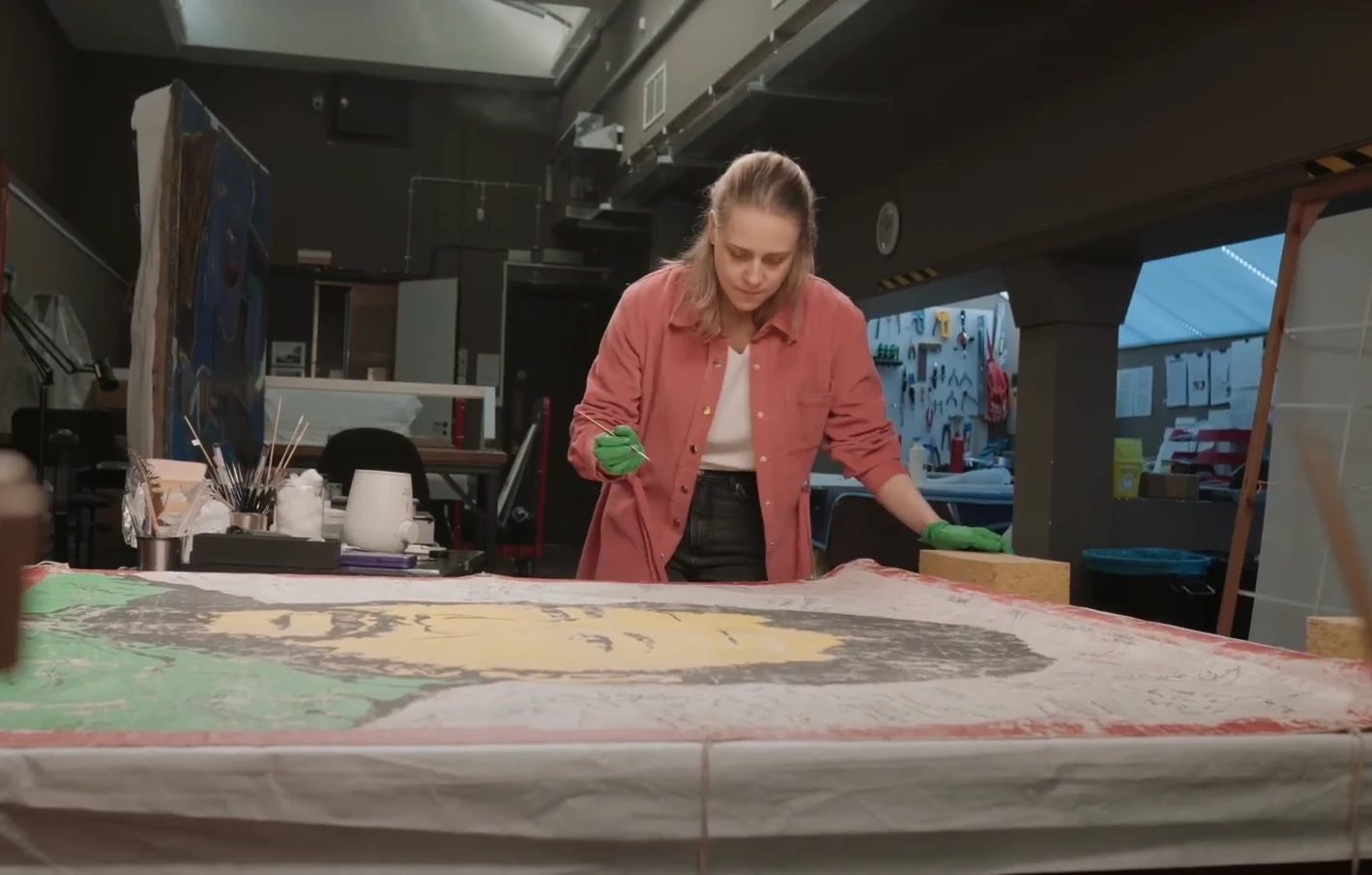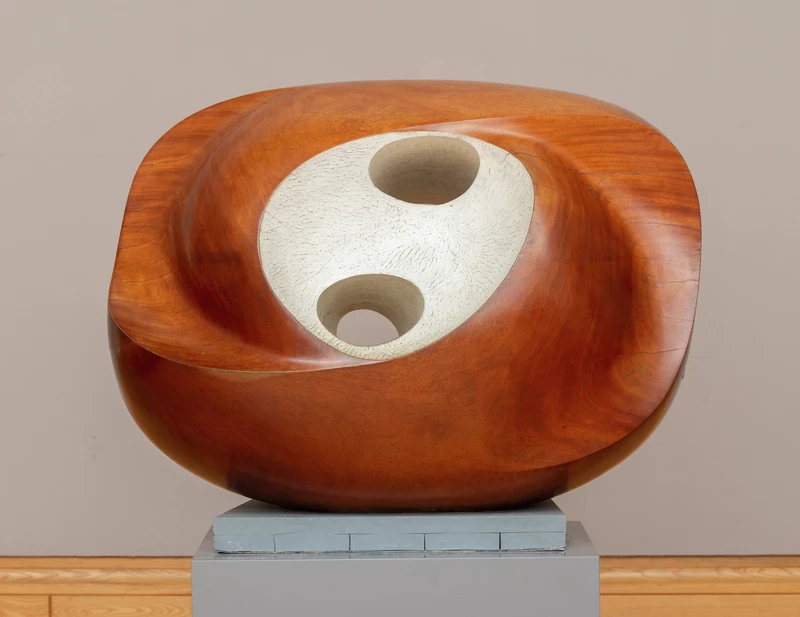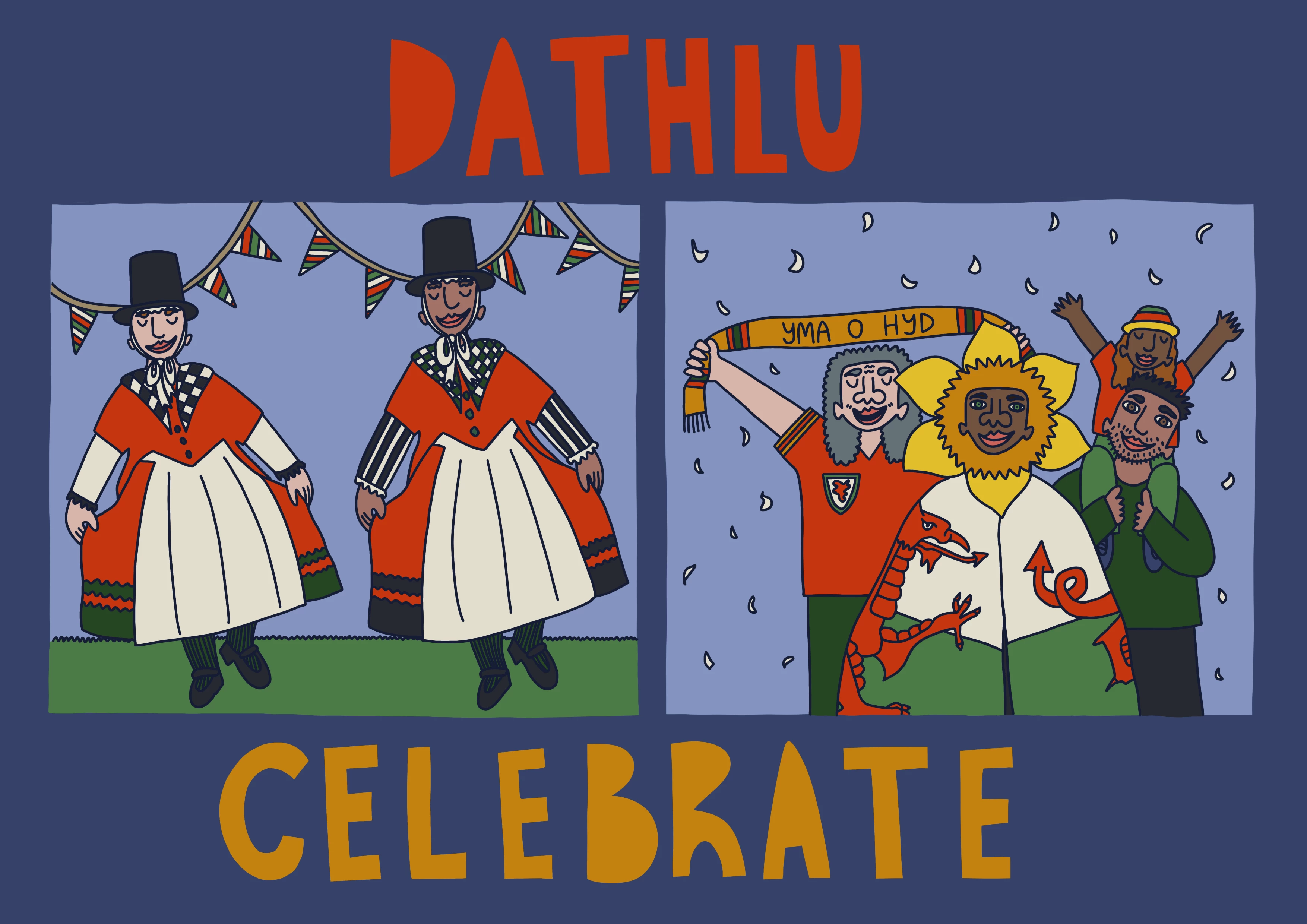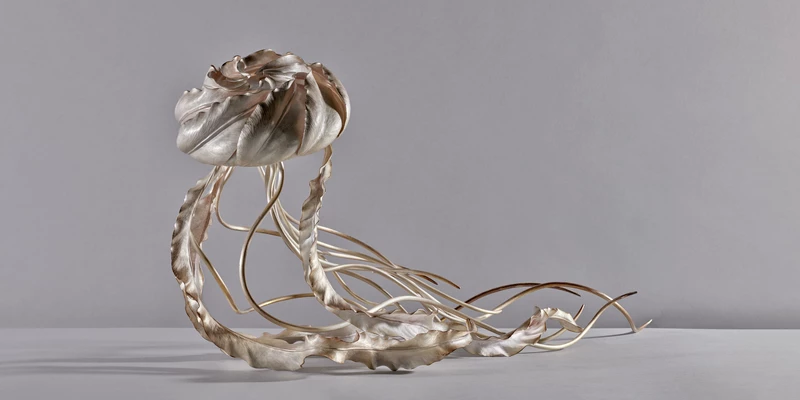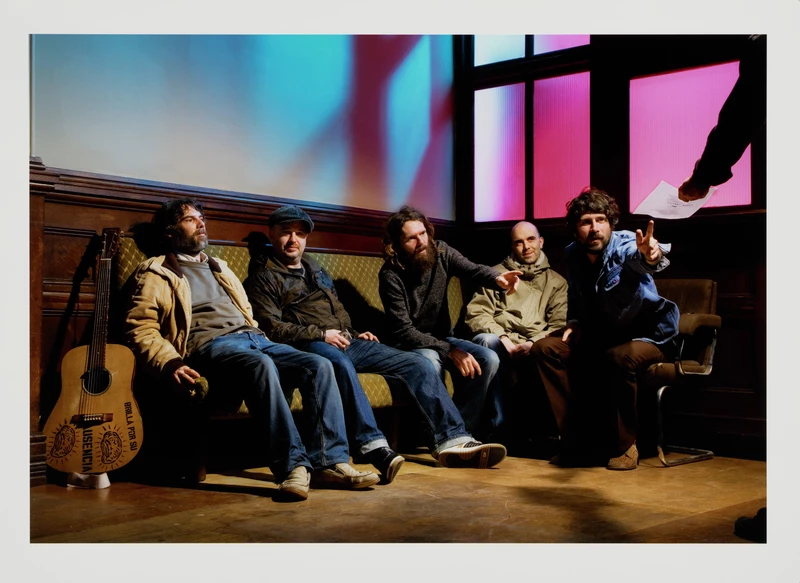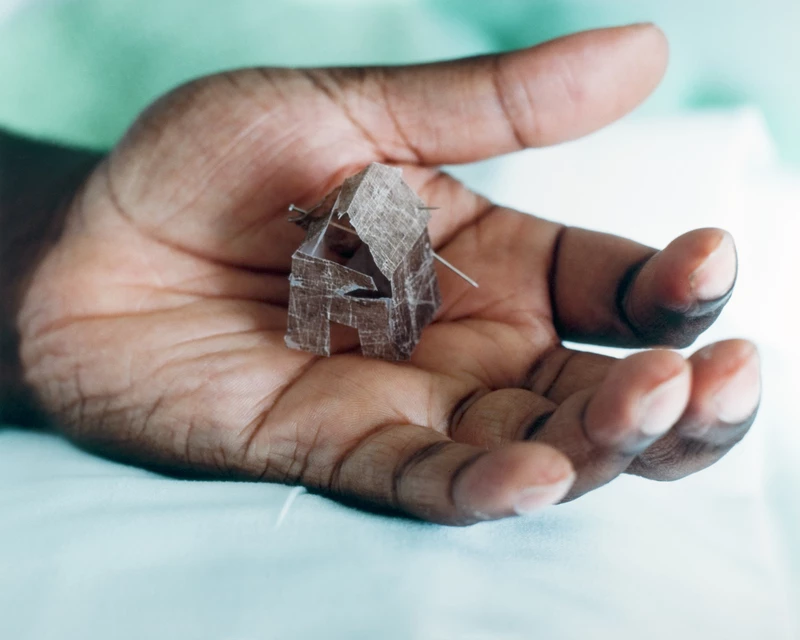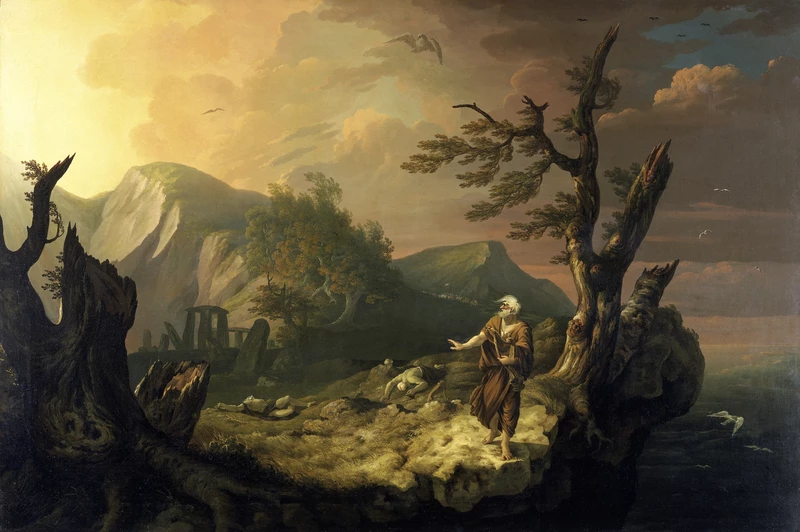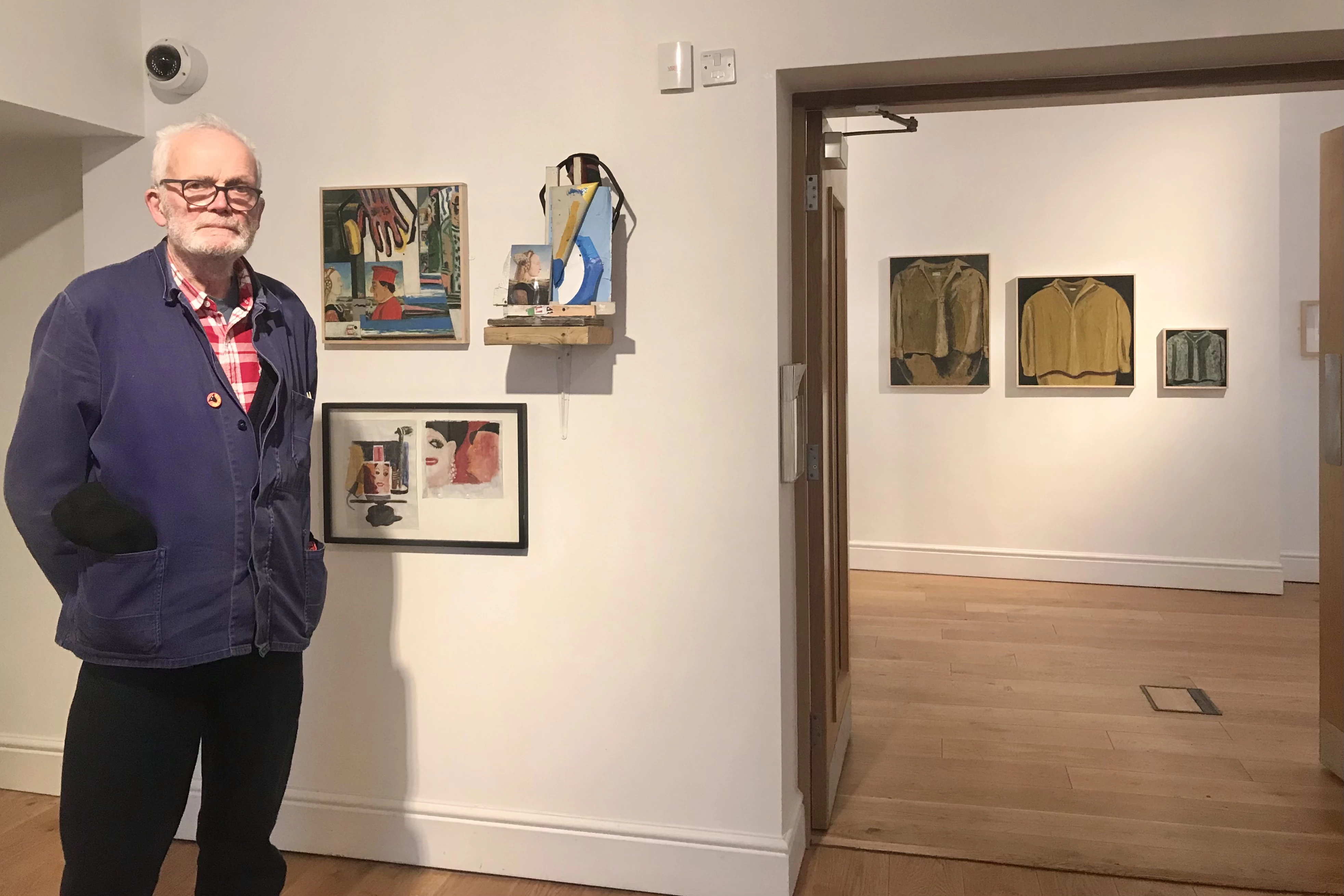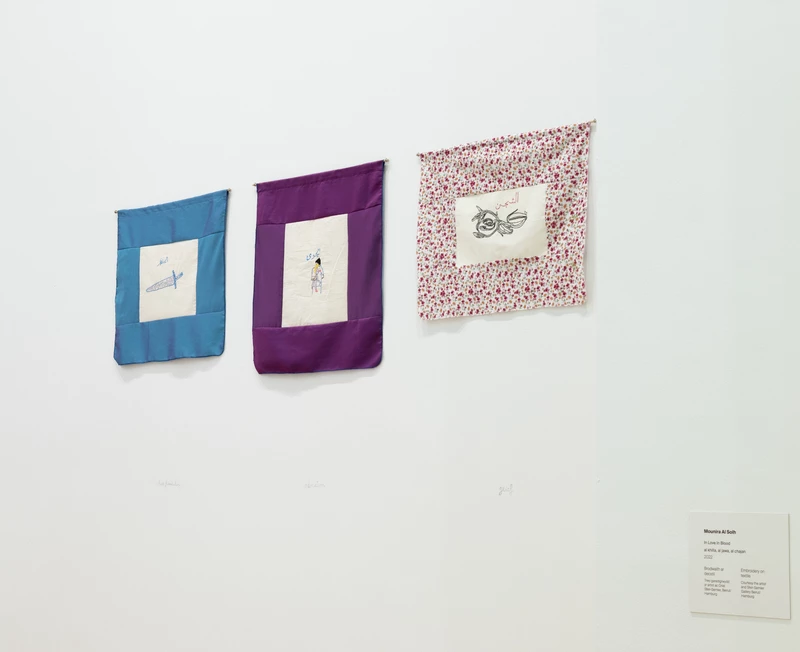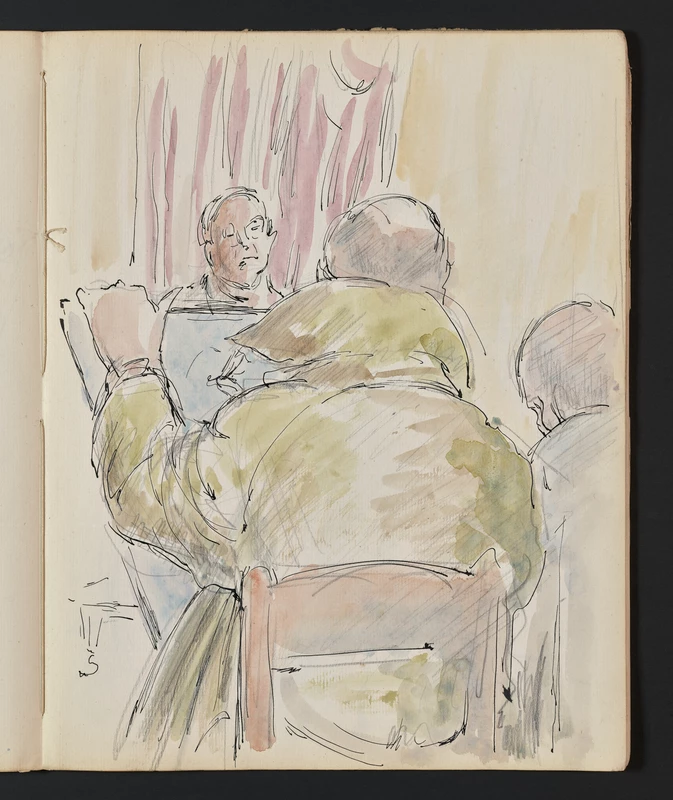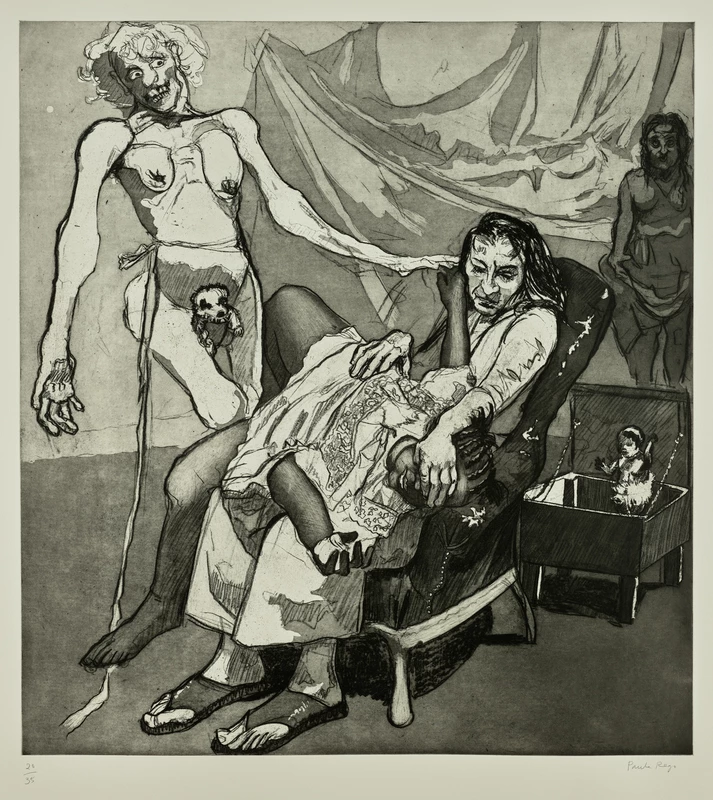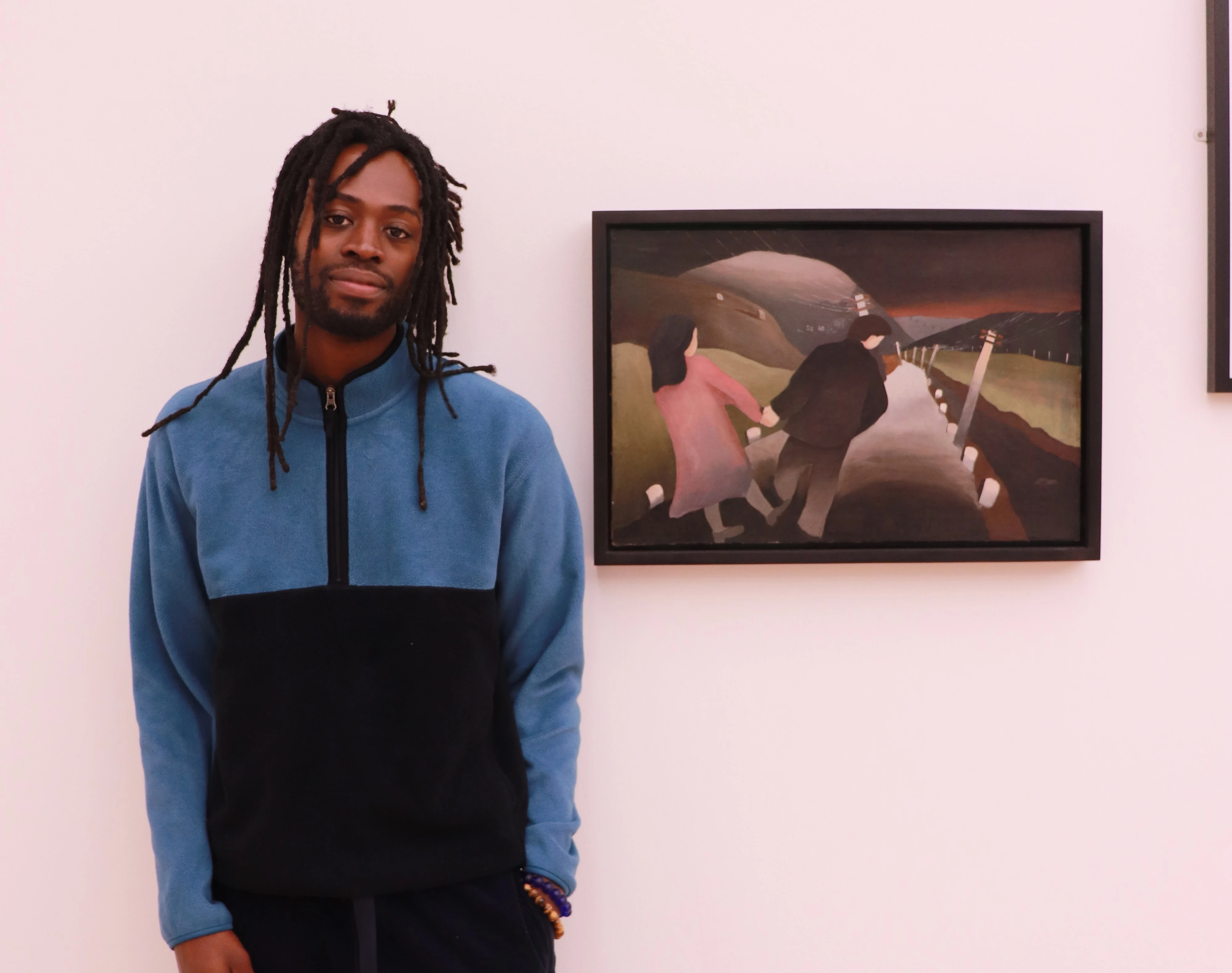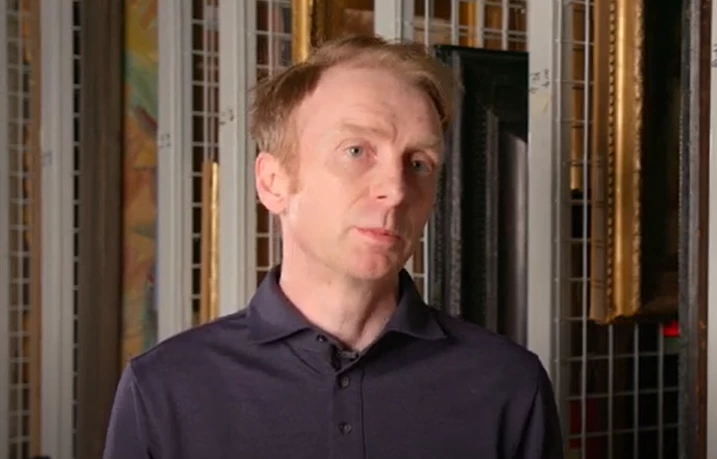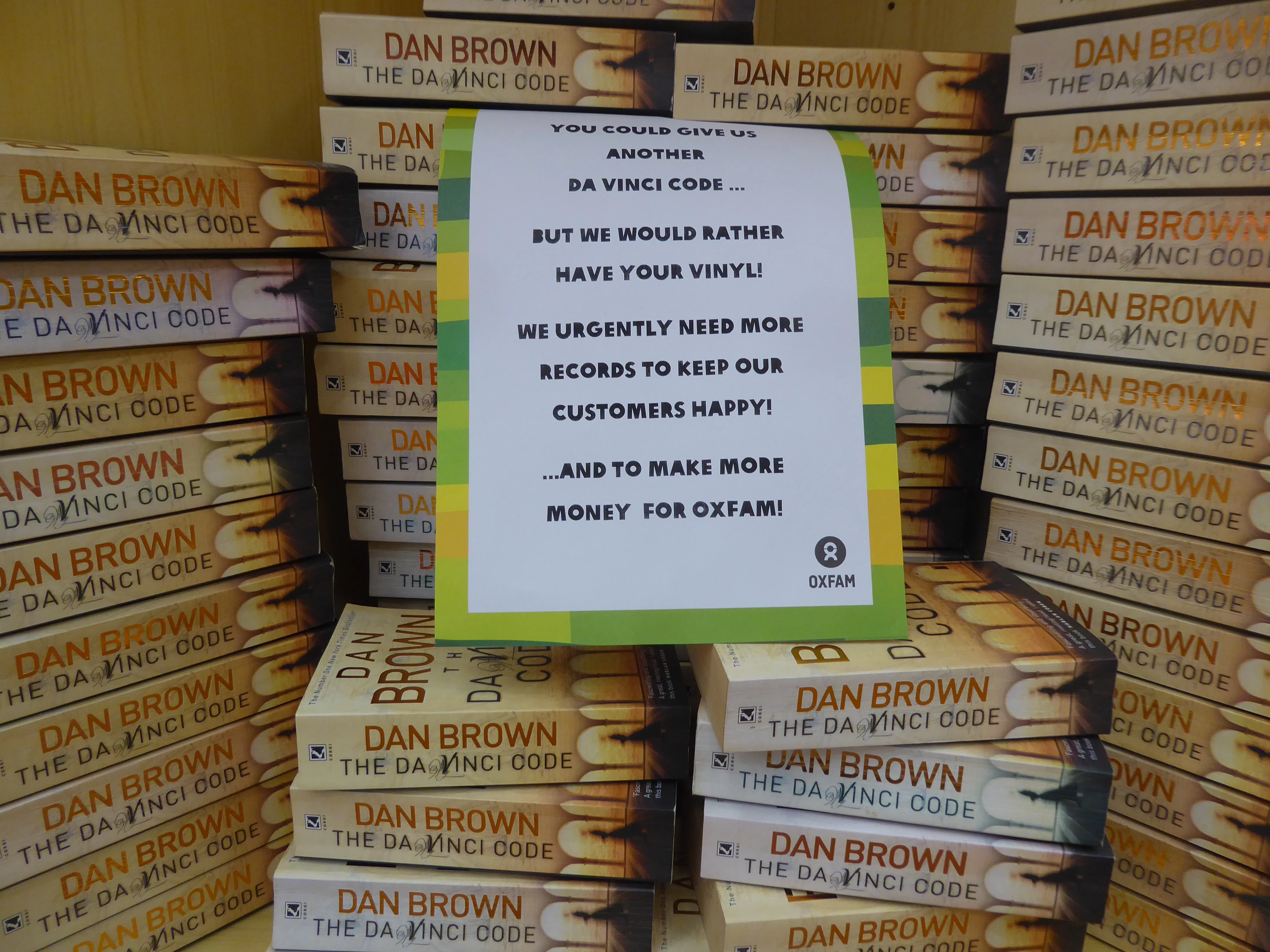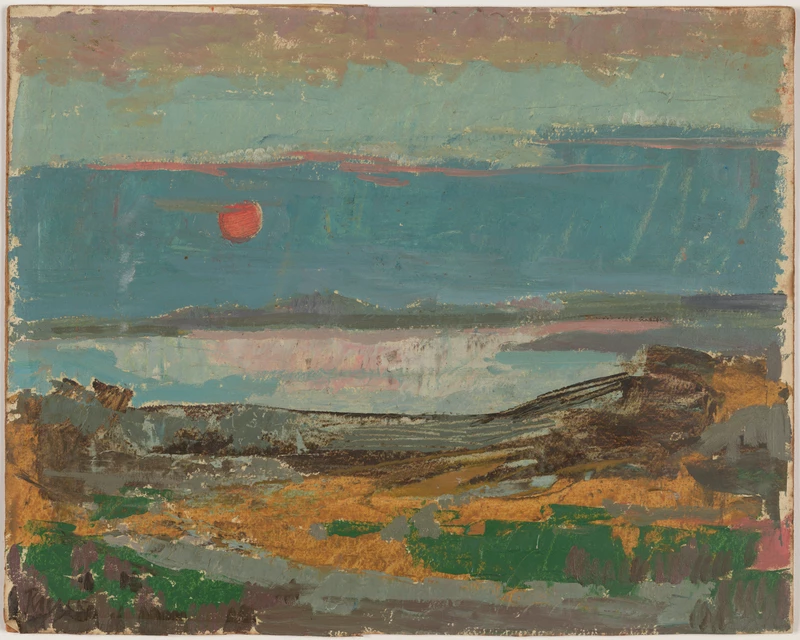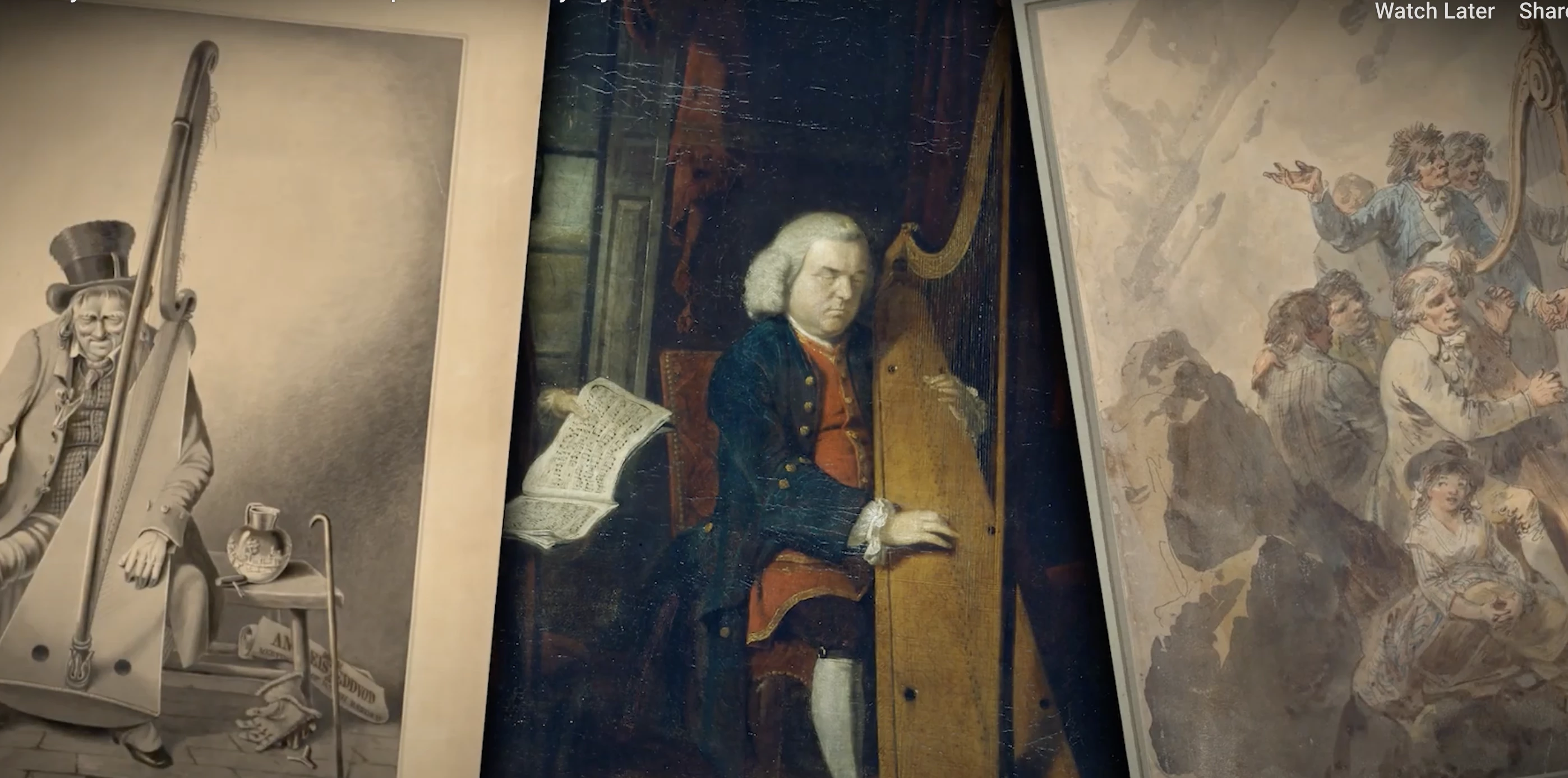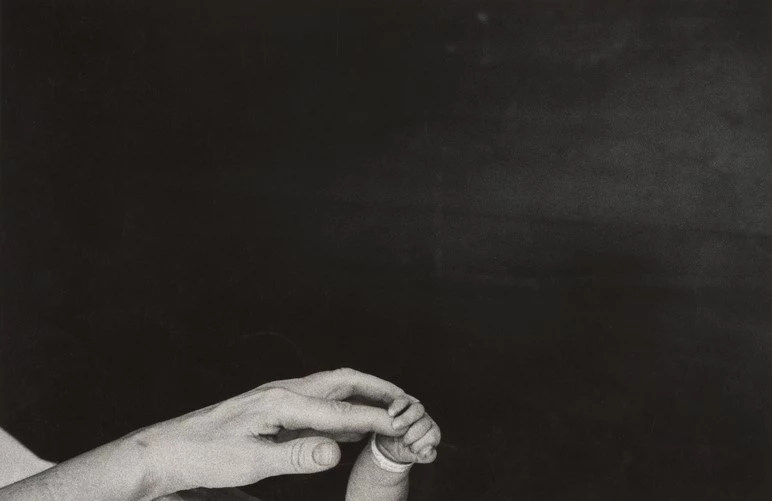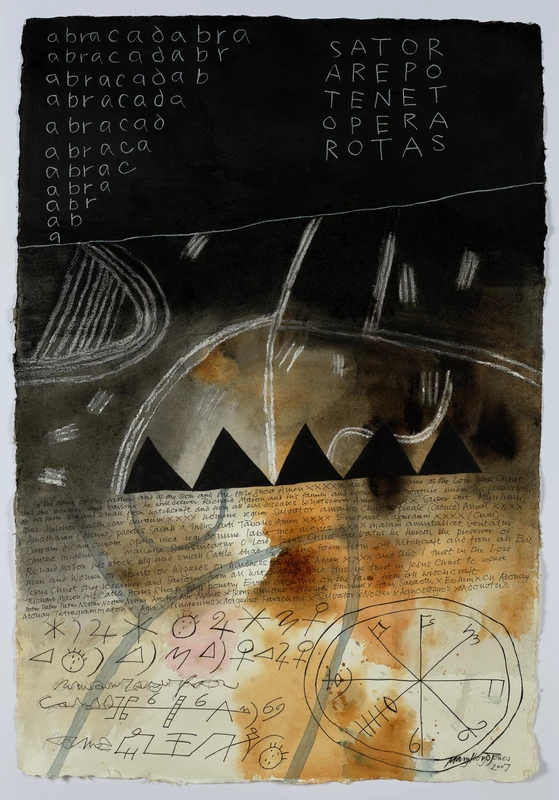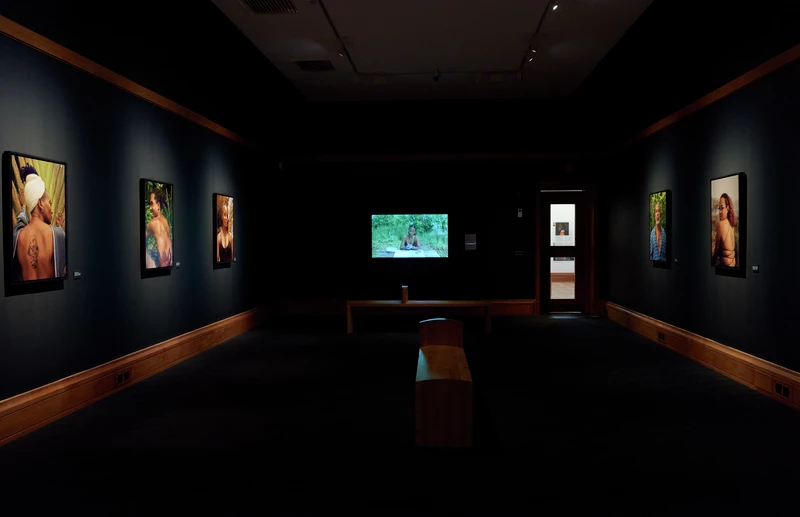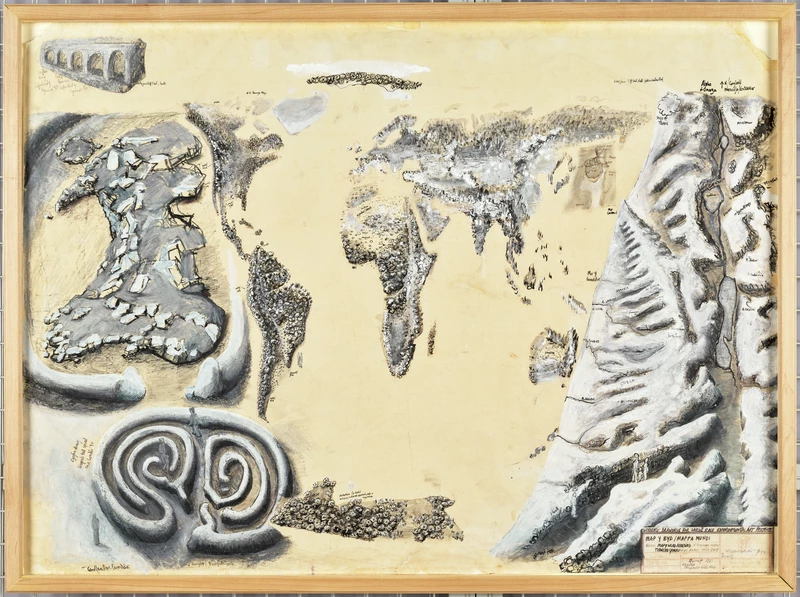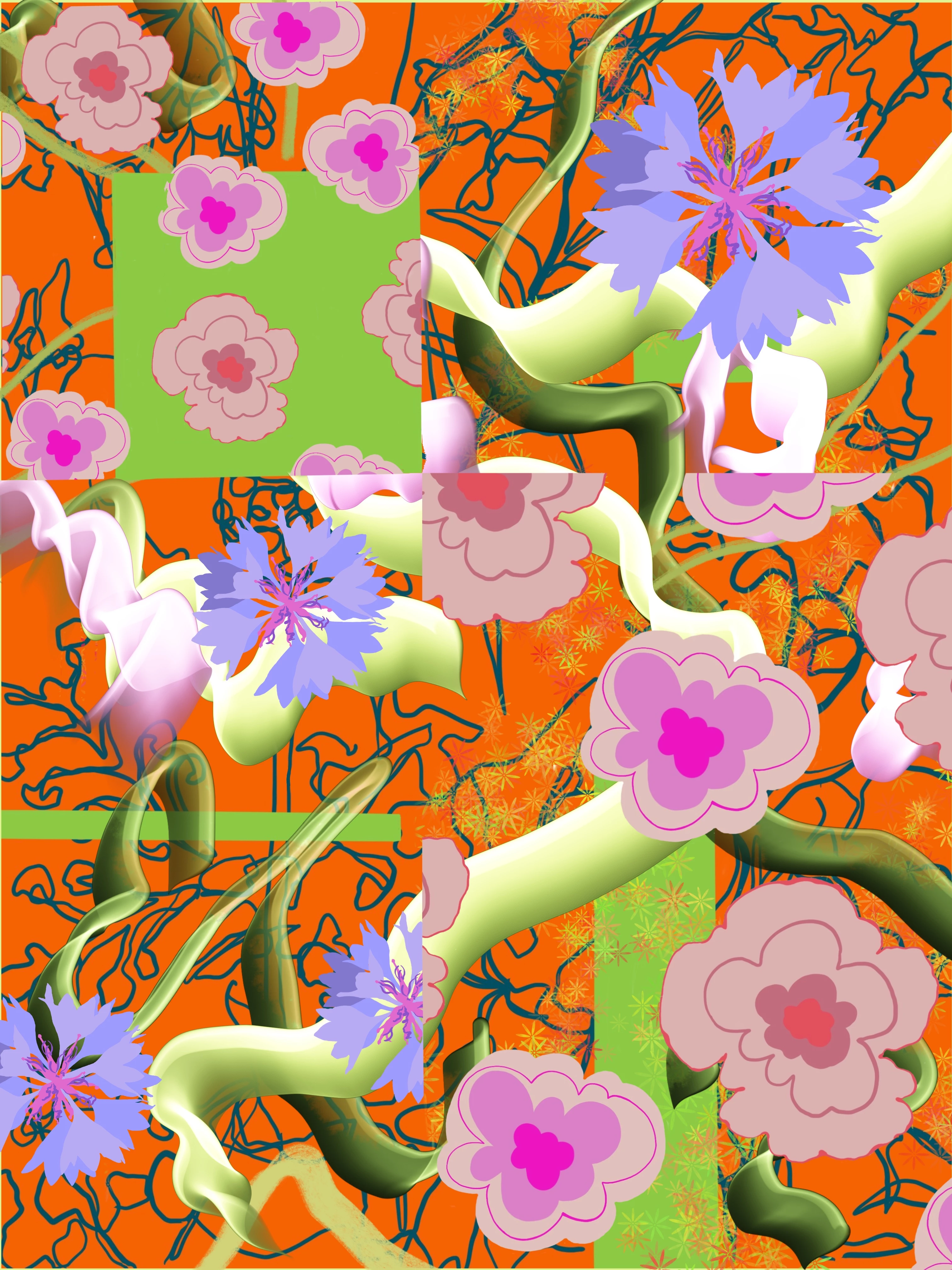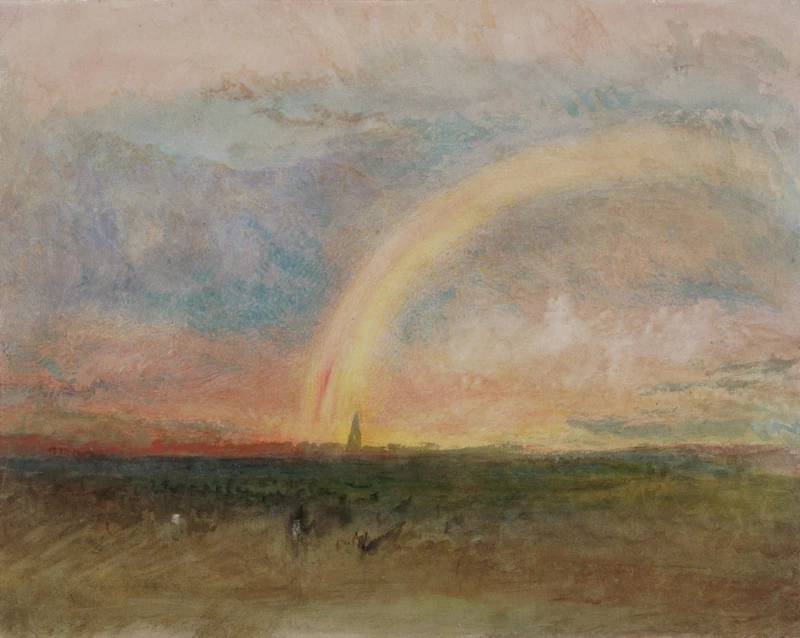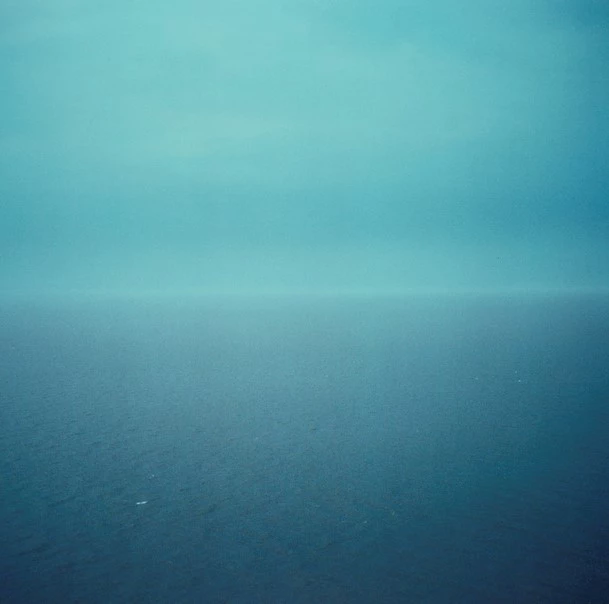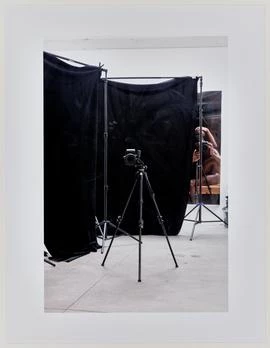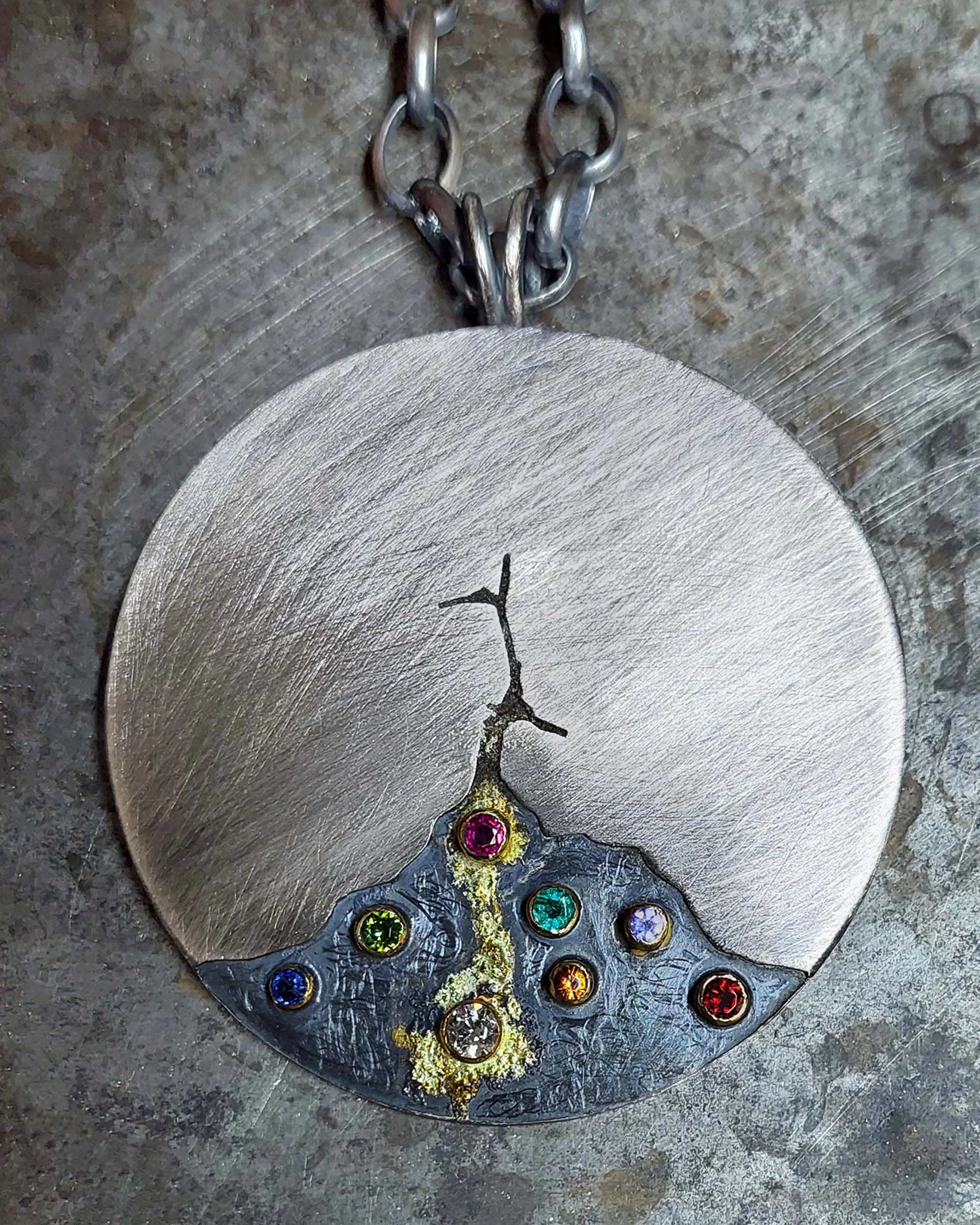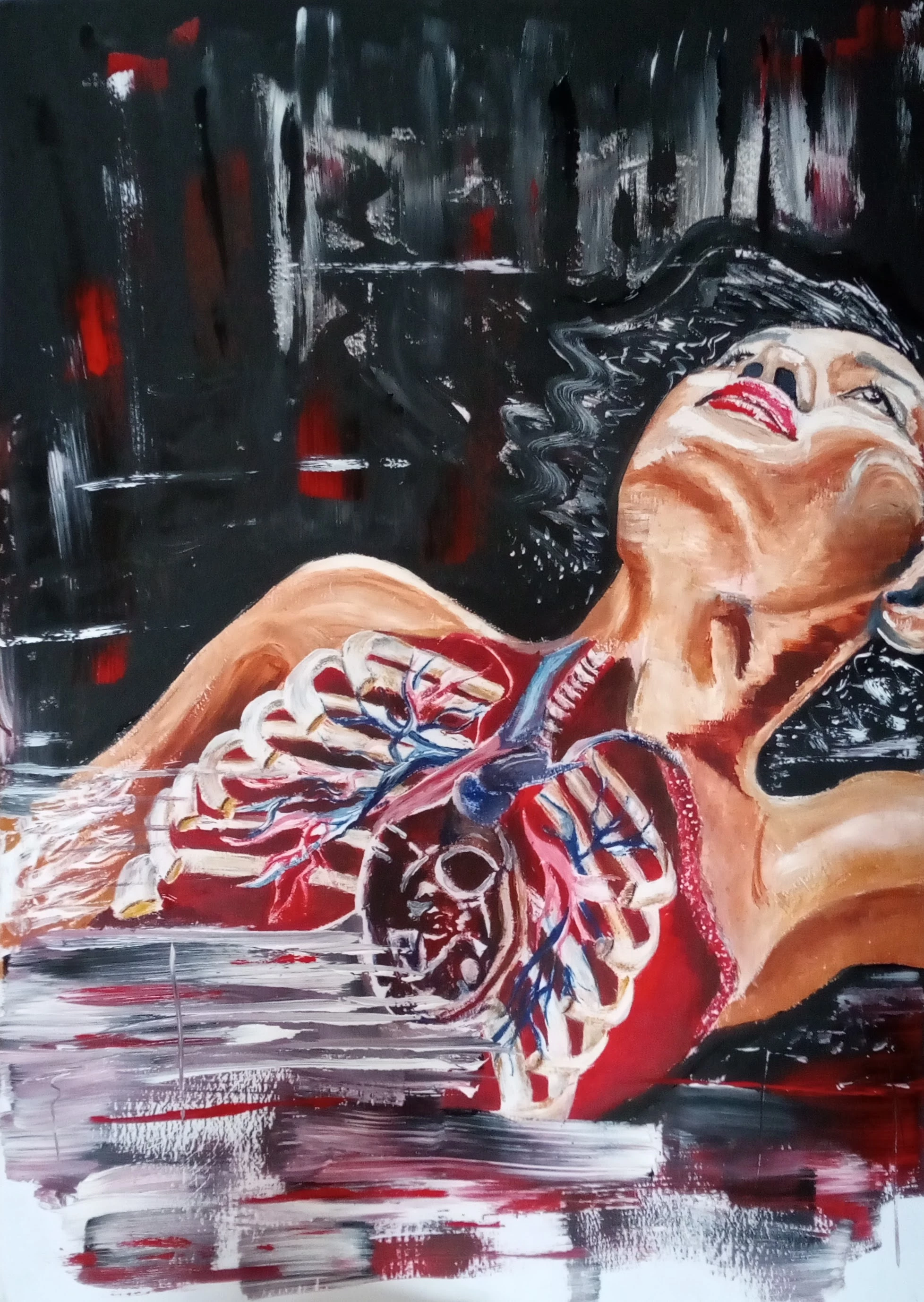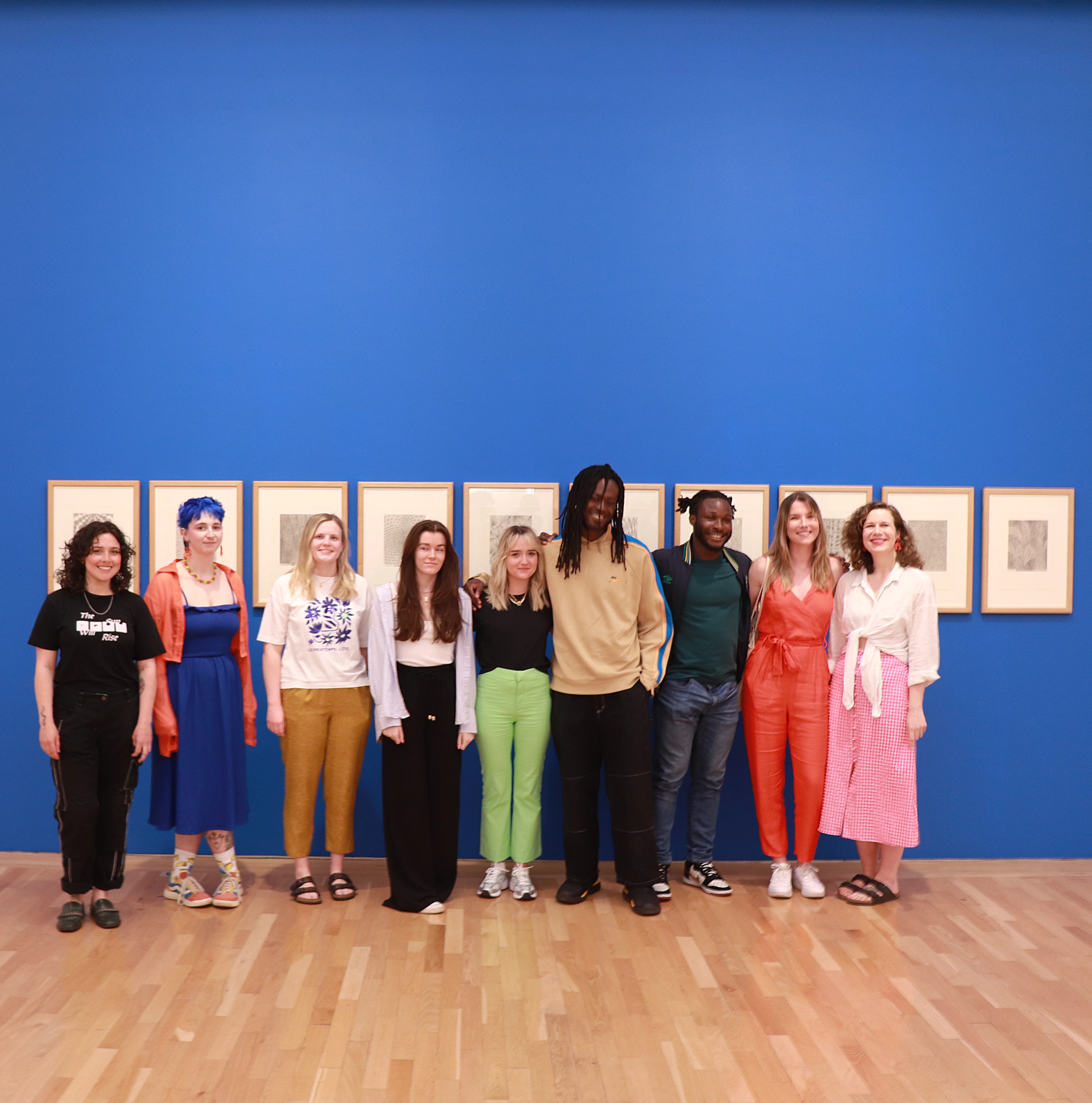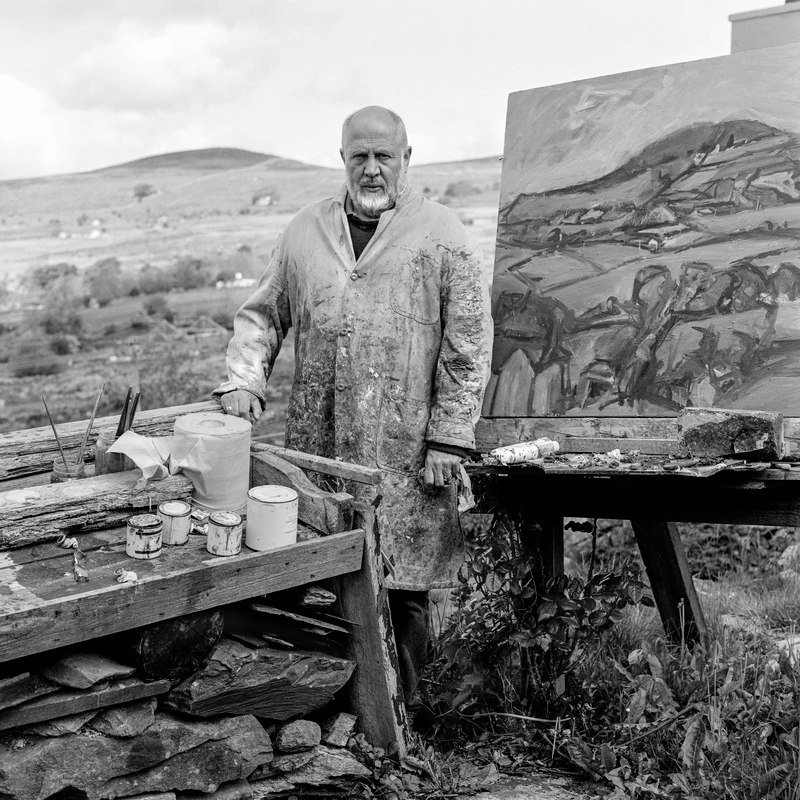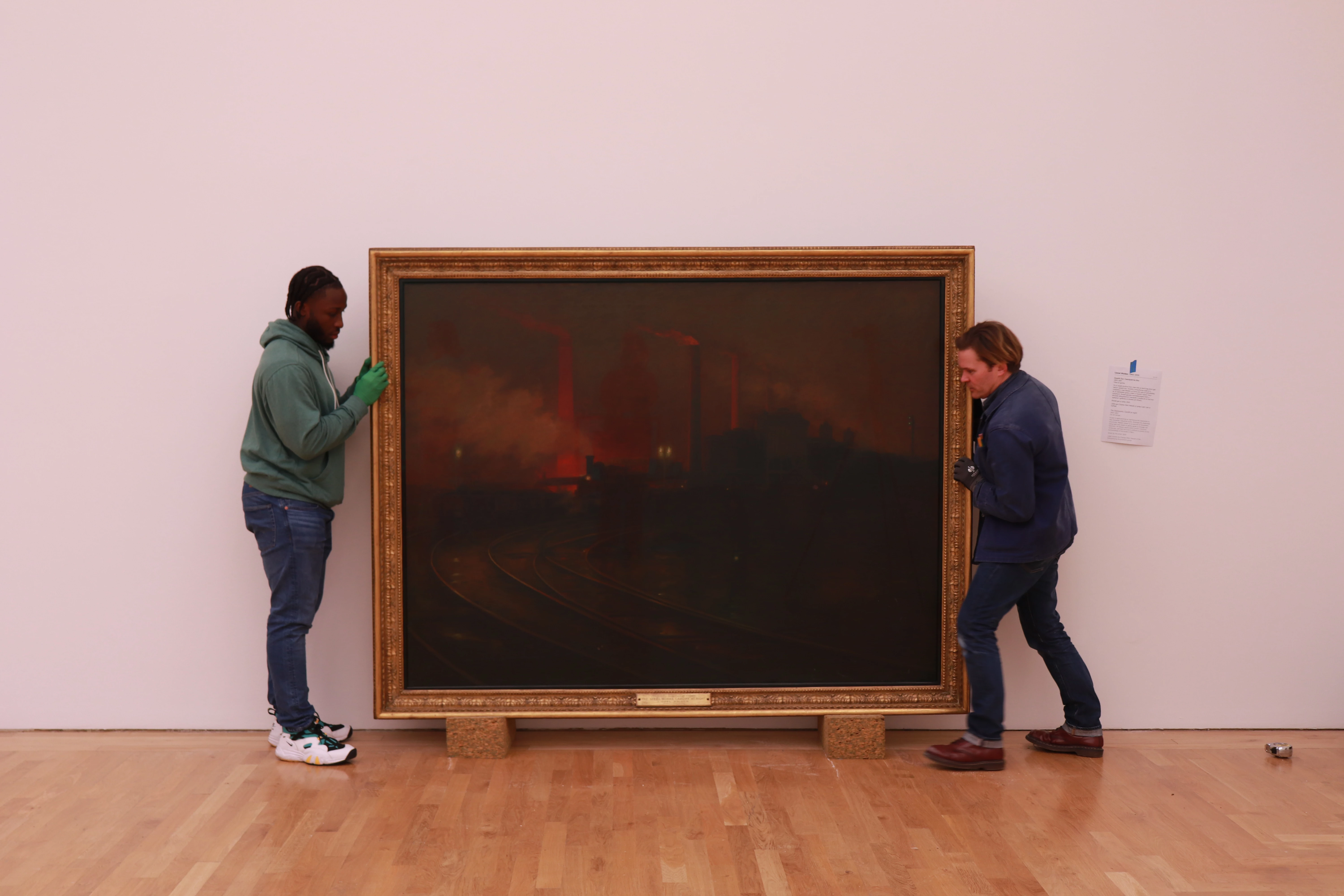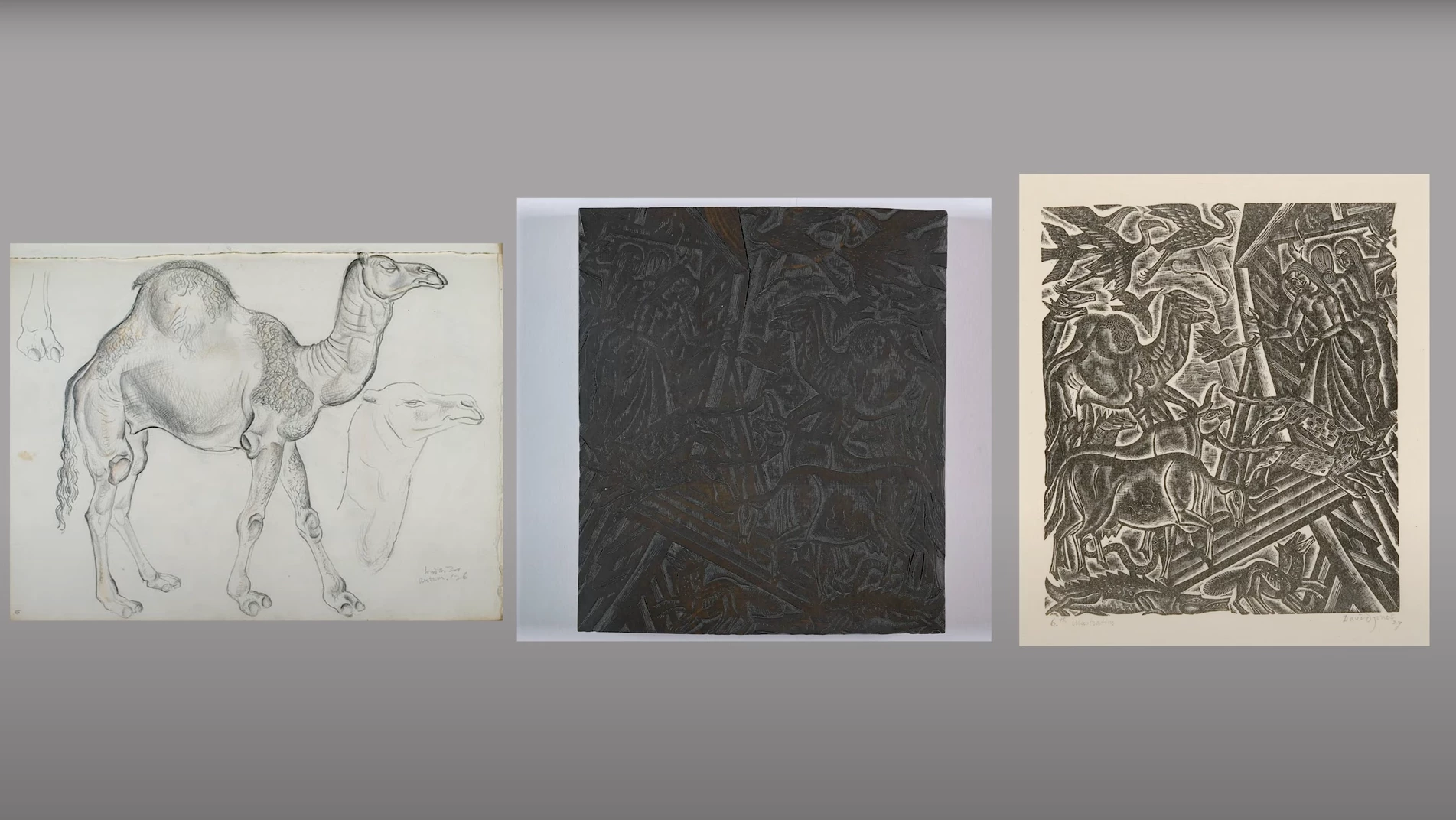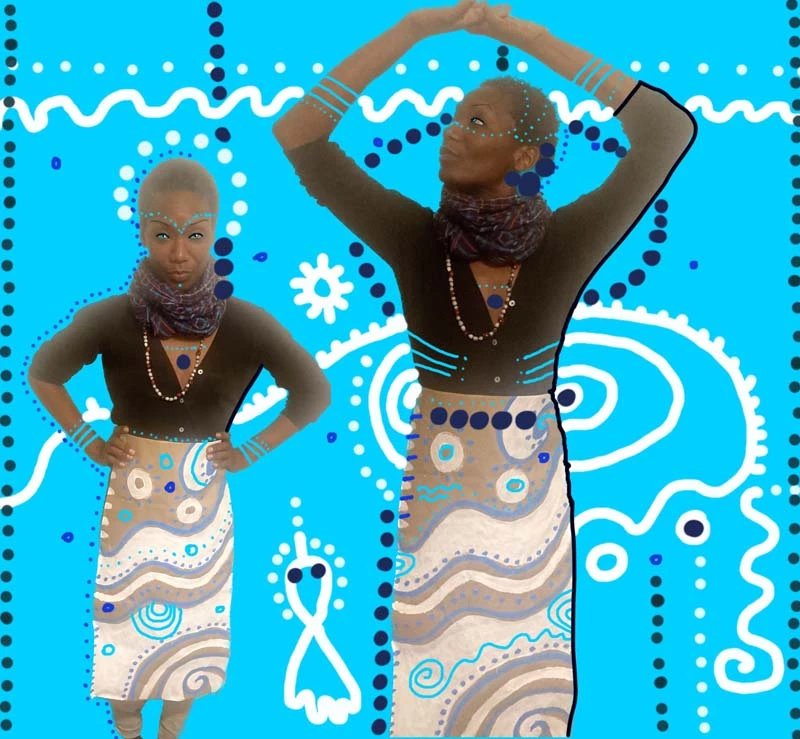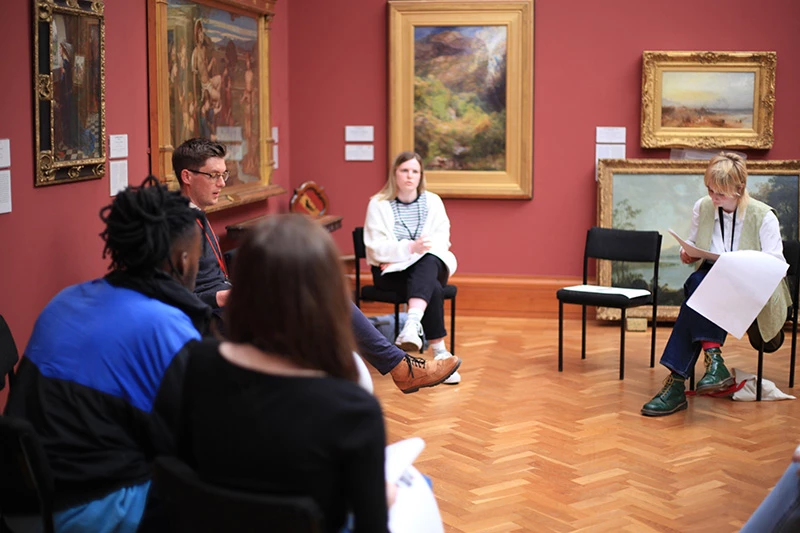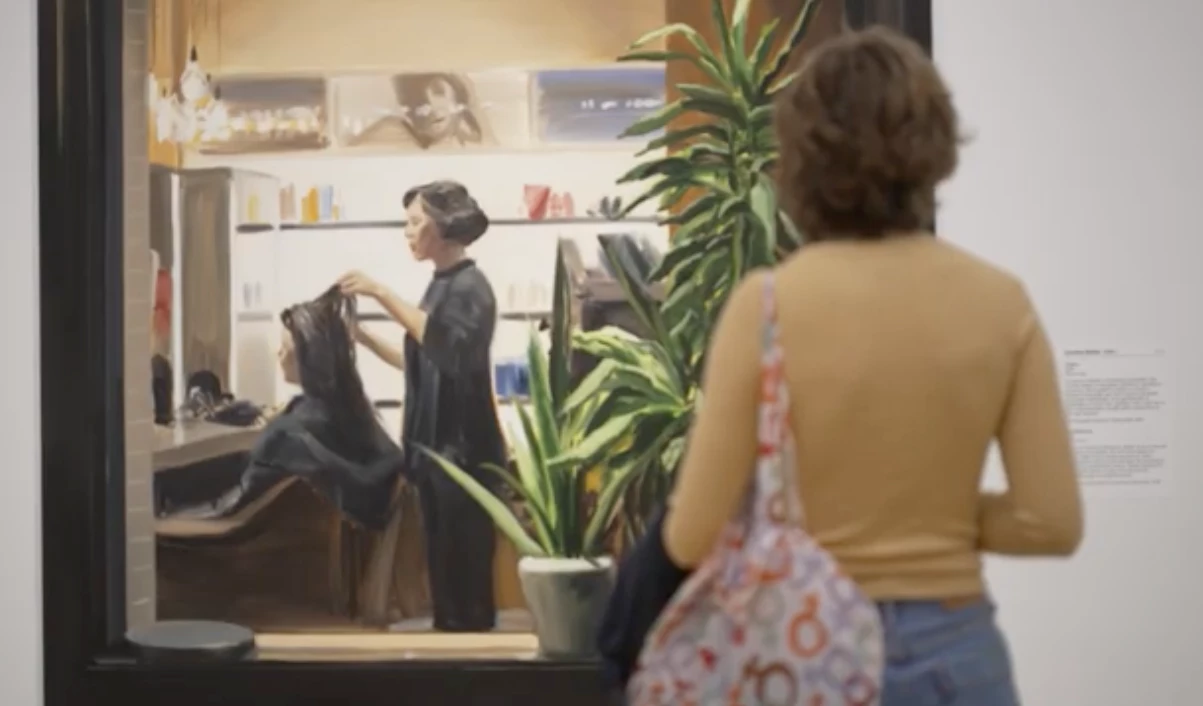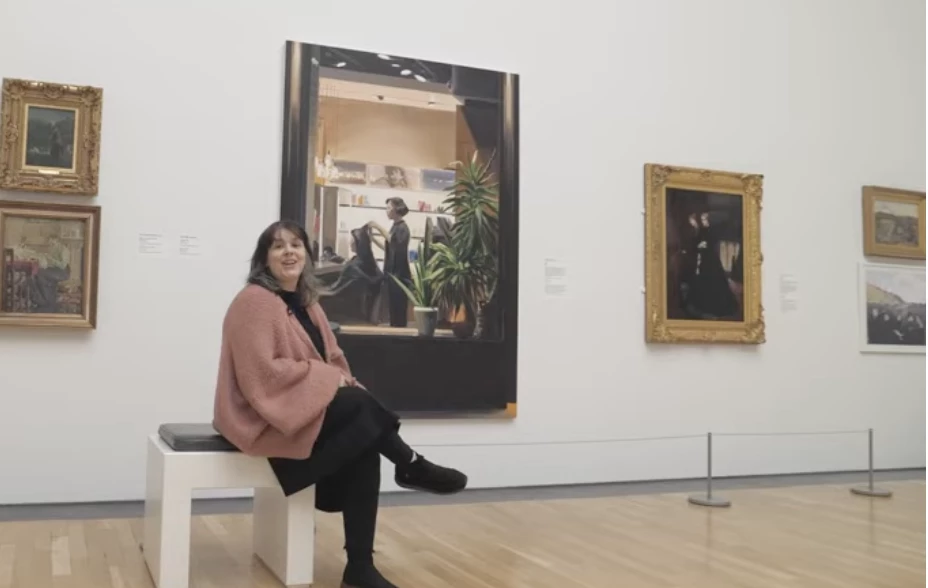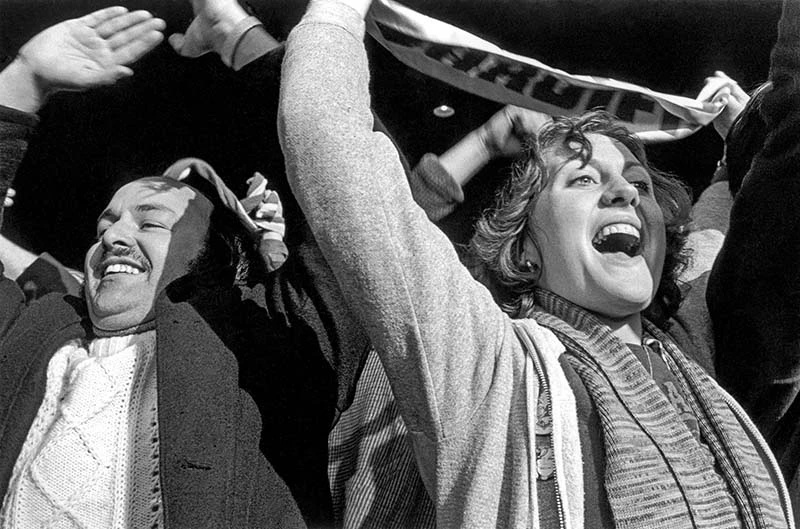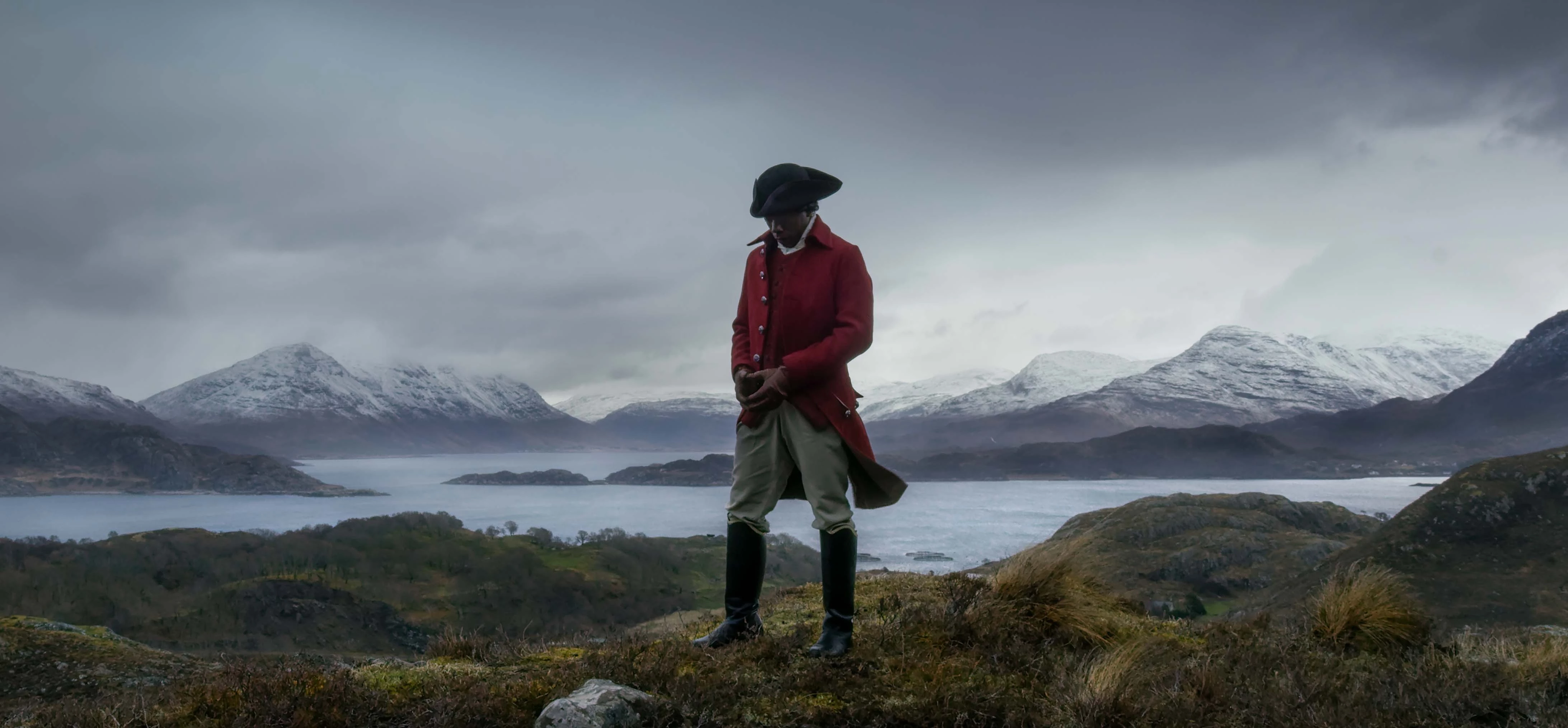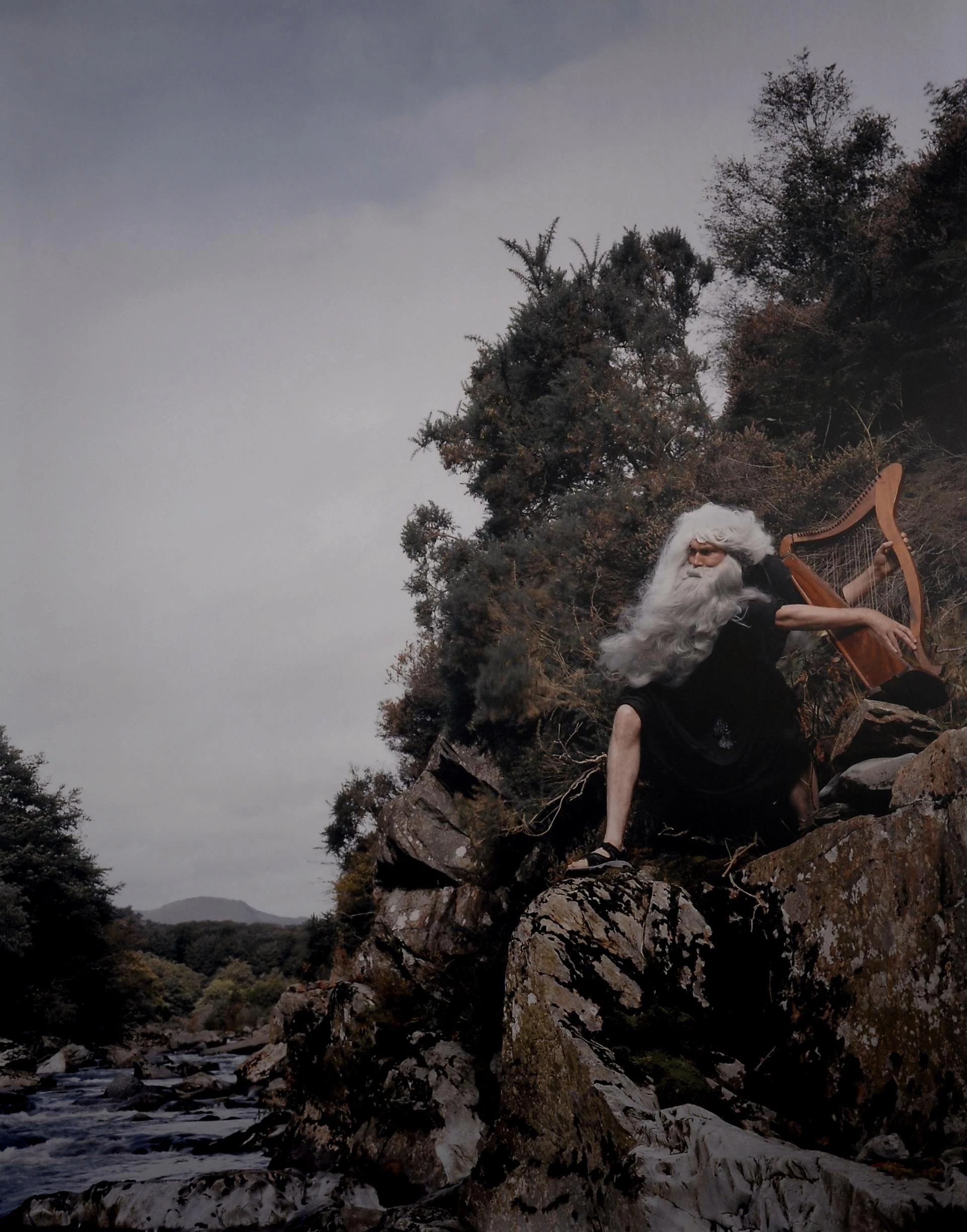One of the largest single-artist collections of work at Amgueddfa Cymru is by Ray Howard-Jones (1903-1996), the renowned Welsh woman war artist, sea painter, mosaicist, community theatre pioneer and Christian mystic. It comprises around 1,800 catalogued works. The actual number of images, however, is probably at least double that due to 95 sketchbooks, allocated only one number, containing numerous pages. Until recently it has been a little understood and largely untapped resource.
I knew the artist in her last decade while working for the museum service in Pembrokeshire in the latter half of the 1980s. I used to visit her on the coast at Marloes where she spent several months of the year living in a caravan. On four occasions I drove her, in her own vehicle, back to her home in London. Much later, some time after Ray had died and when I had more time, I became interested in researching and writing about her life and work.
Two complementary public collections in Wales have been of particular importance to researching Ray’s life and work: that at Amgueddfa Cymru – Museum Wales and the artist's large personal archive at Llyfrgell Genedlaethol Cymru – the National Library of Wales. Originally the two were bequeathed by her to the museum and accepted by the then keeper of art, David Alston. Most of the archival items were later, for convenient access, transferred to the National Library. From many periods of her life these consist of correspondence, records of letters, catalogues, exhibition papers, press cuttings, programmes, diaries, journals, writings, poems, sketchbooks, photographs and slides. Not all the museum's works by Ray were bequeathed. A few were purchased or gifted and several were acquired when the Arts Council's collection was distributed.
There were challenges in assessing the artworks. As, mostly, the works remained with Ray at her death they, inevitably, varied greatly in quality from the slightest childhood sketches to works of great complexity from her mature years. Many were unframed. The materials used also ranged considerably from the finest quality sketchbooks to, often, sophisticated paintings on pages from newspapers and magazines. When Ray was short of art materials, in a desire to keep working, she had no hesitation in using what was to hand.
Chronological overview of the collection
The museum's collection of Ray's work is a rich source of material which, given its wide chronological span, needs to be understood in a biographical context. Rose Mary Howard-Jones (soon shortened to Rosemary), Ray's birth name, was brought up in Penarth, with her brother, by her wealthy maternal grandfather. She attended the progressive London Garden School and the Slade School of Fine Art. Amgueddfa Cymru’s collection includes sketches of early family life and pets as well as holidays at Llangors Lake and Tenby. Charming illustrated childhood stories also survive as do school artworks and notebooks.
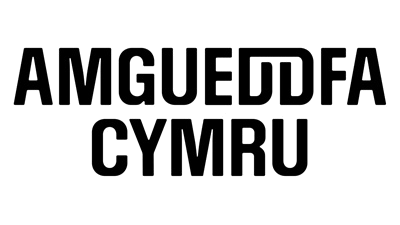
From the early 1920s at the Slade School of Fine Art are numerous life and composition studies, designs for textiles and preliminary details for an underwater-themed mural. Several wood engravings and their print-blocks have survived from Ray’s student days including one of her sister Gabrielle as a dancer, sleeping, for which she won a Slade prize. Also from this period are botanical watercolours, sketches in the Channel Islands and ink drawings of church furnishings.
Rosemary's early career was blighted by non-pulmonary tuberculosis, a life-threatening operation and years of recovery back in Penarth. Only in 1935 did she adopt the professional name 'Ray' and launch her career as an artist in London. She worked as an illustrator at the National Museum in the 1930s where she befriended notable archaeologists including William F. Grimes who, obligingly, posed for a life study as did his family. During this period she became artistic director of the East Moors Players in Splott in Cardiff and several of her costume designs are in the collection.

Ray made a significant contribution to recording the impact of the Second World War in south Wales. The War Artists' Advisory Committee acquired many of her paintings, including several of preparations on merchant shipping for D-day, and it commissioned her to record the heavily fortified Bristol Channel islands of Flat Holm and Steep Holm. At Amgueddfa Cymru are many sketchbook drawings of gun emplacements, military activities with boats and personnel on these islands. A significant wartime gouache, Flat Holm, Western Approaches, depicting the lighthouse and a gun emplacement on Flat Holm, was presented to the museum by the Contemporary Art Society for Wales. Other gouaches include Balloon Station, Windy Weather, showing a barrage balloon and its attendant team behind Llandough Hospital, and an intriguing portrait, WAAF Tester, Air Crew Selection Board, of a woman in uniform surrounded by model aeroplanes.
After the war, in need of respite, Ray was awarded a place at the post-graduate art school at Hospitalfield in Arbroath in 1946 to develop her work with the warden James Cowie. There are in Amgueddfa Cymru's collection watercolour and gouache sketches of nearby Scottish landscapes.

In the late 1940s she settled in London and met Raymond Moore, a mature graduate from the Royal College of Art, with whom she would live for two decades. During their time together Raymond developed from a painter into a distinguished photographer. Through the 1950s they regularly spent summers on the Pembrokeshire island of Skomer followed by seasons on the nearby mainland coast in the 1960s. At this time she had five successful and influential solo exhibitions at the Leicester Galleries in London. She also designed two major mosaics in Cardiff and Edinburgh. The design for the former, a three-storey mural on the old Western Mail building, sadly demolished in 2008, is in the museum's collection together with alternative designs. Ray split with Moore in 1970 and the collection includes some drawings, lithographs and photographs by him. Ray continued to visit Marloes until she was quite elderly and she became increasingly celebrated in Wales.
The spirituality of Pembrokeshire's wild coast
One of the prevailing themes in the collection are studies of the Pembrokeshire coast, particularly of Skomer and, notably, around the mainland coast of Marloes. There are large numbers of studies of the ever-changing visual relationship between the structure of rocks, the sea and sky affected by seasons, times of day, tides, light and weather. Many of these were made in Renney Slip, a bay to the south of the Deerpark, which could only be reached by a treacherous path down two-hundred-foot cliffs. During the 1960s these works became more abstract and displayed an often dazzling variety of combinations of colours, shapes and textures derived from close observation of the coast between the Deerpark, overlooking Skomer, and Marloes Sands. Rockpools were often a source of inspiration. The majority are graphite drawings, chalks, watercolours and gouaches but there are also oils, mixed-media collages, charcoal and crayon drawings and, particularly later in life, pastels. Her rocks often have a surreal quality, being anthropomorphised and attributed names such as The Brother. Ray also gave bays personal names, notably Easter Bay. From Skomer are images of the farmhouse with horses and, at Marloes, the cottage which, for many years, she used as a studio. There are remarkable sketches of seals, woodmice, rabbits, gannets, shearwaters, hermit crabs, starfish and butterflies.
Ray's later work is often characterised by a more contrasting and vibrant use of colour and a strong sense of mysticism. Ray had a profound Christian faith and much of her work was driven by a need to bring her closer, through a deeper understanding of the natural world, to God. Her faith was reinforced by exposure to the wildness of the Pembrokeshire coast. A particular rock which she repeatedly drew was a triangular one in Renney Slip that she named Te Deum, an abbreviation of Te Deum Laudamas, a Latin hymn in praise of God. She became an oblate of the Benedictines at Nashdom Abbey in Buckinghamshire, painted decorated crosses on bookmarks, sketched churches and produced unexecuted designs for altarpieces.
Only an overview of the collection has been possible as it covers much wider ground with studies of other landscapes and historic sites in west Wales as well as Gower and mid-Wales. London features less frequently, highlighting Ray's Welsh focus. Her travels abroad include Alderney, Tuscany, Cyprus, the United States and Portugal. Portrait sketches may be found of her niece Nicola, her friends Professor Mary Williams and the painter-poet David Jones, as well as the pianist Alberto Portugheis.
The Ray Howard-Jones collection is a significant resource and, the wider context having been comprehensively researched and new information added to museum records, its considerable educational and interpretive potential may now be realised.
David Moore has worked in, and with, Welsh museums and galleries, since 1985. He was a museums officer with Pembrokeshire Museums and, in 1992, became curator of Brecknock Museum where he built up the art collection and established the art gallery with an extensive programme of exhibitions featuring Welsh artists. Since 2004 he has worked independently, curating exhibitions and writing about modern art, artist groups and public art collections in Wales under the Crooked Window imprint. Graffeg published his Art for Wales: The Legacy of Derek Williams in 2020 and Bird Eye Books his biography, Ray Howard-Jones: My Hand is the Voice of the Sea, in 2023.

